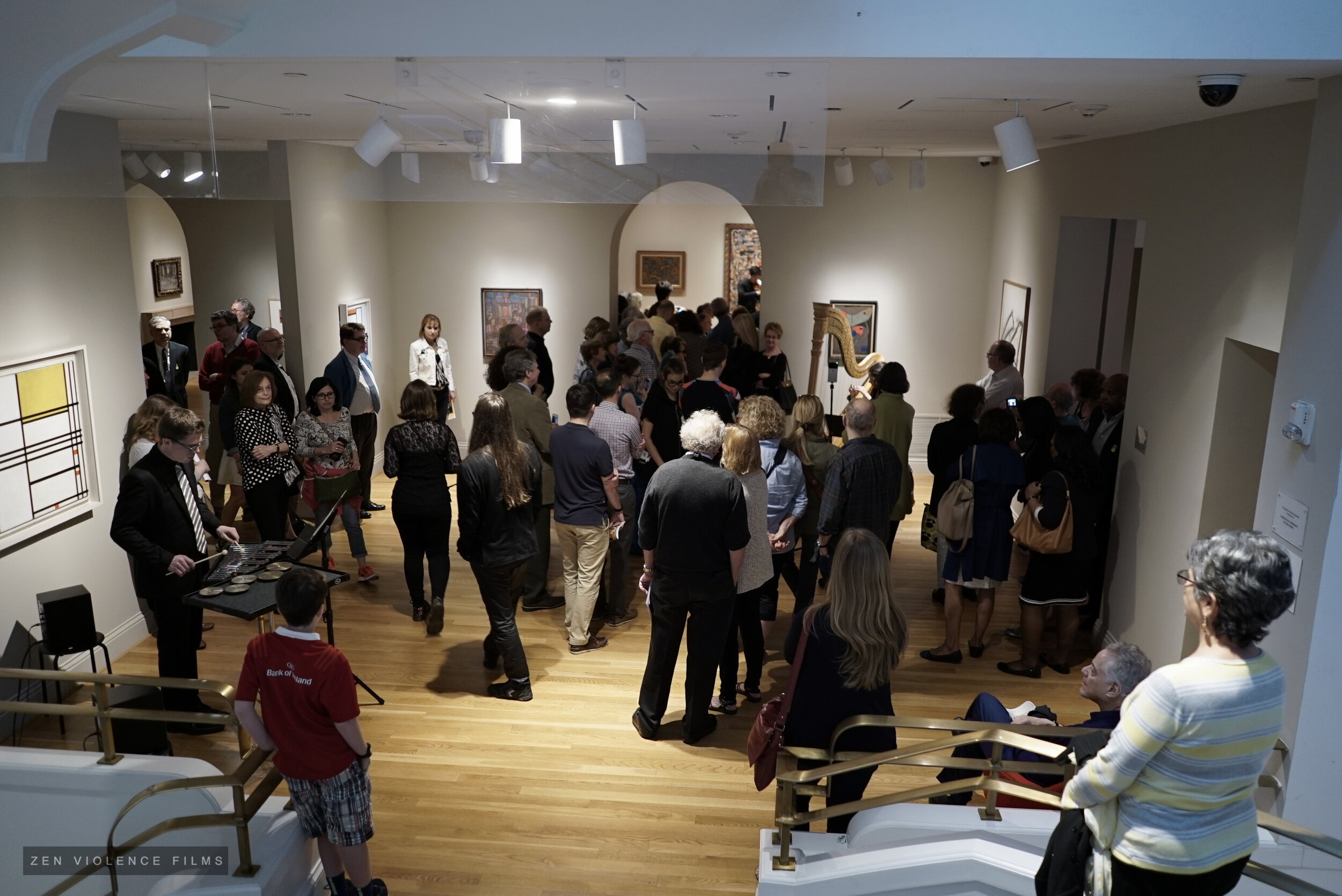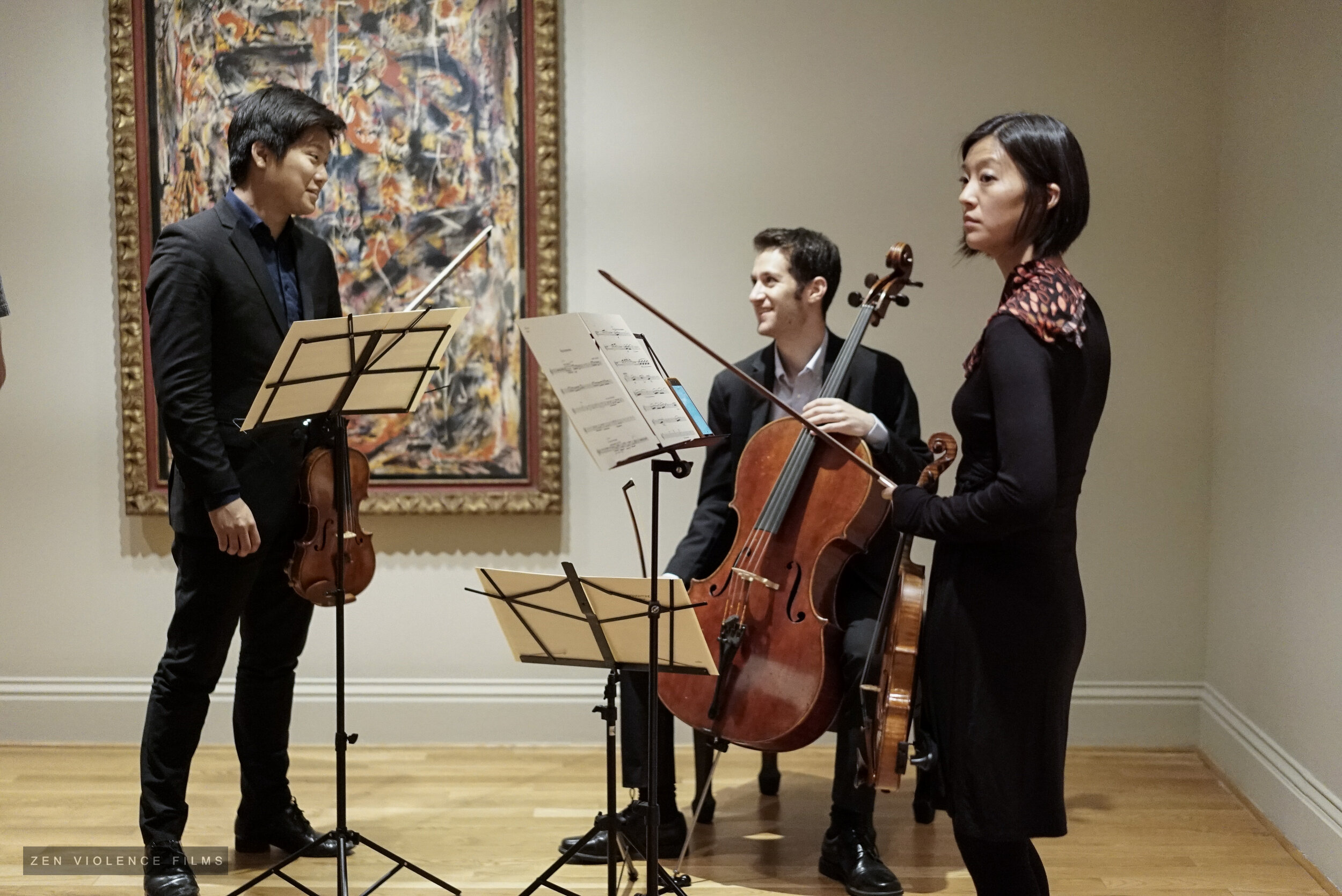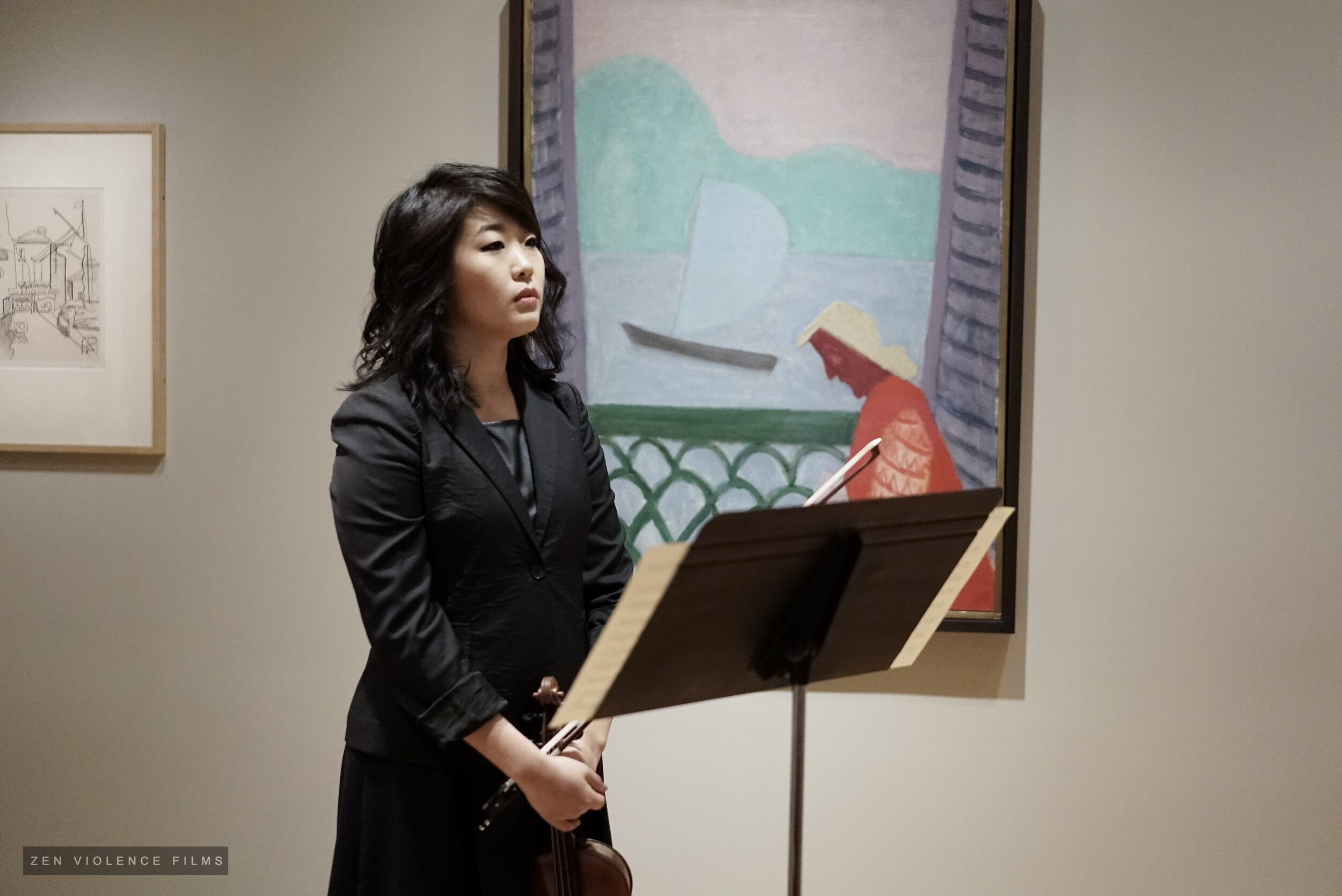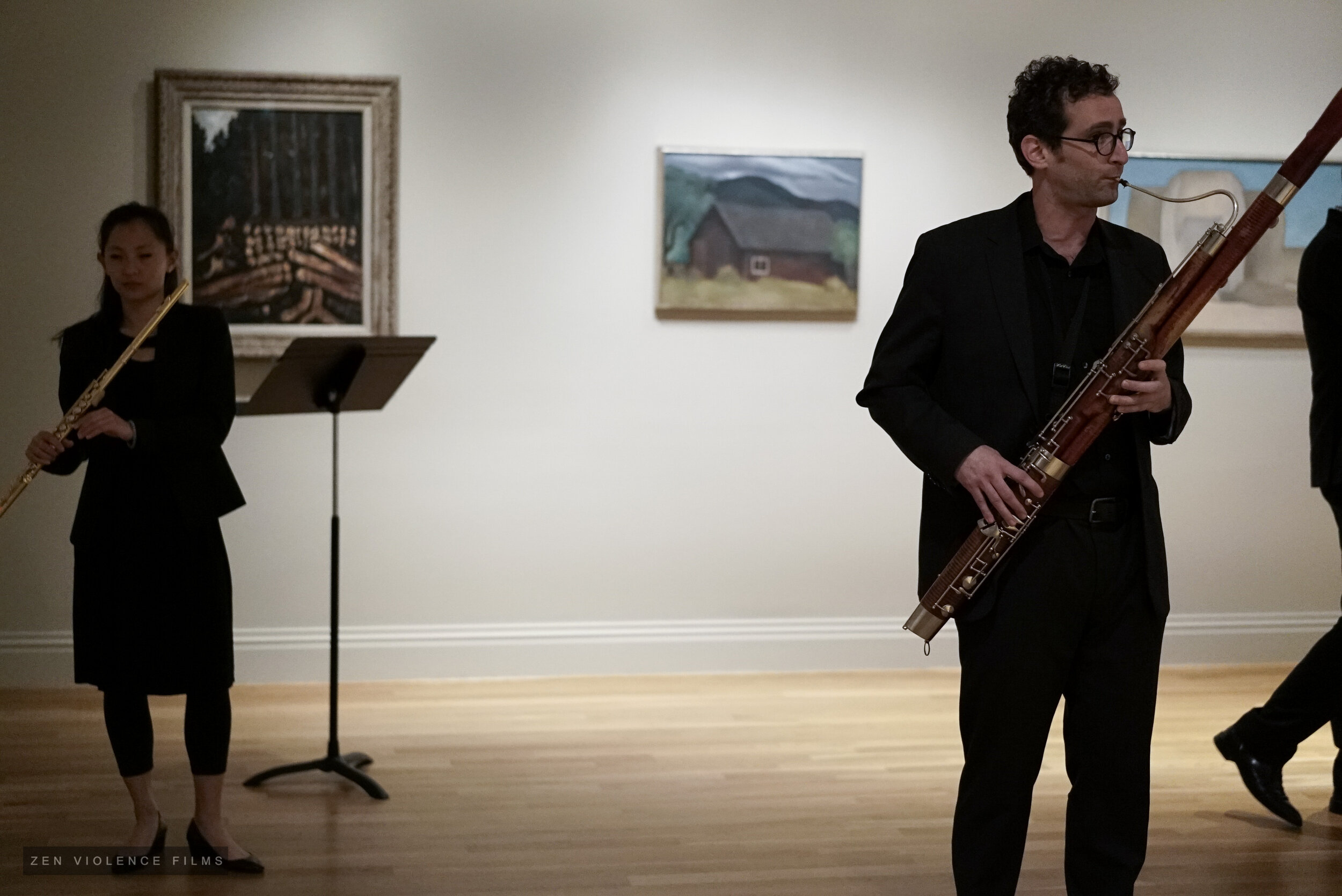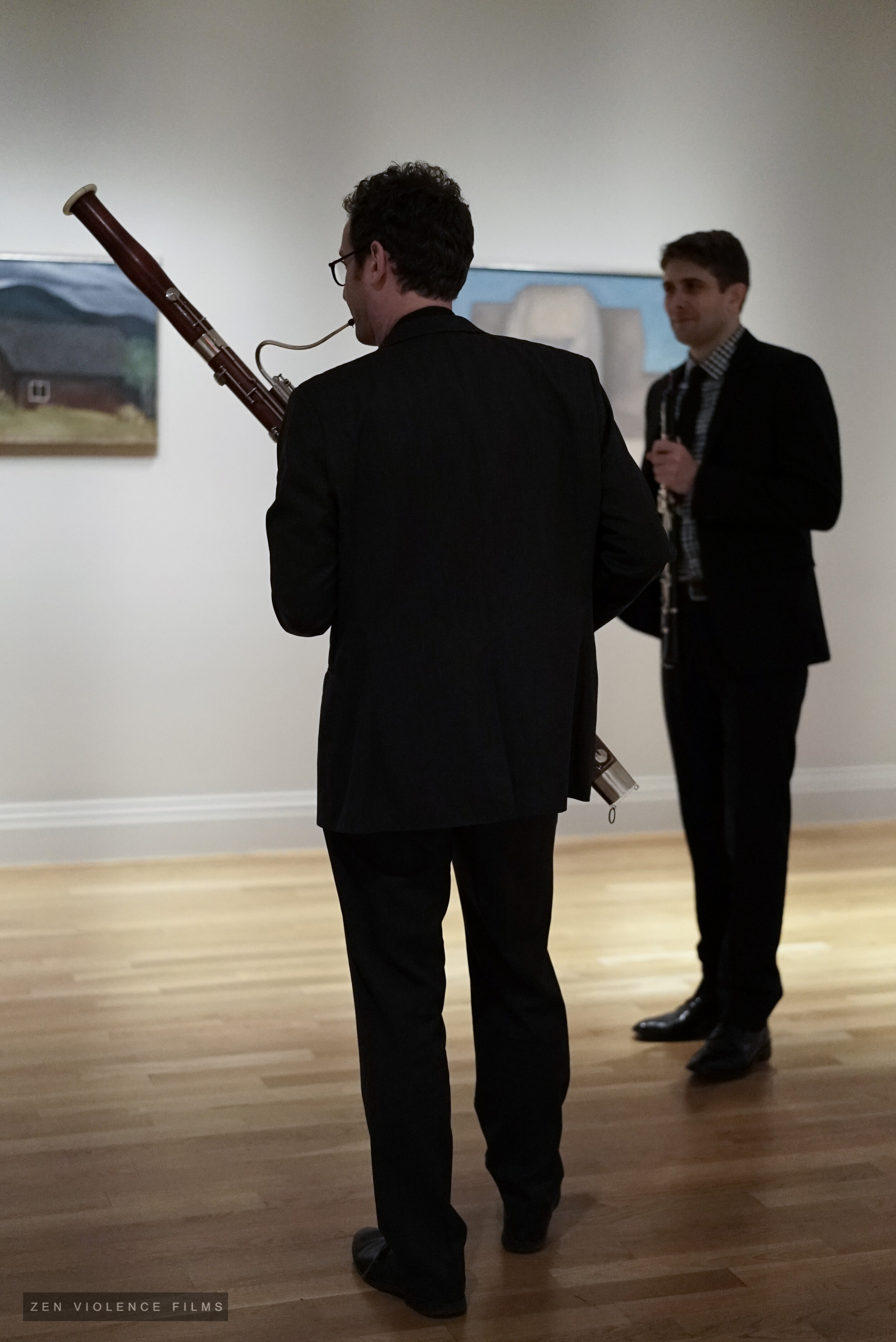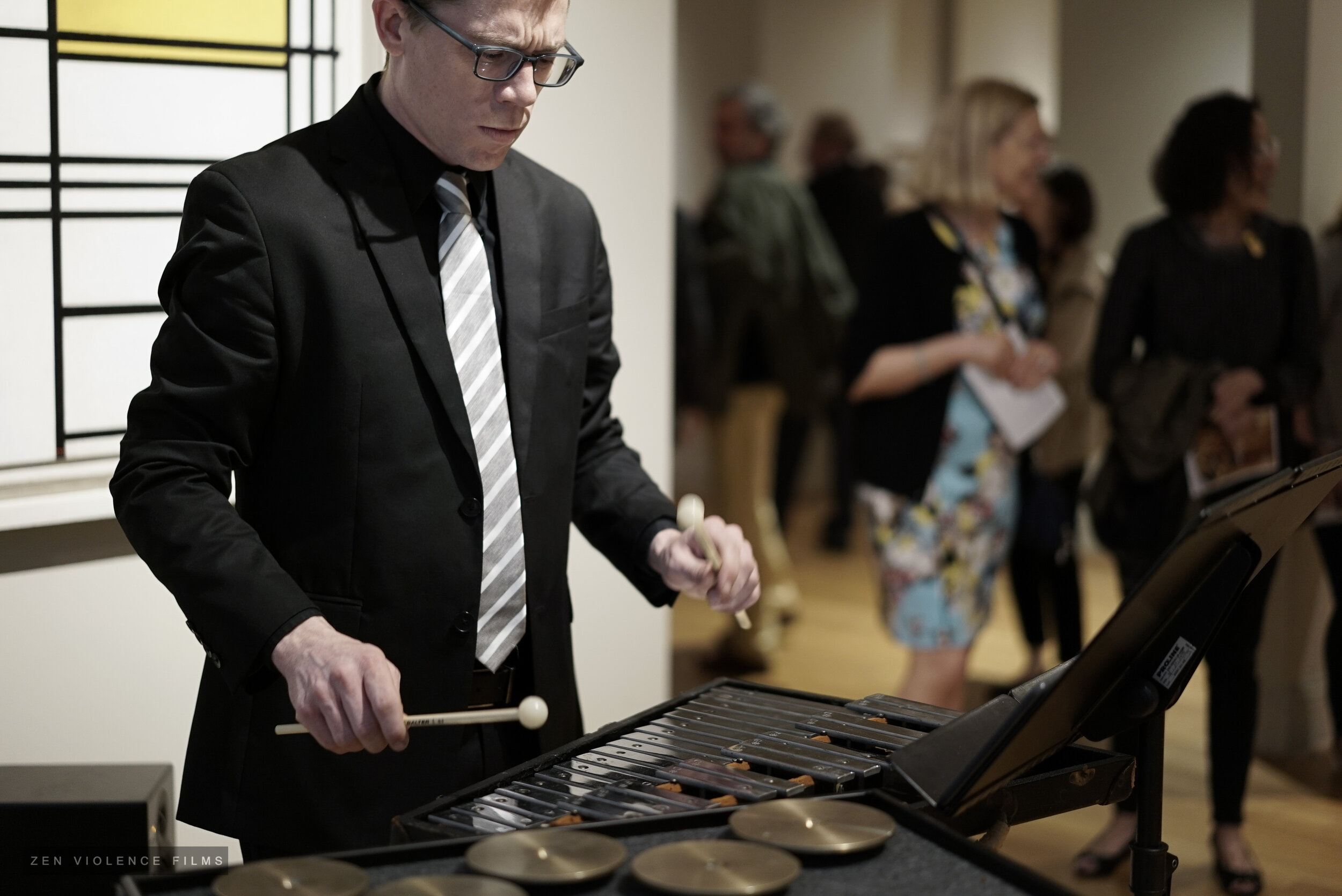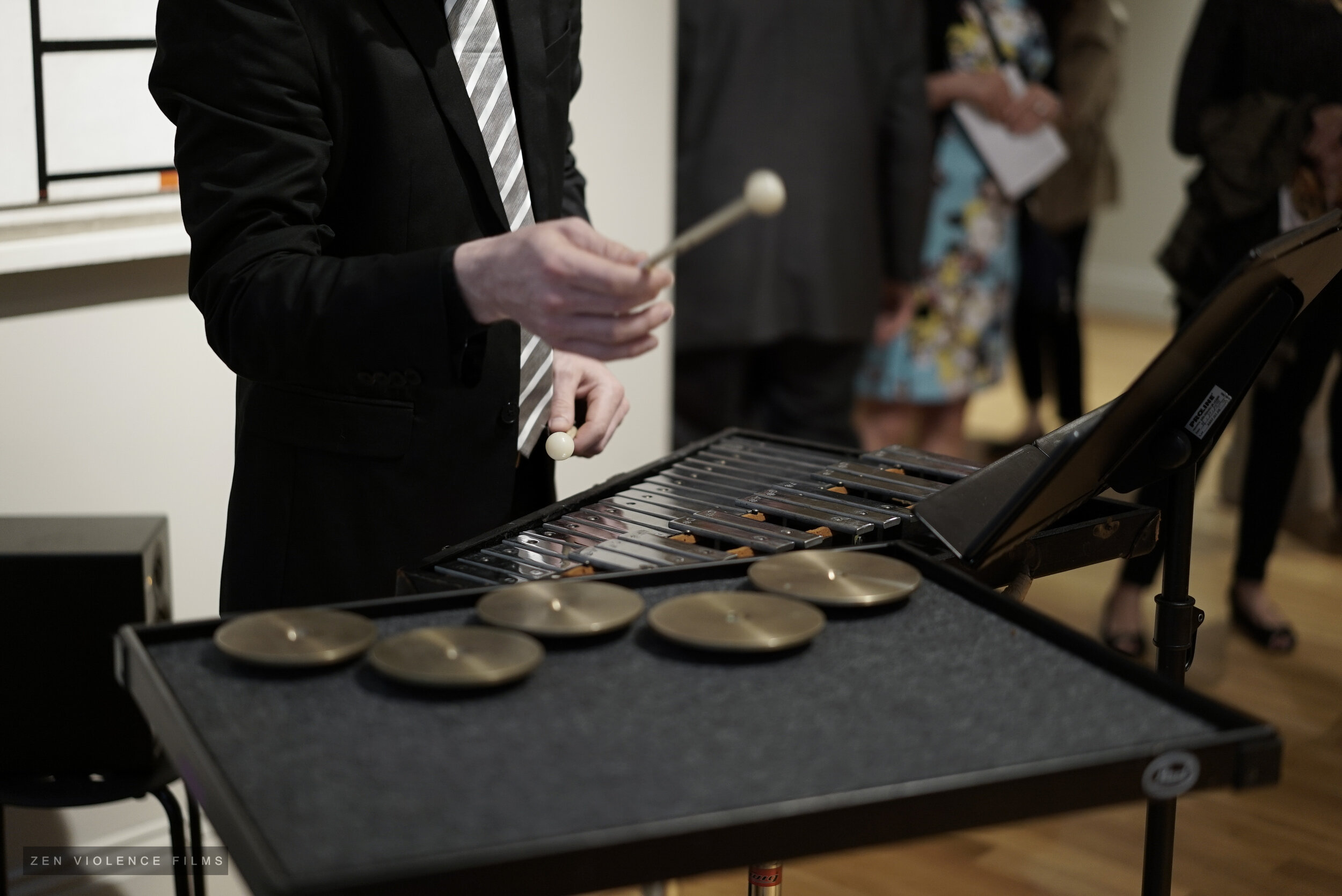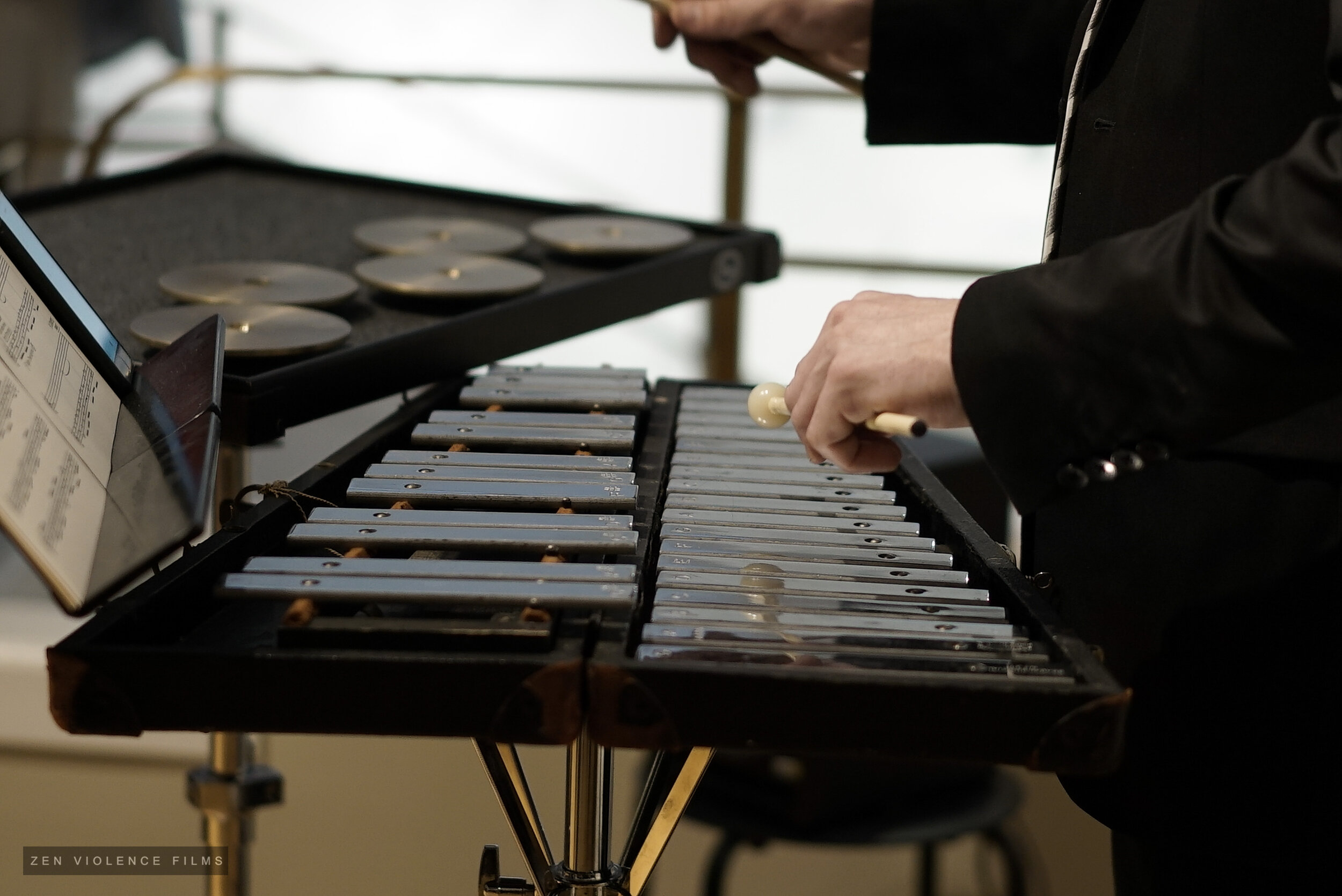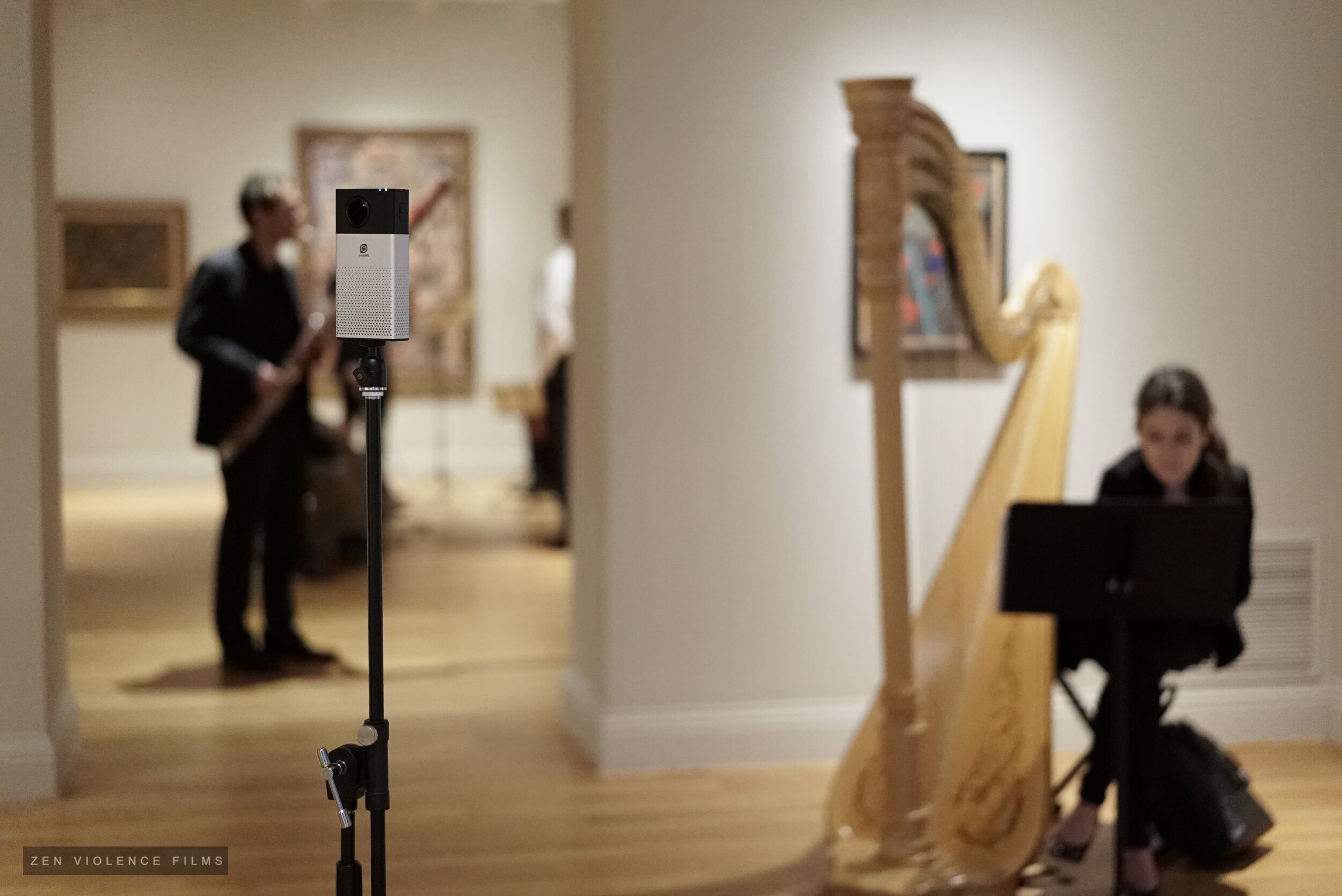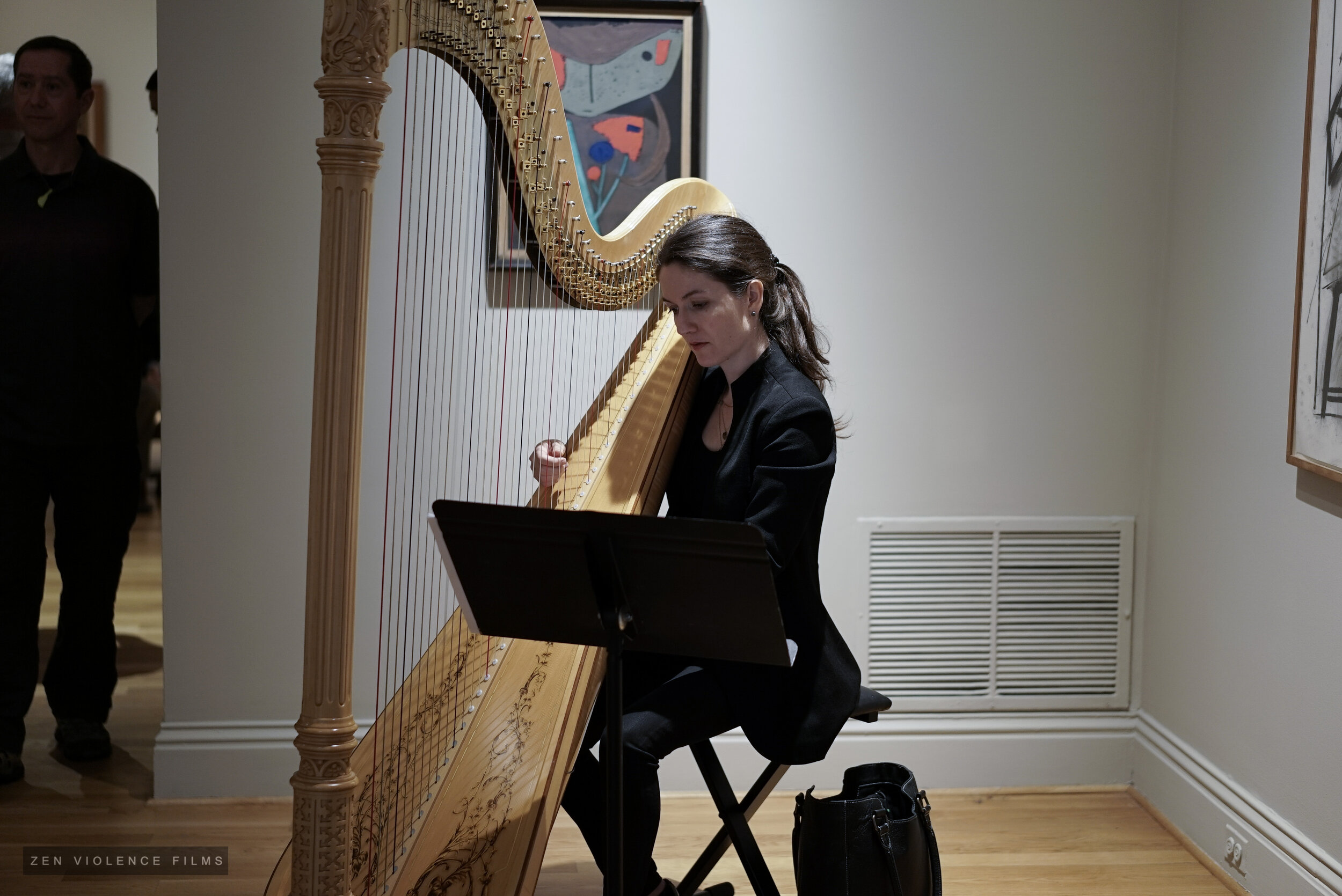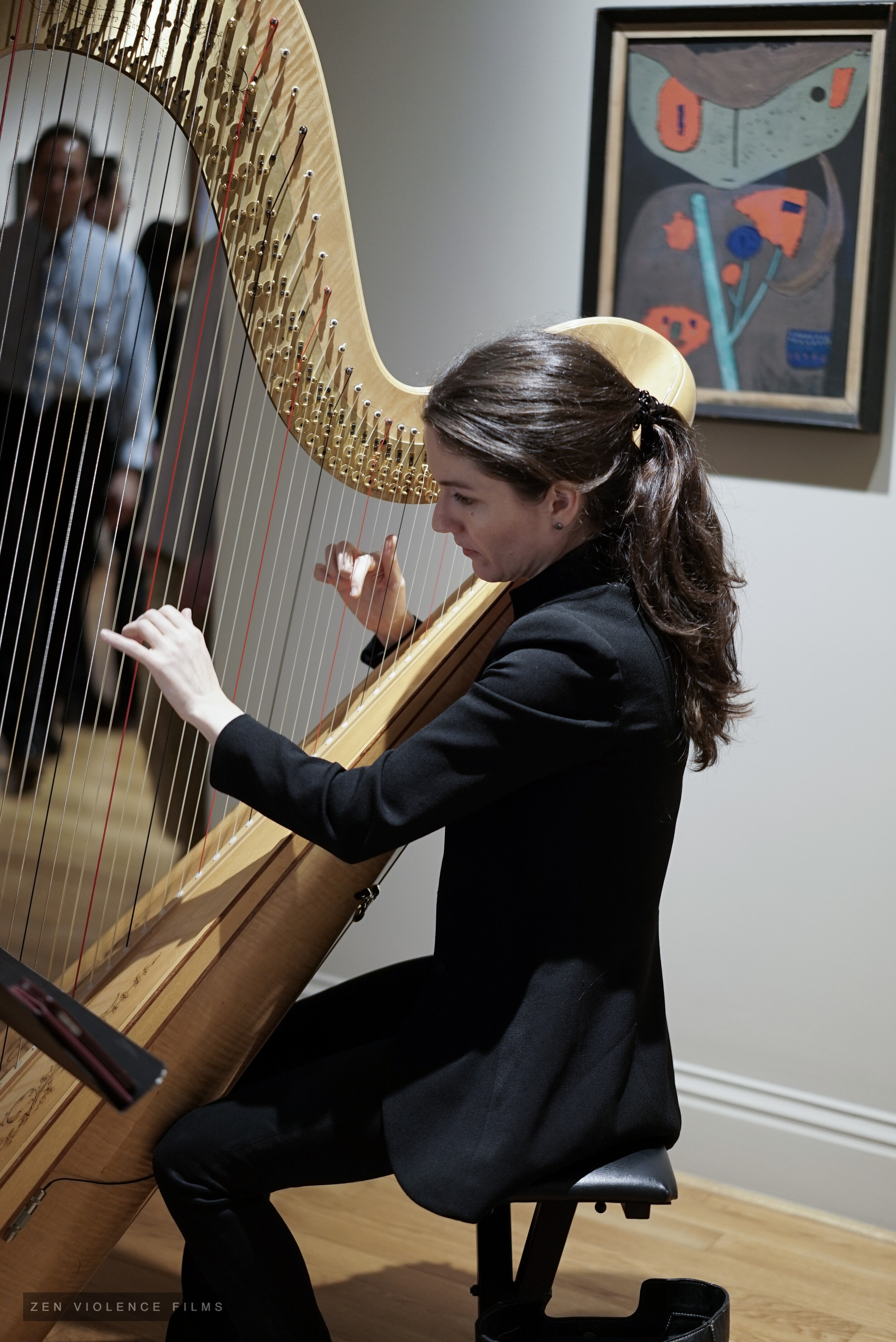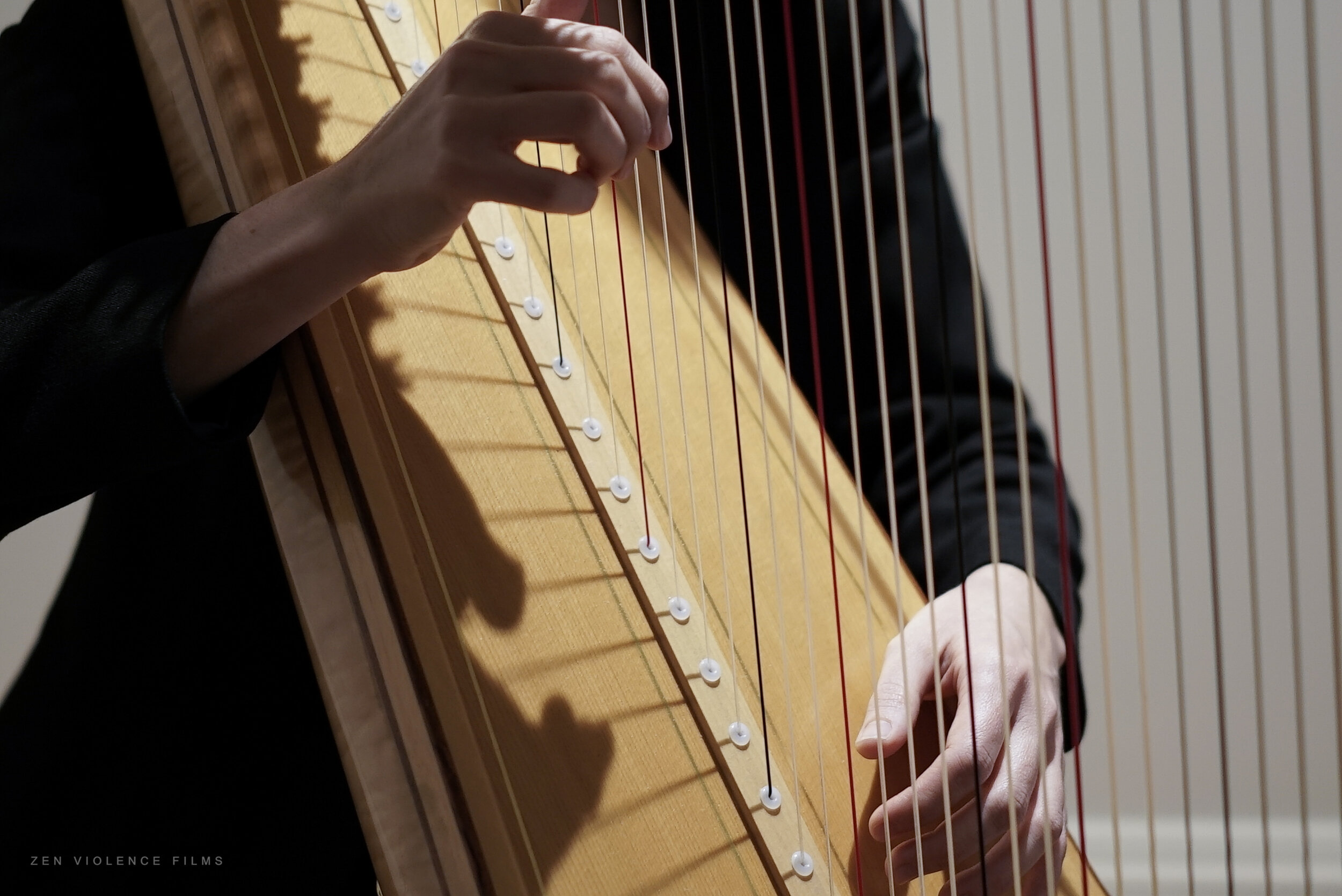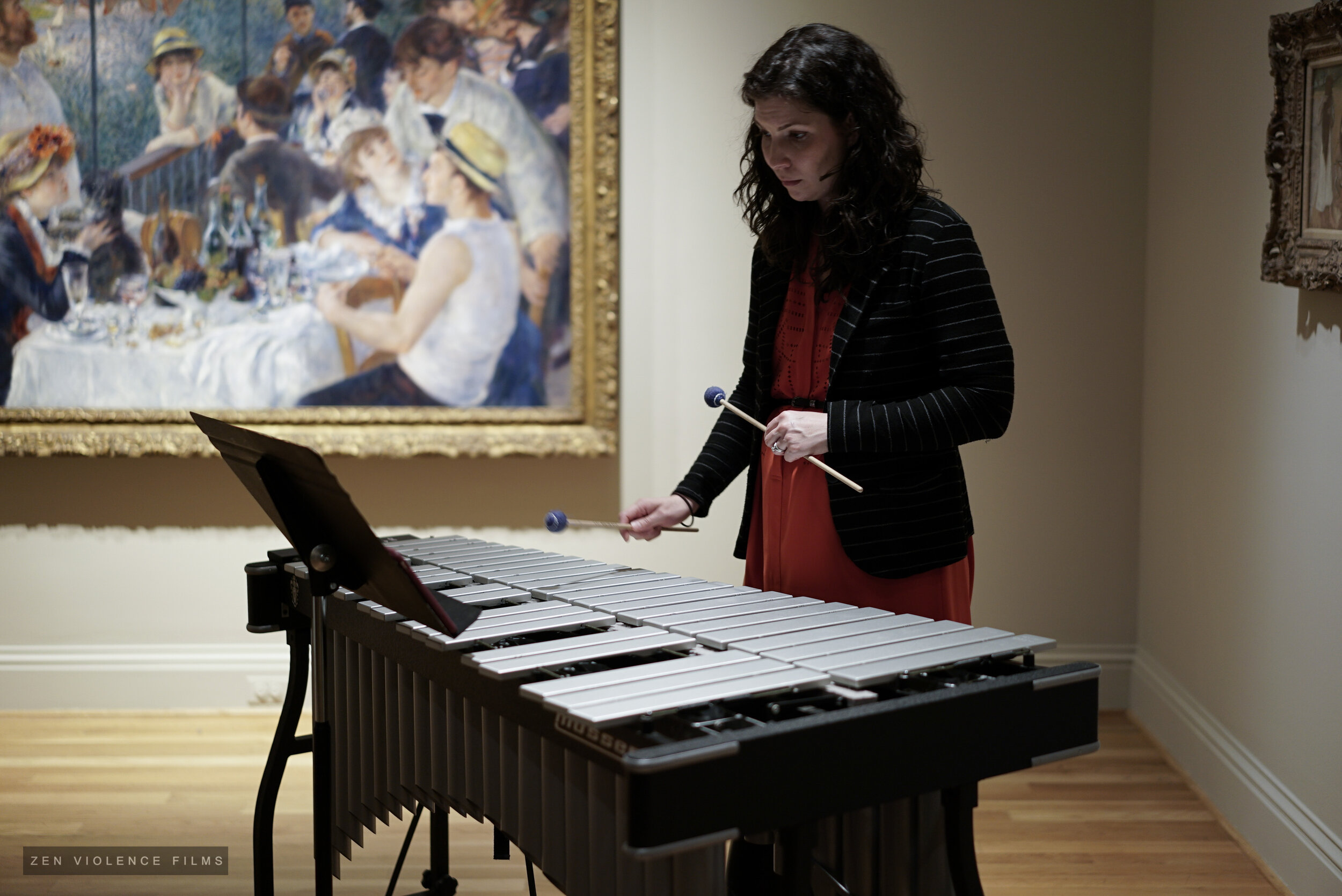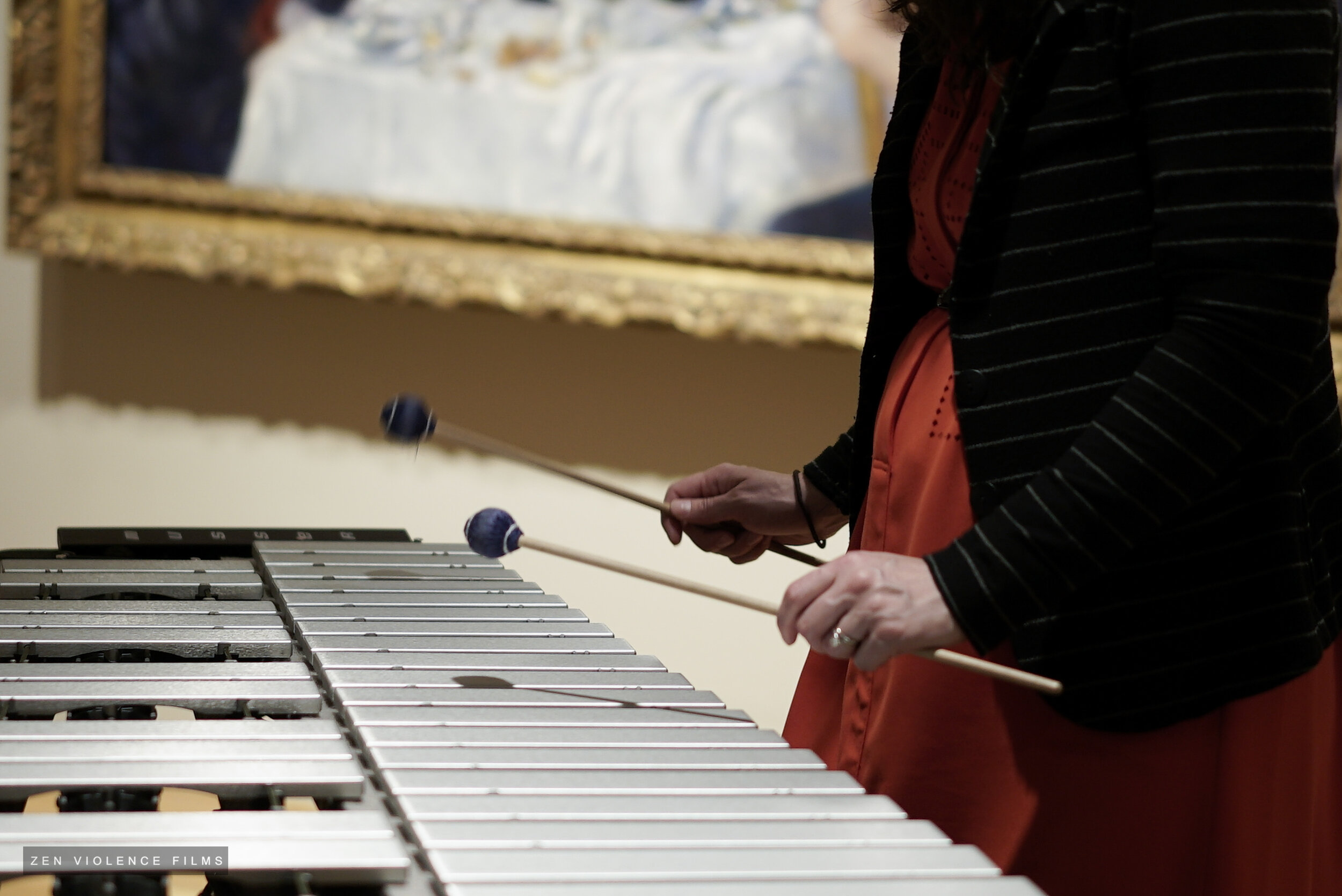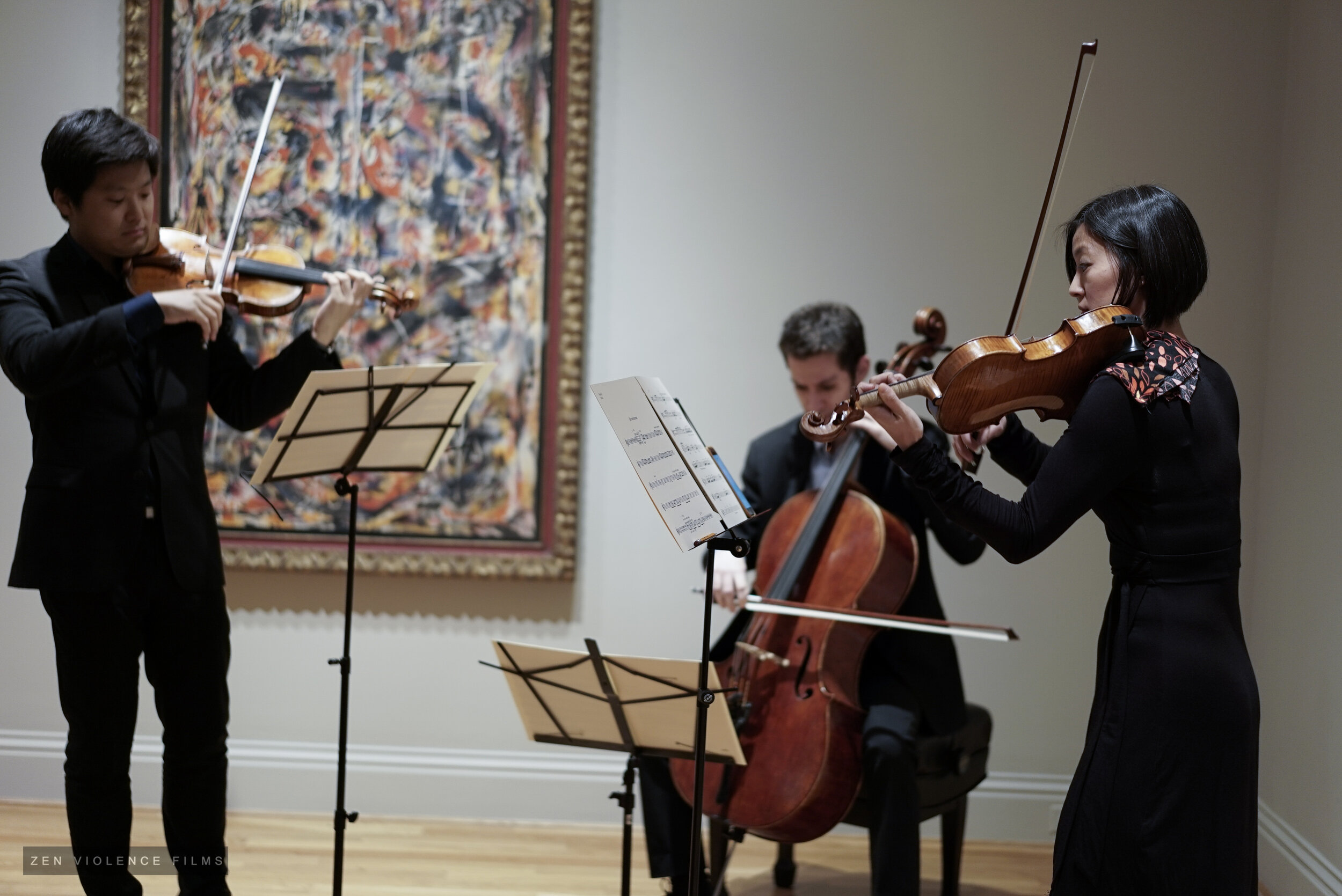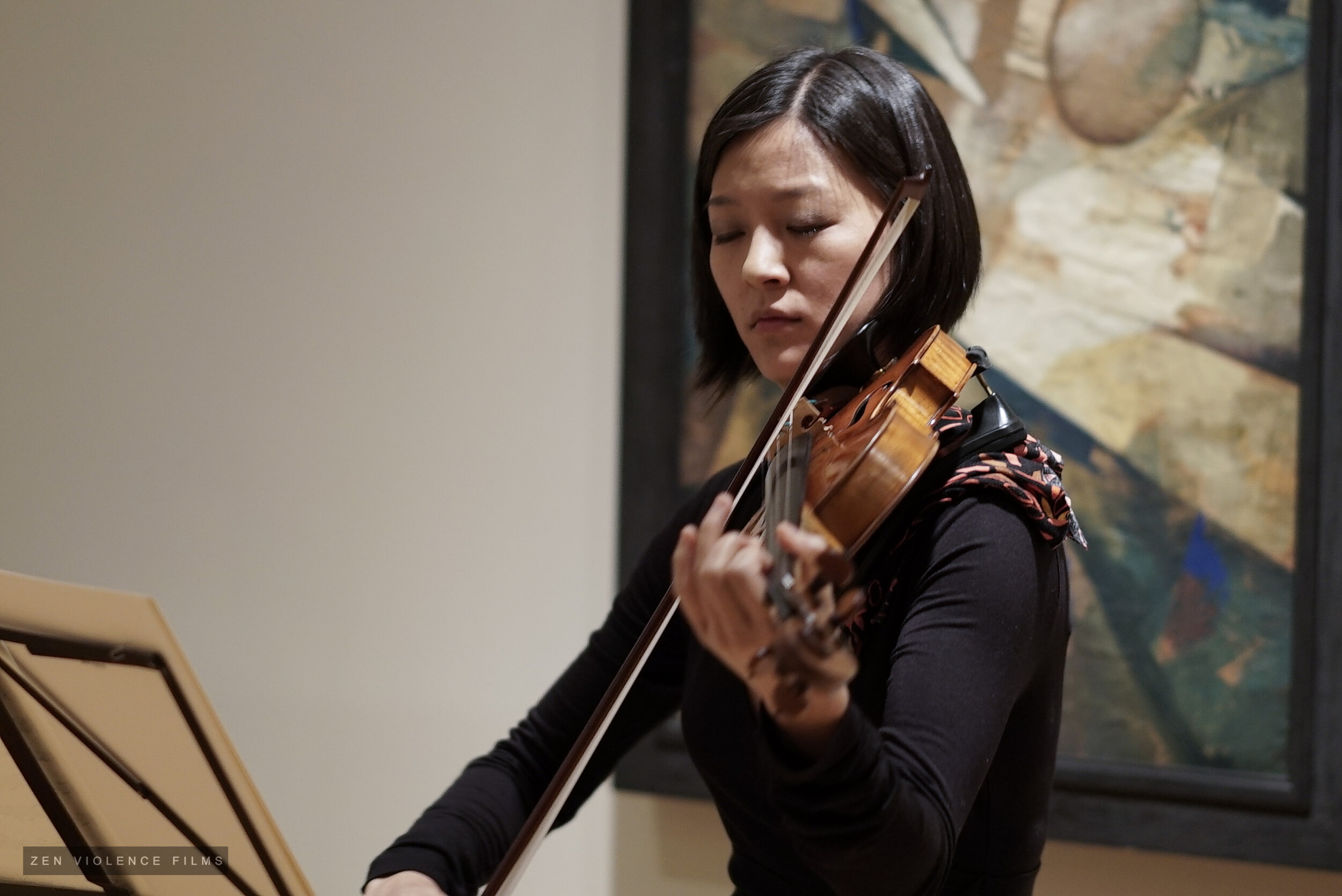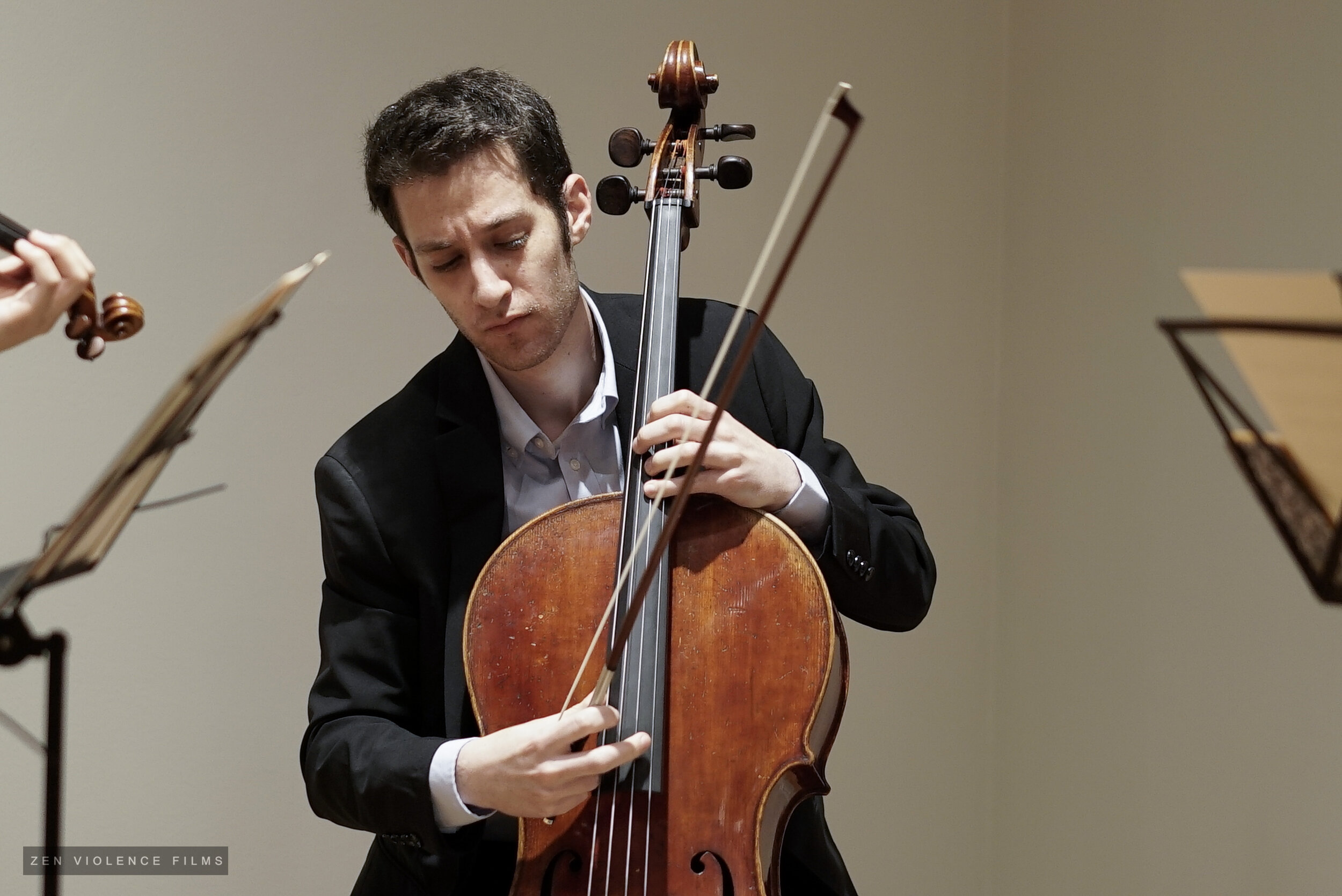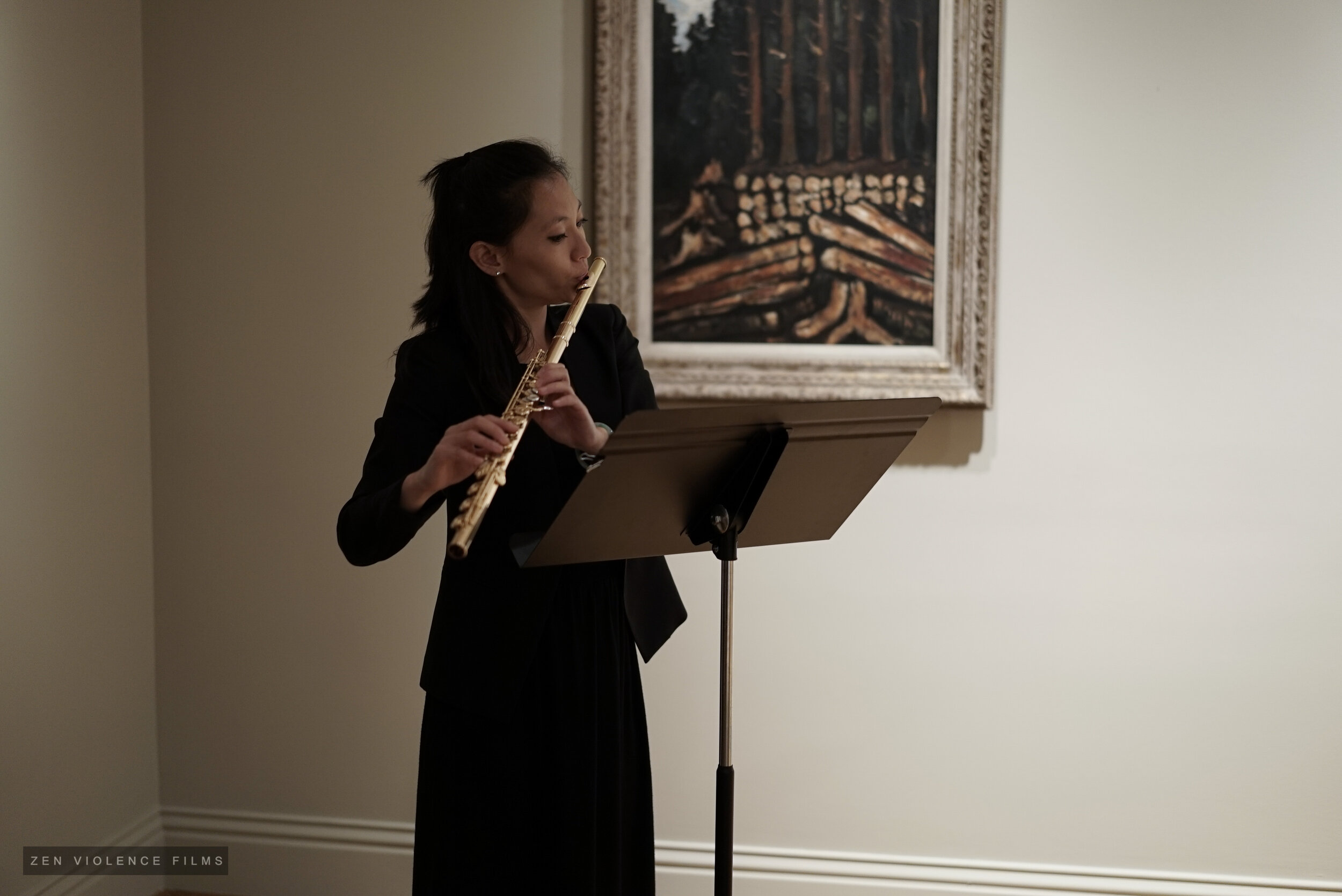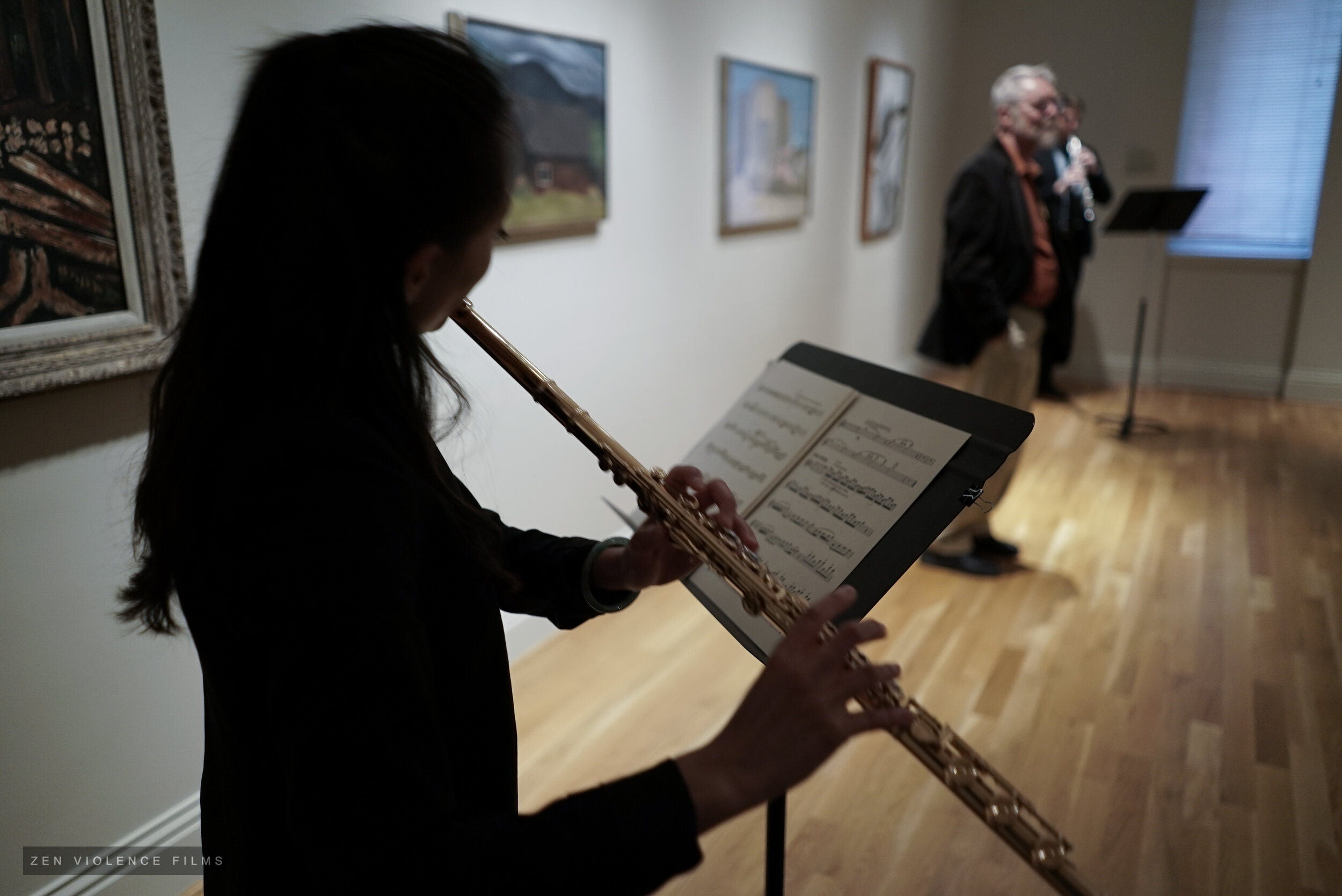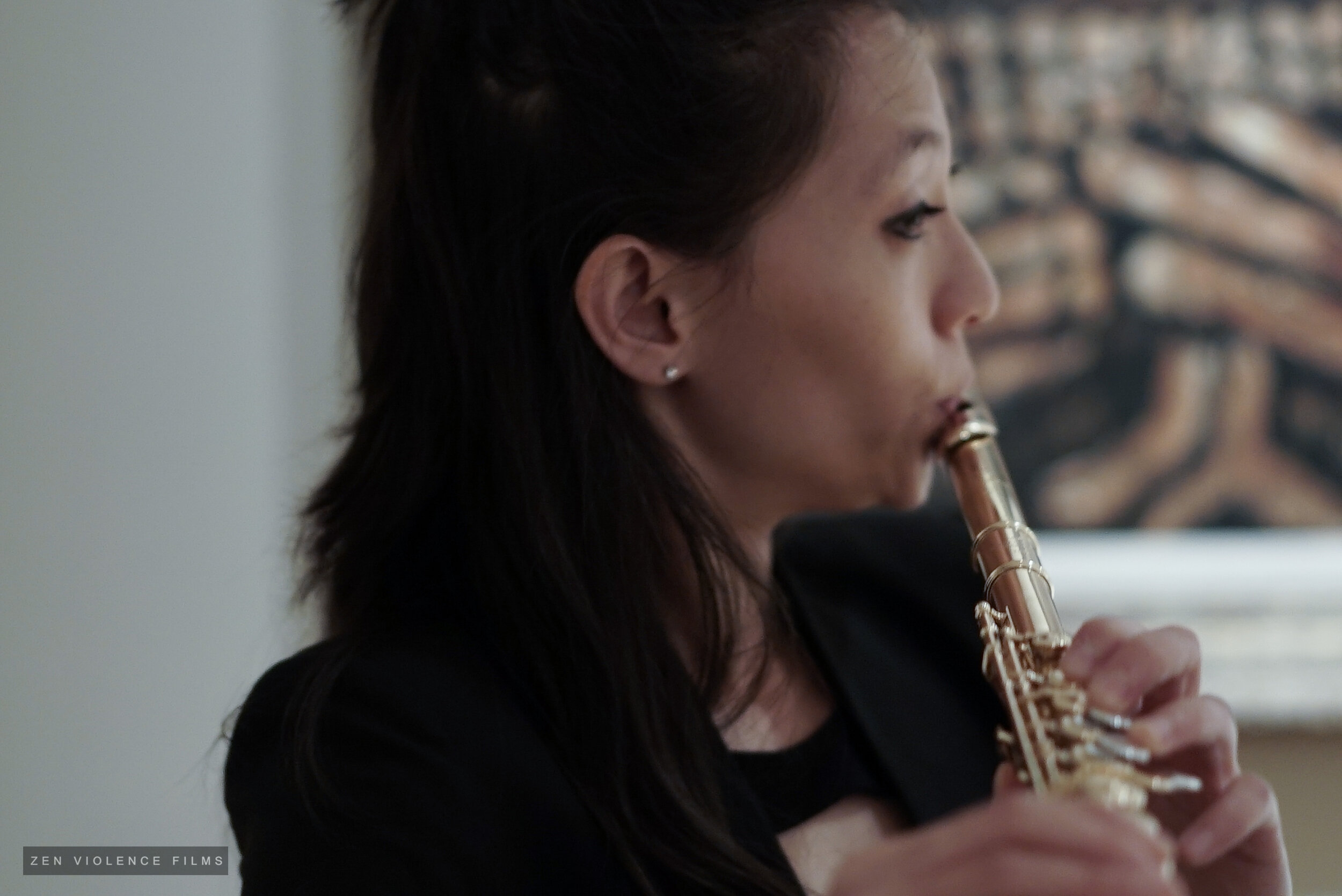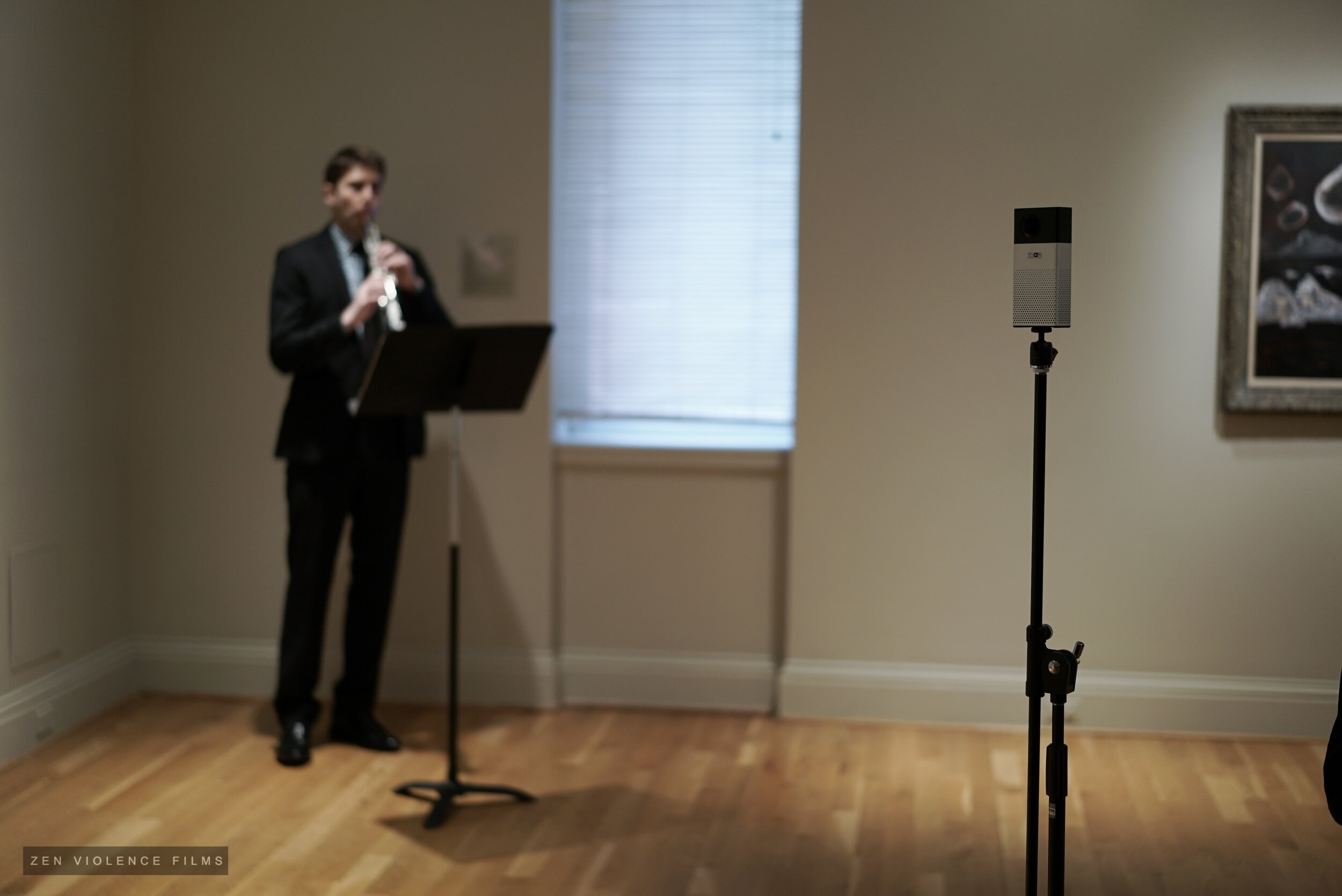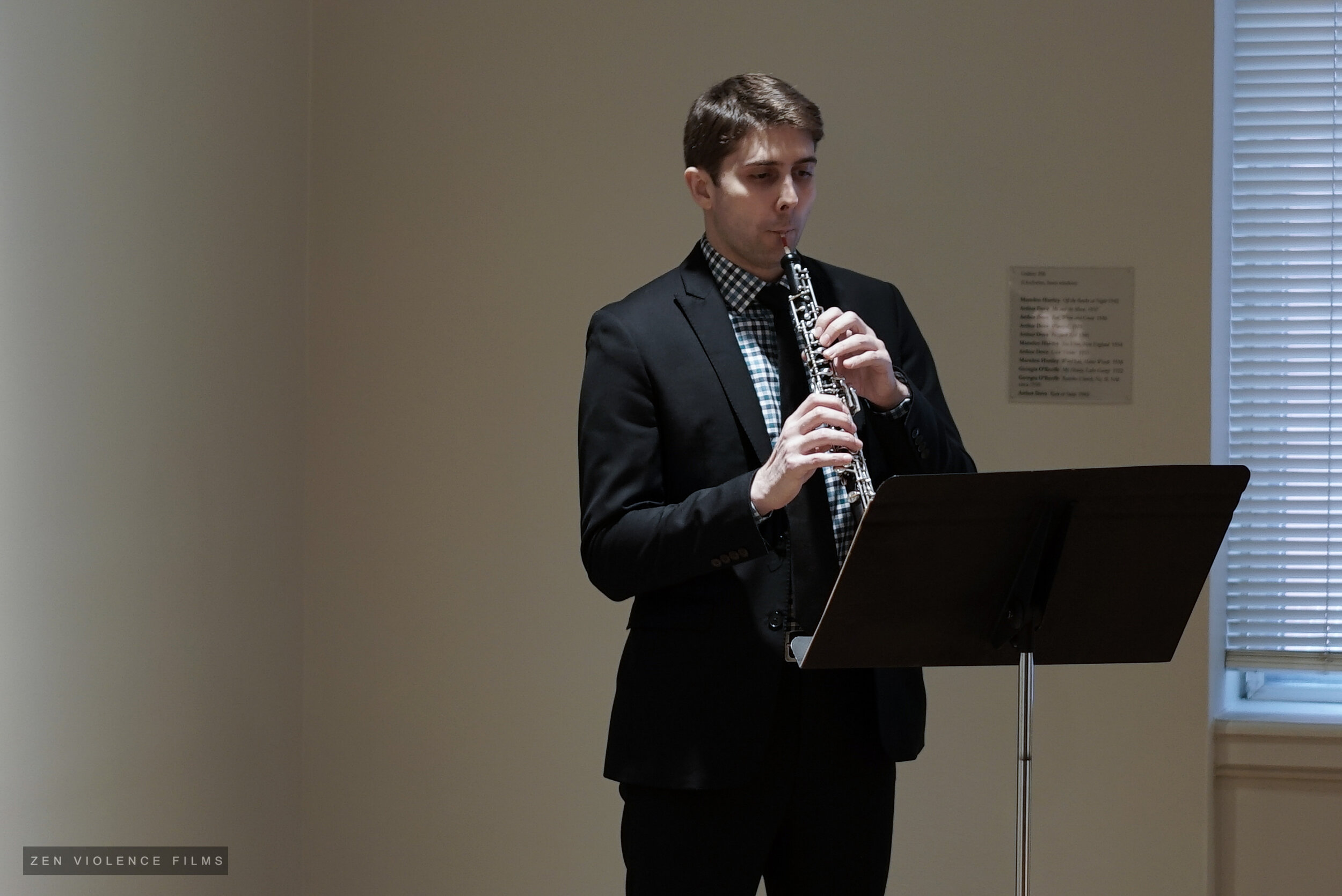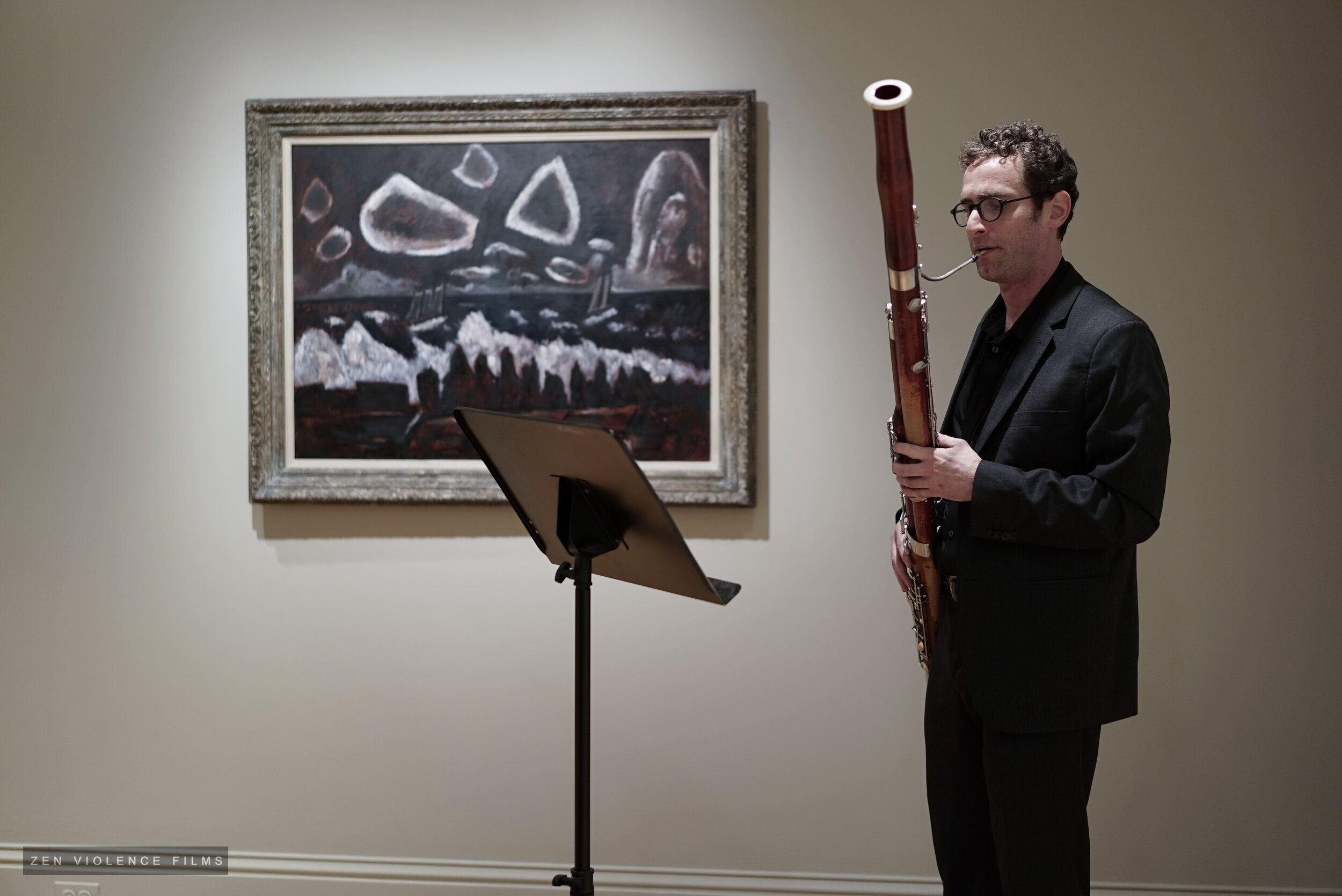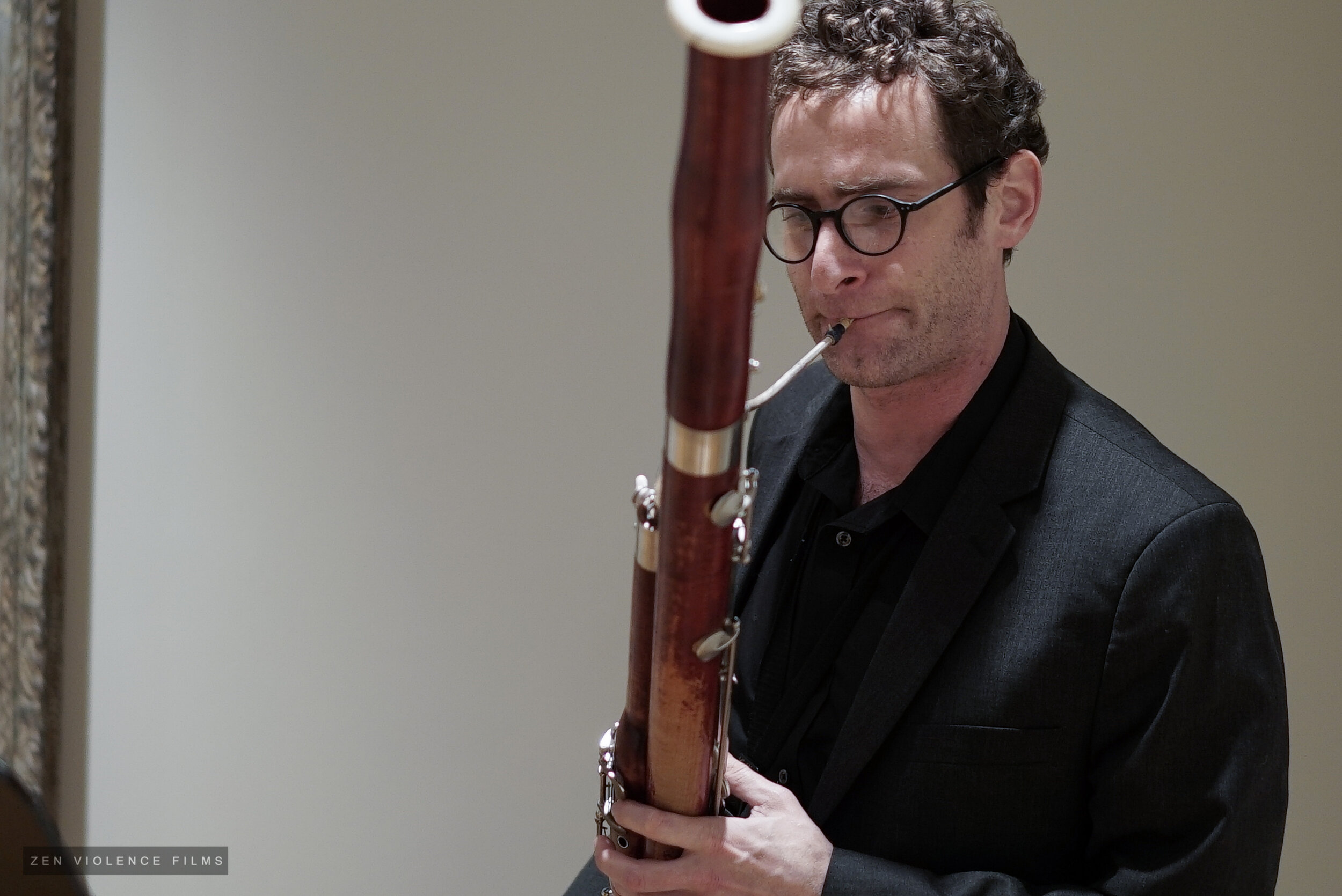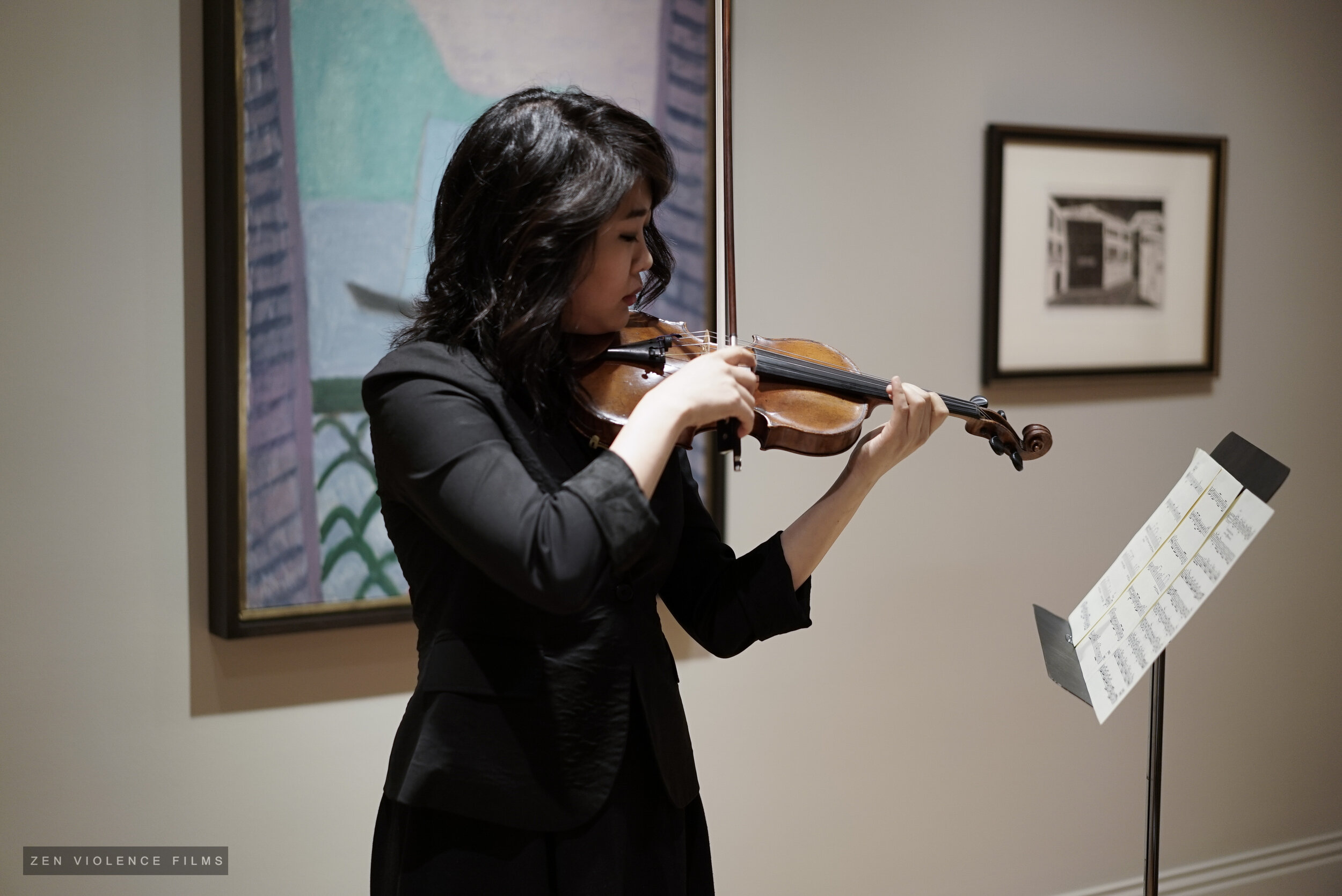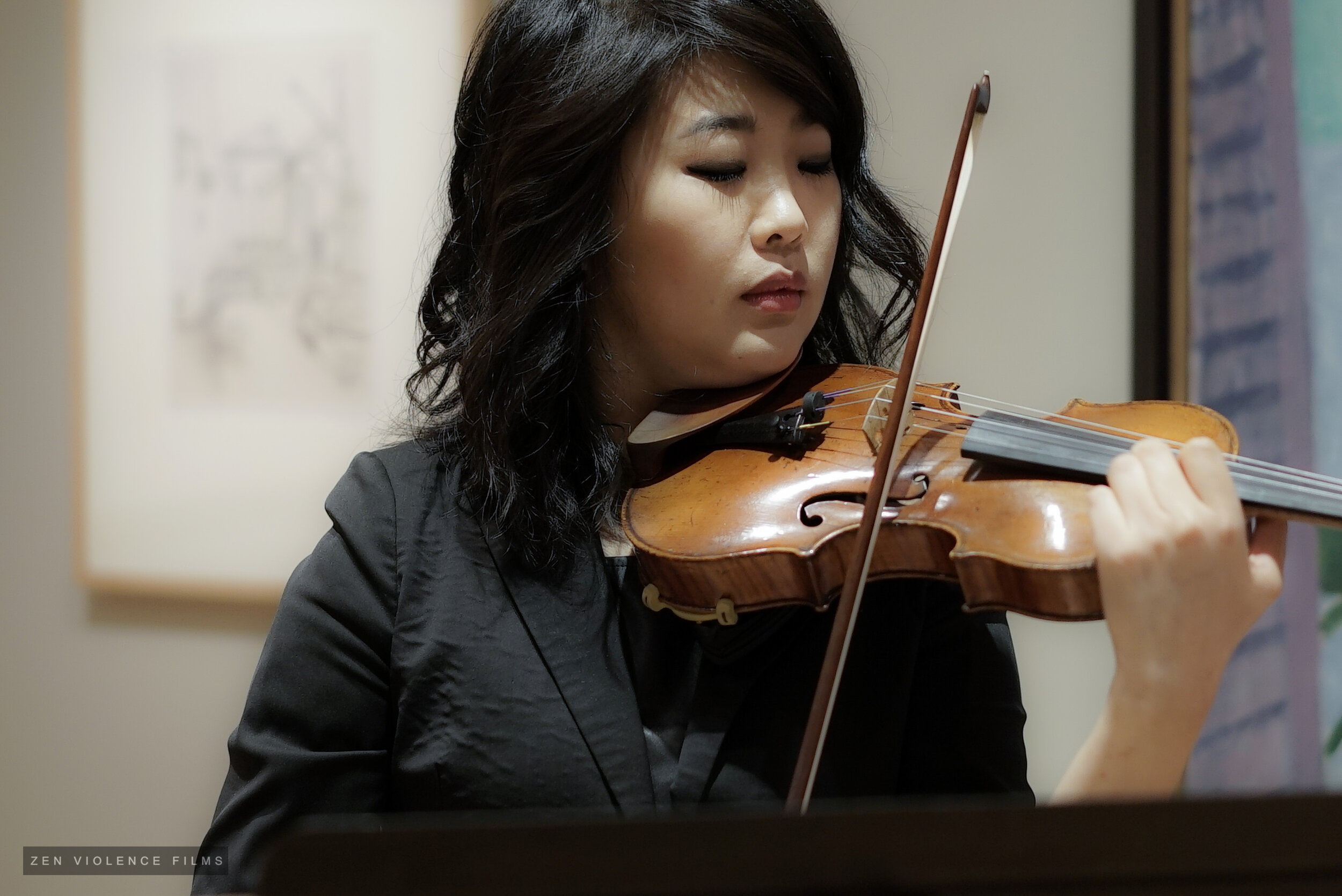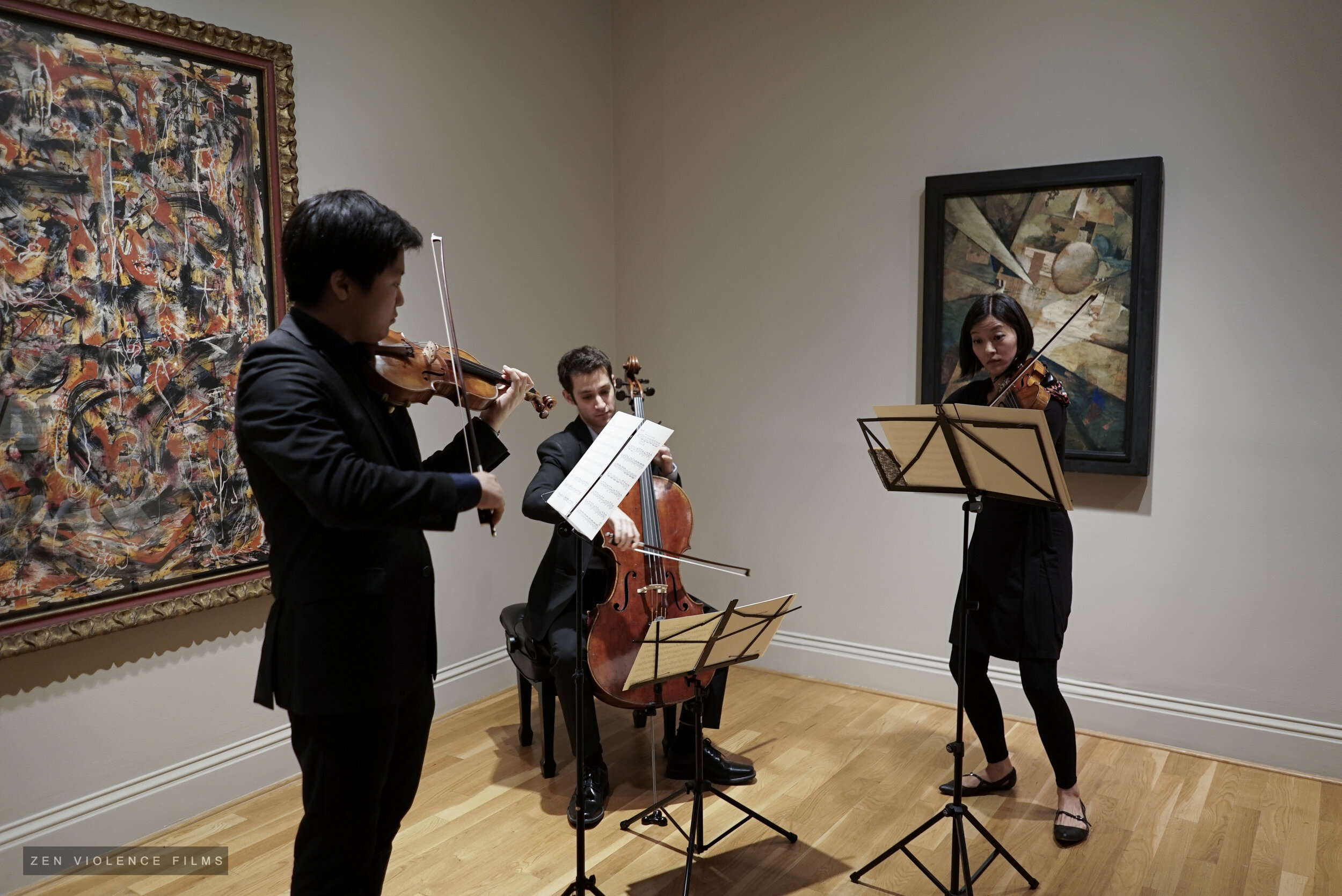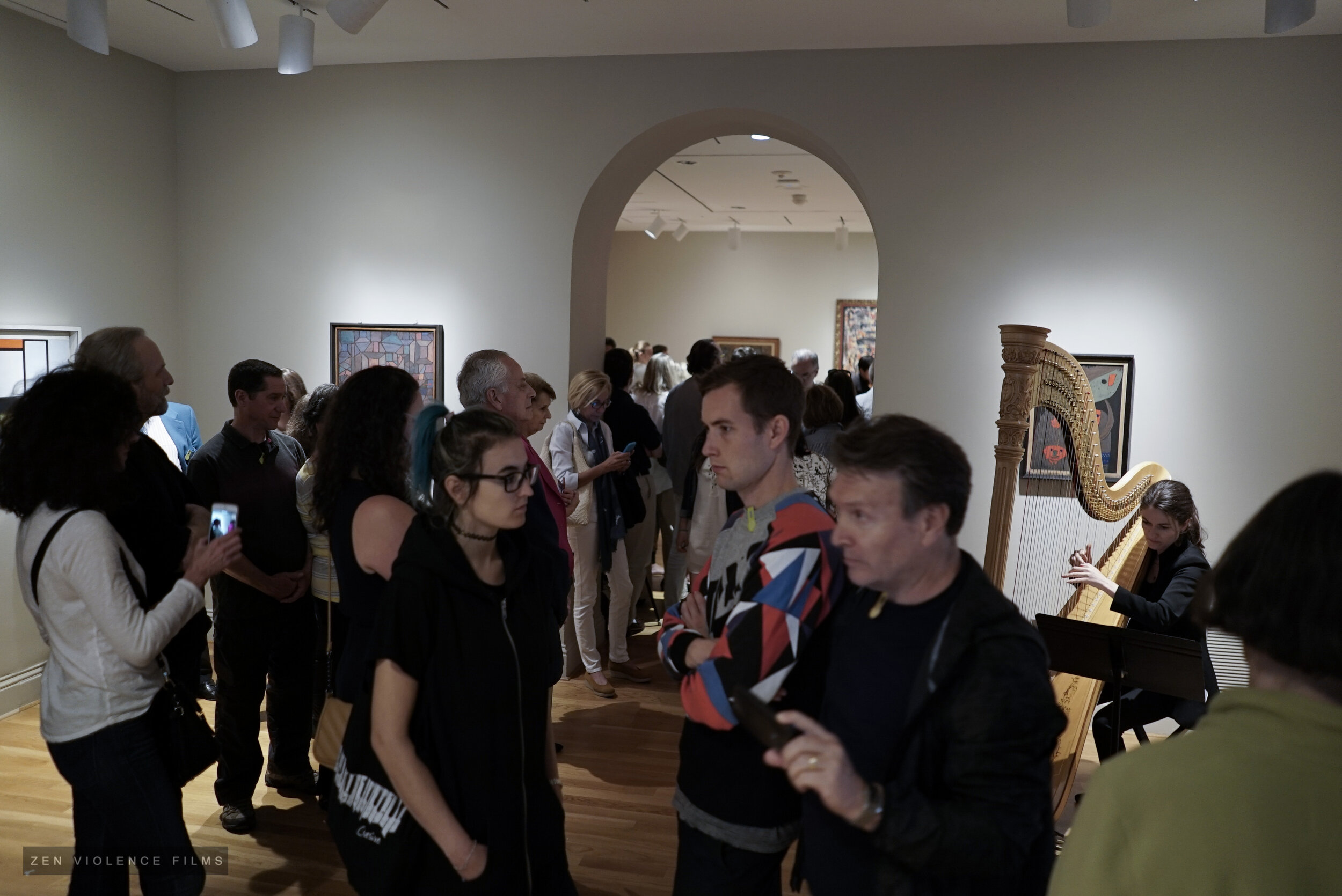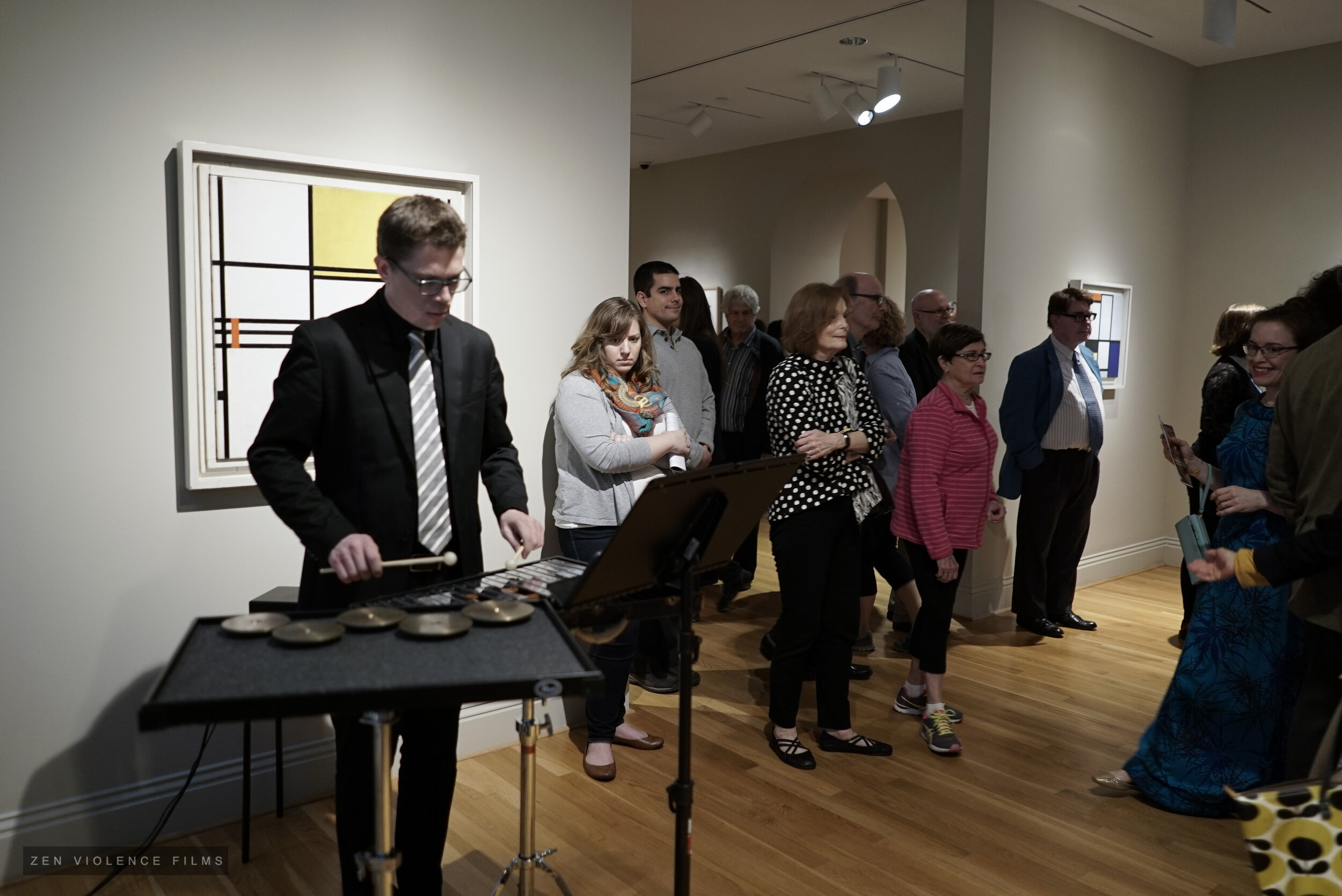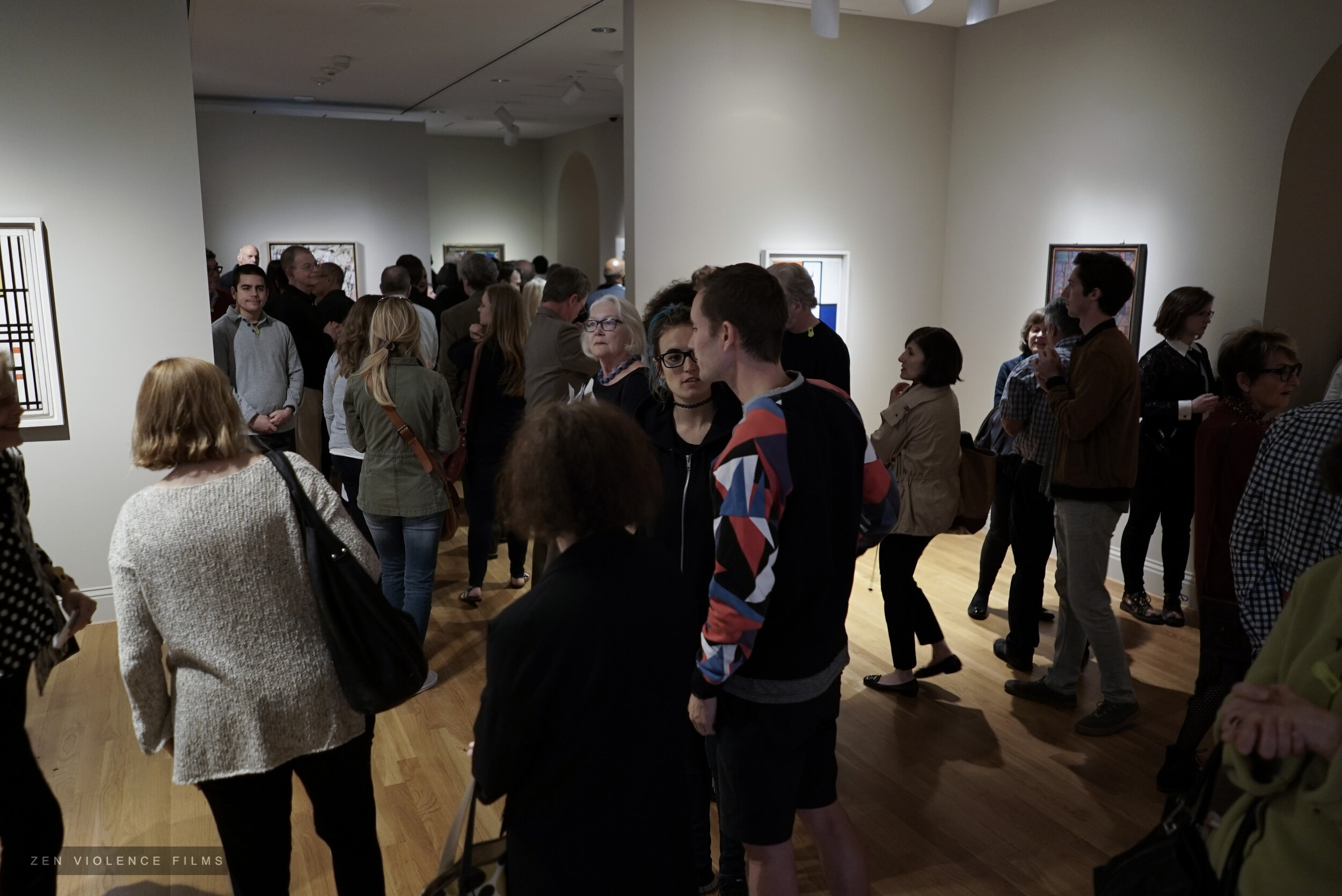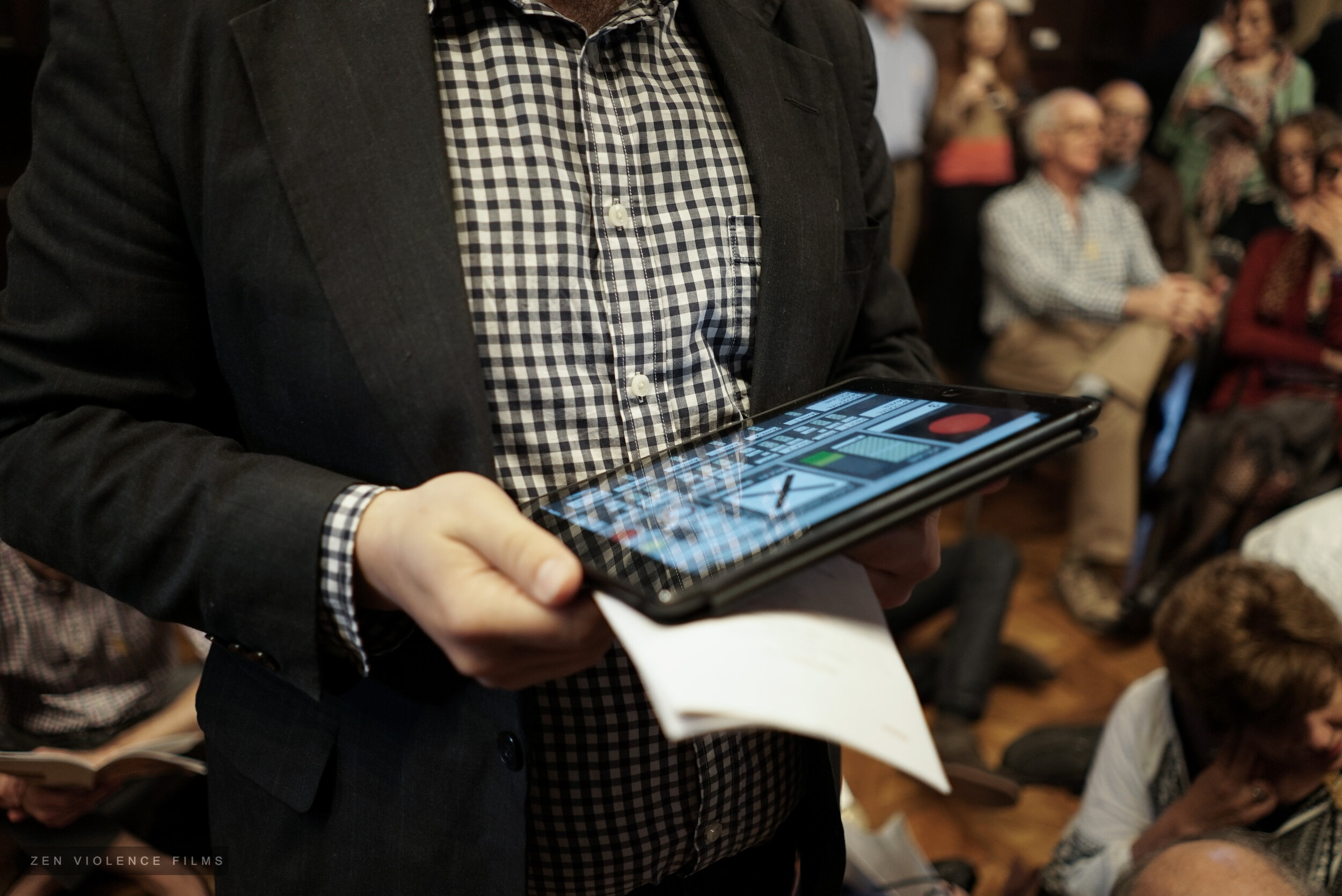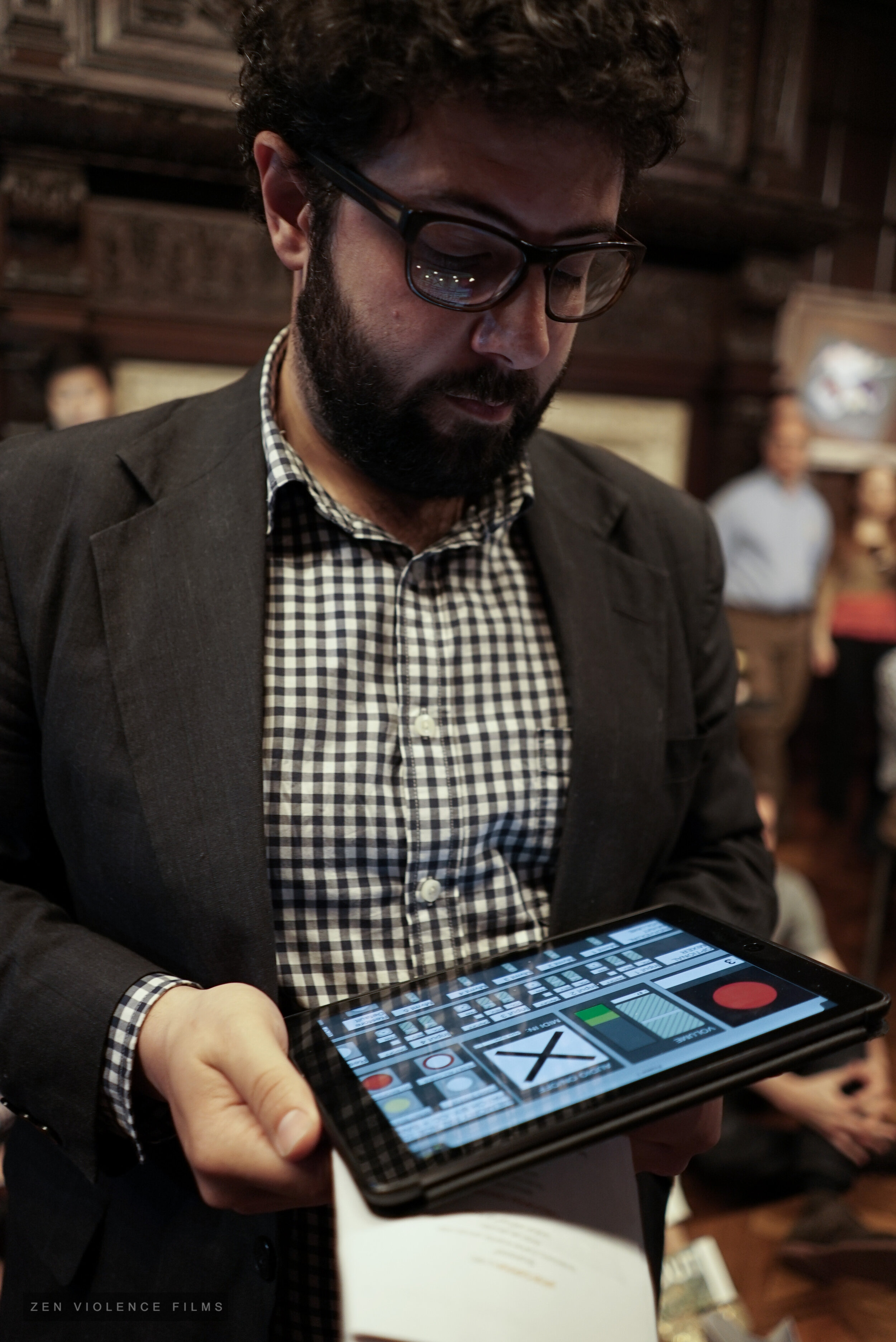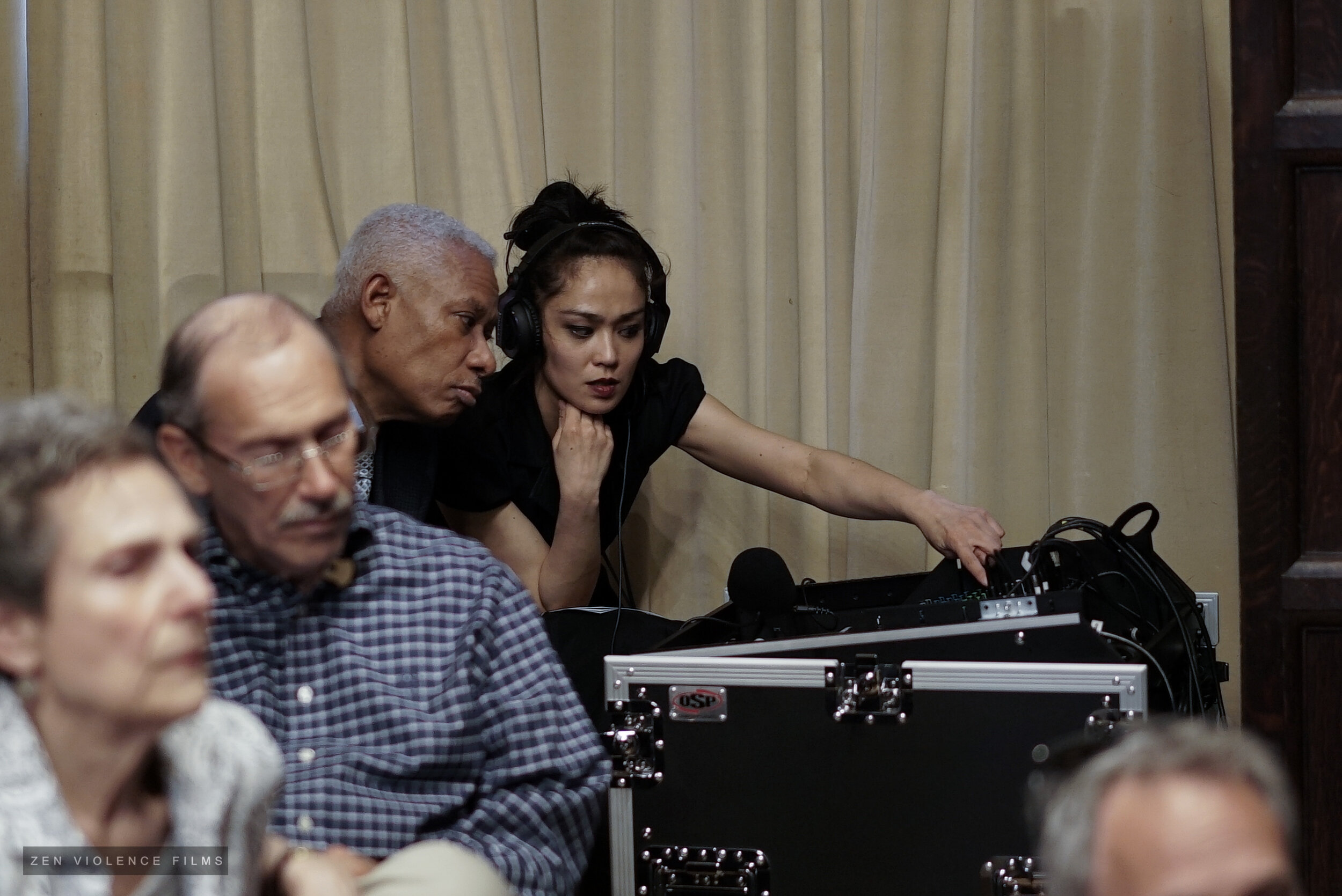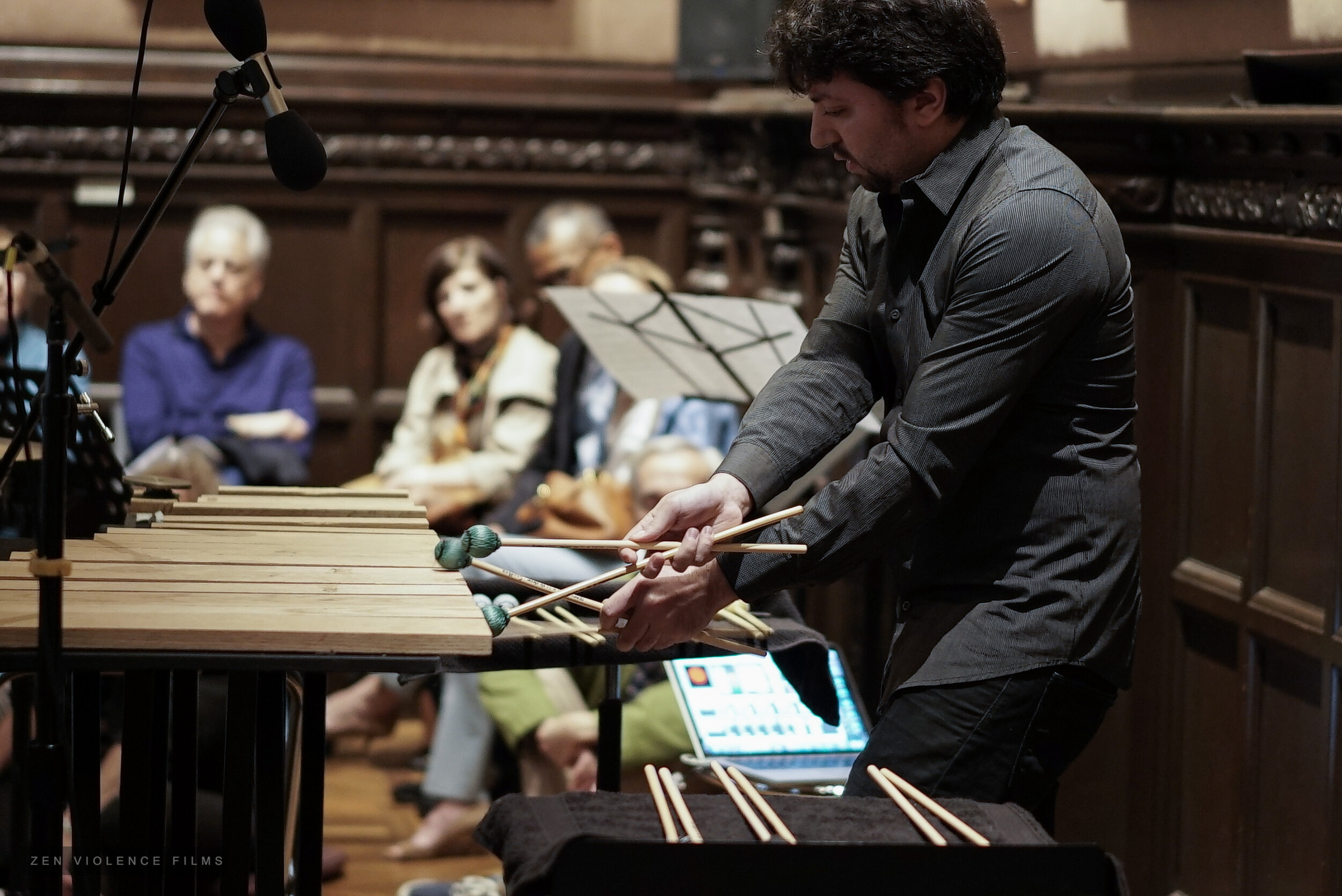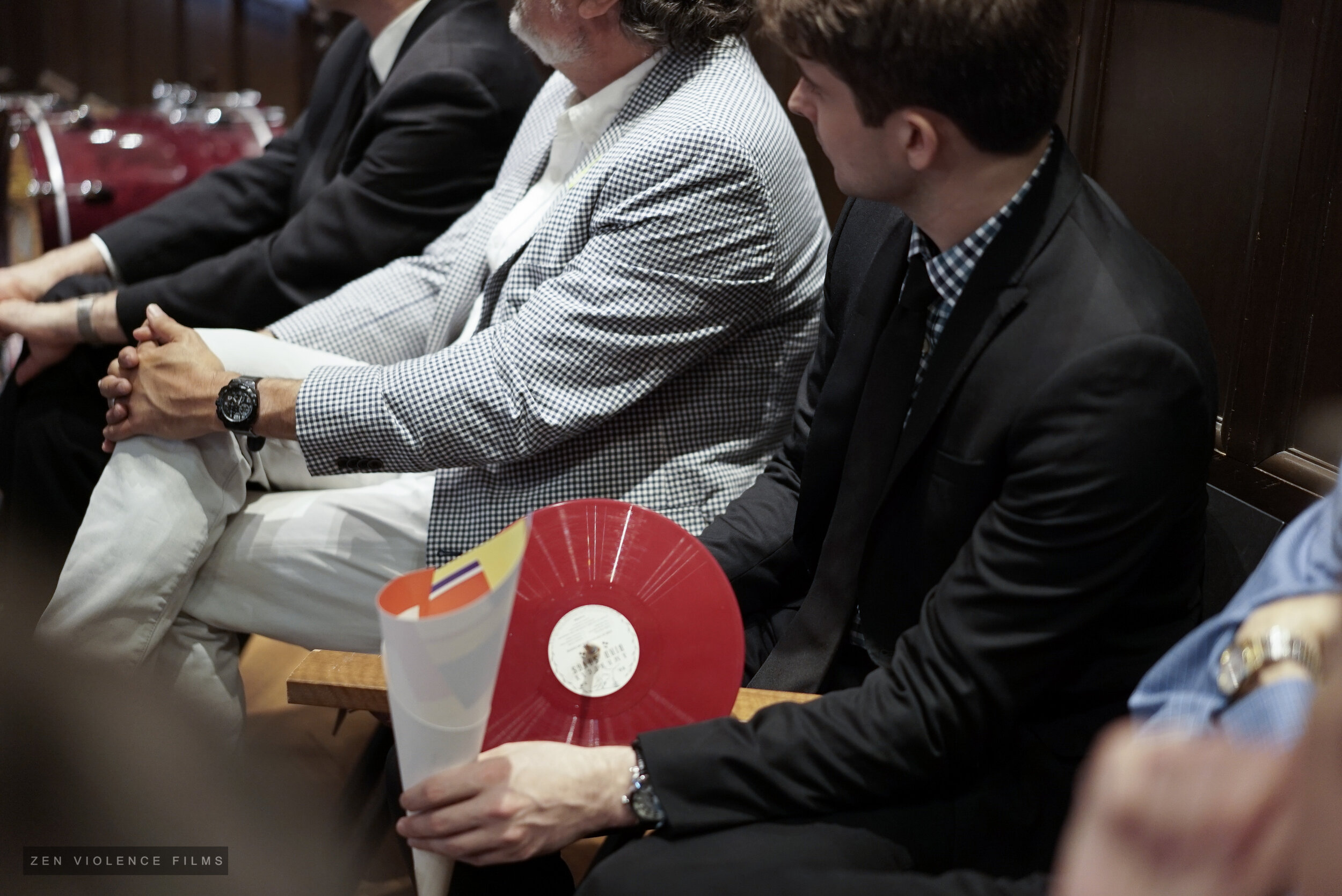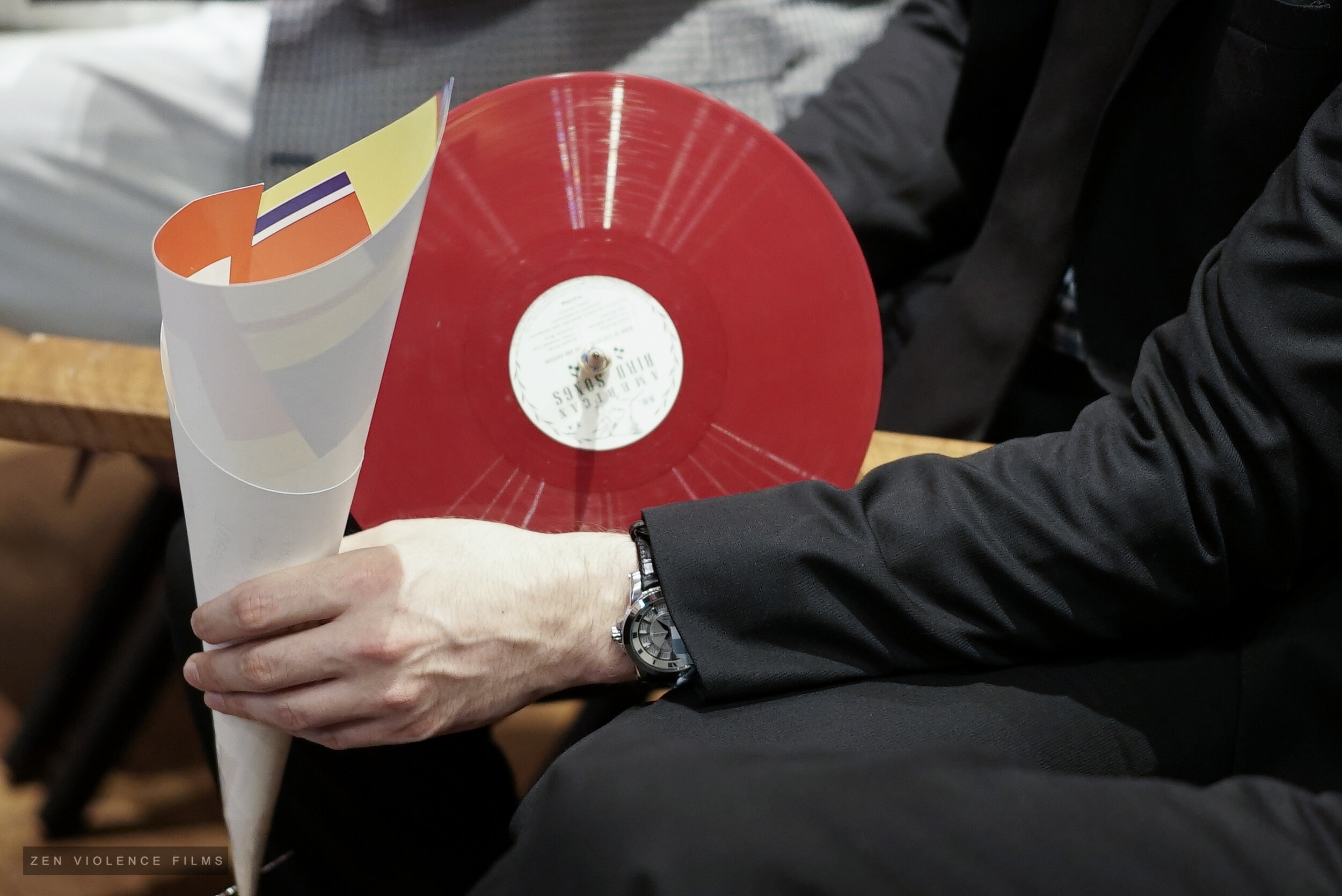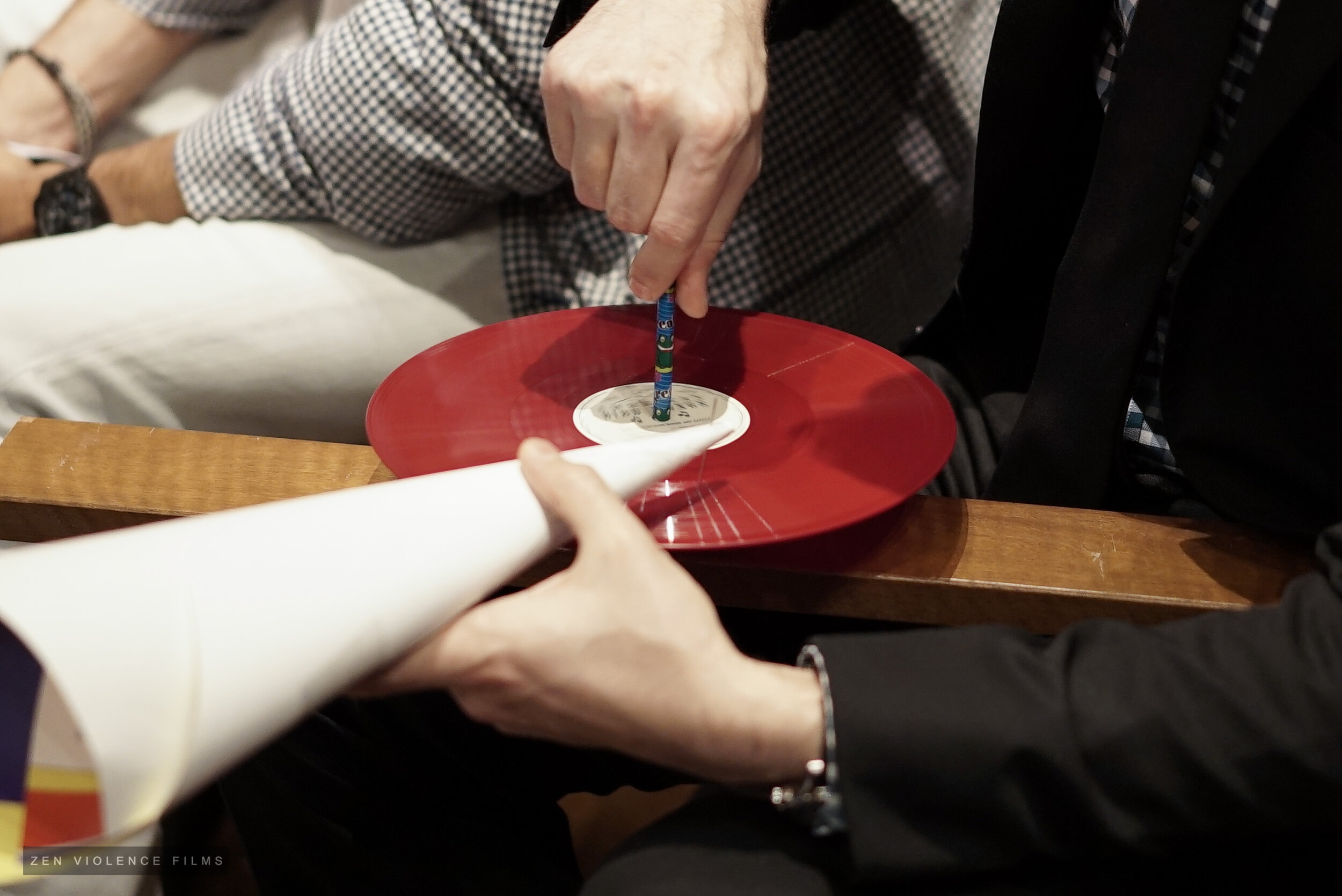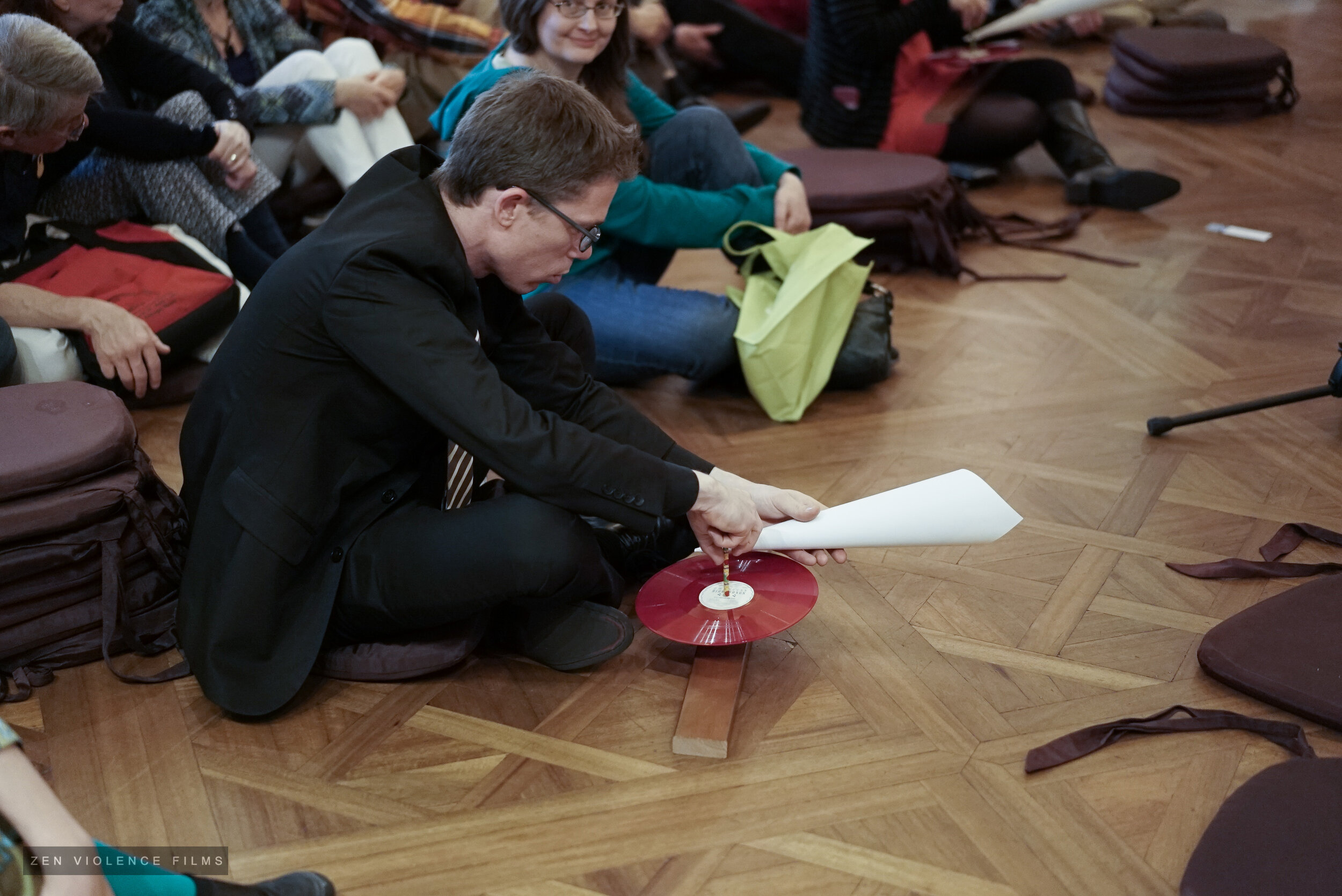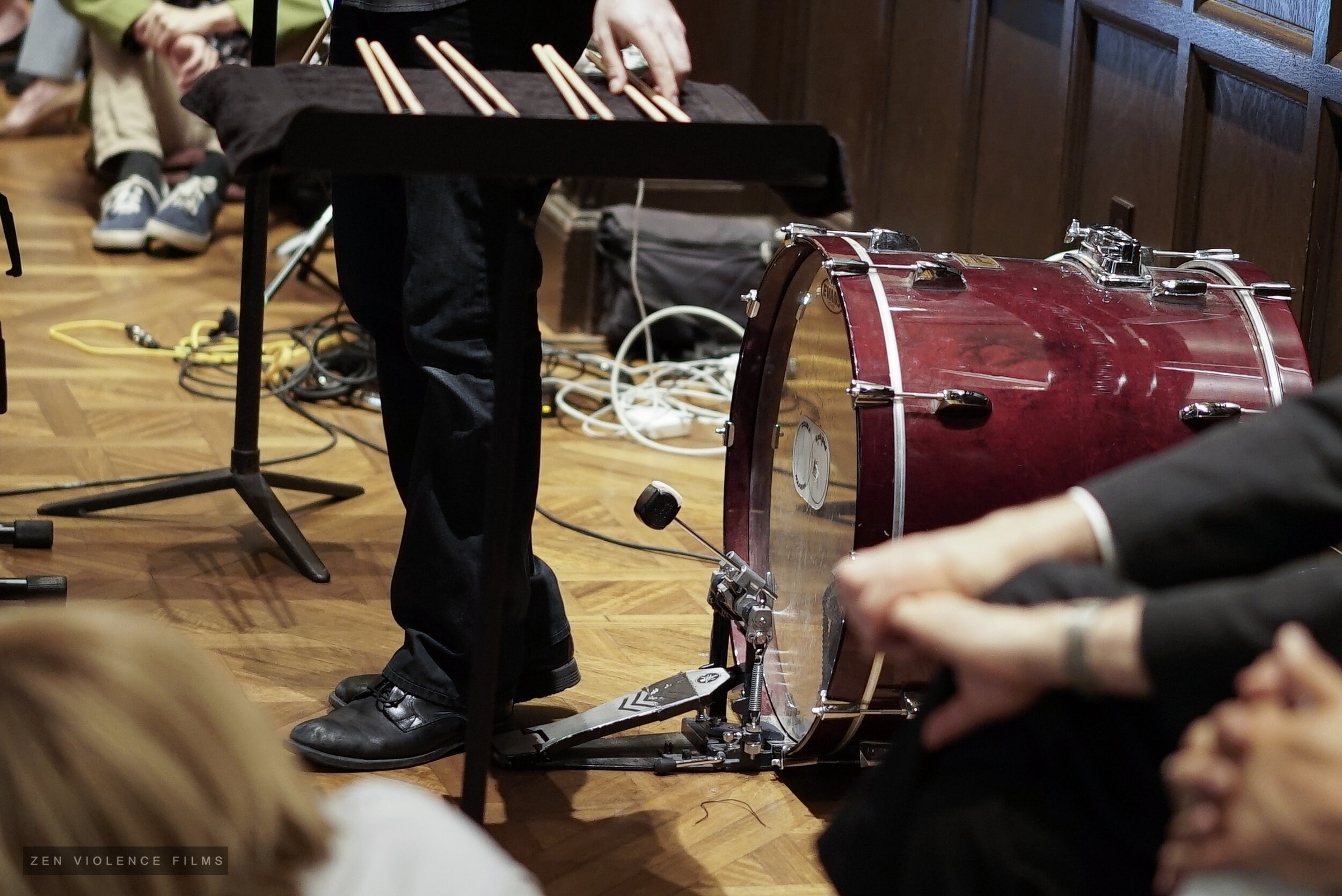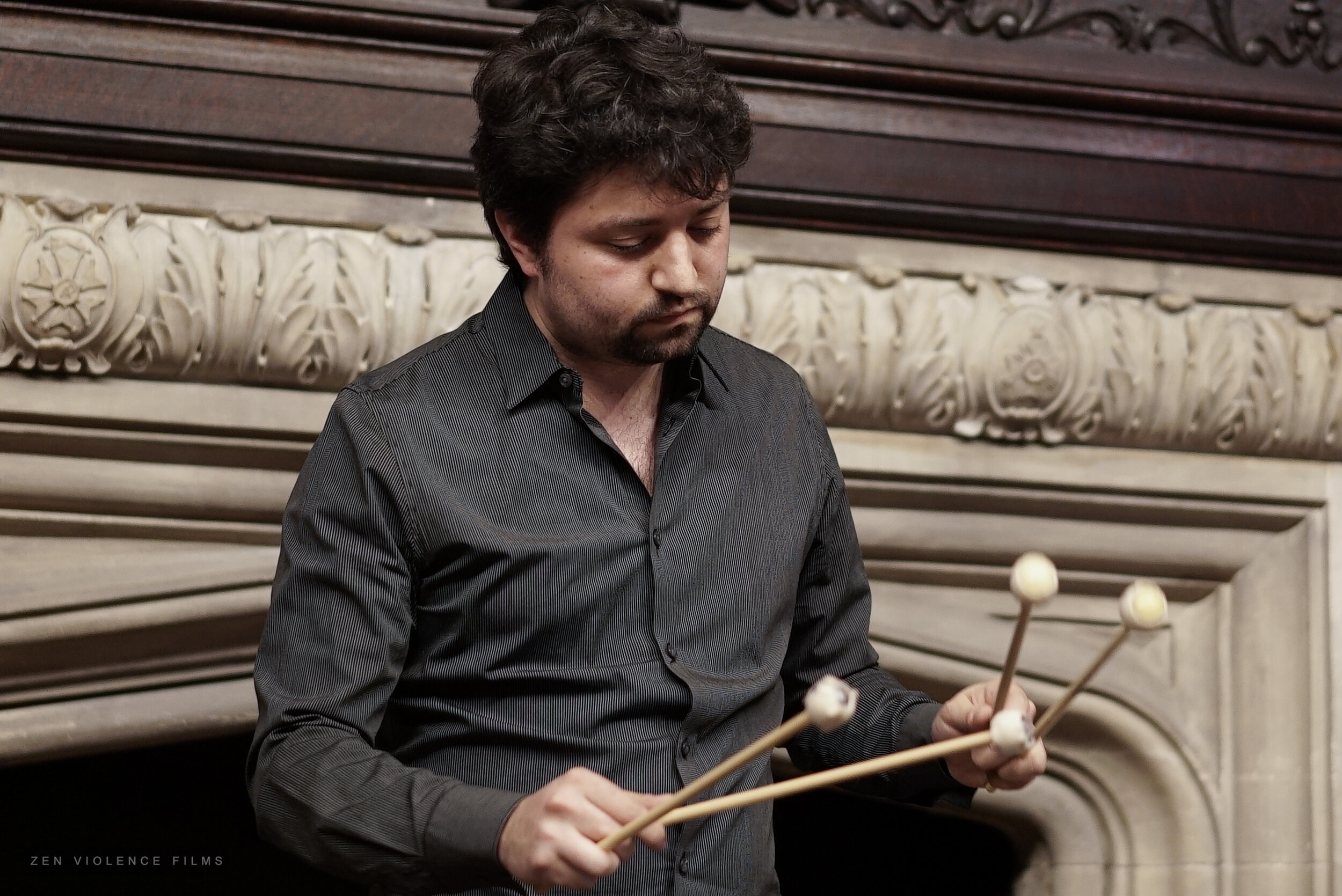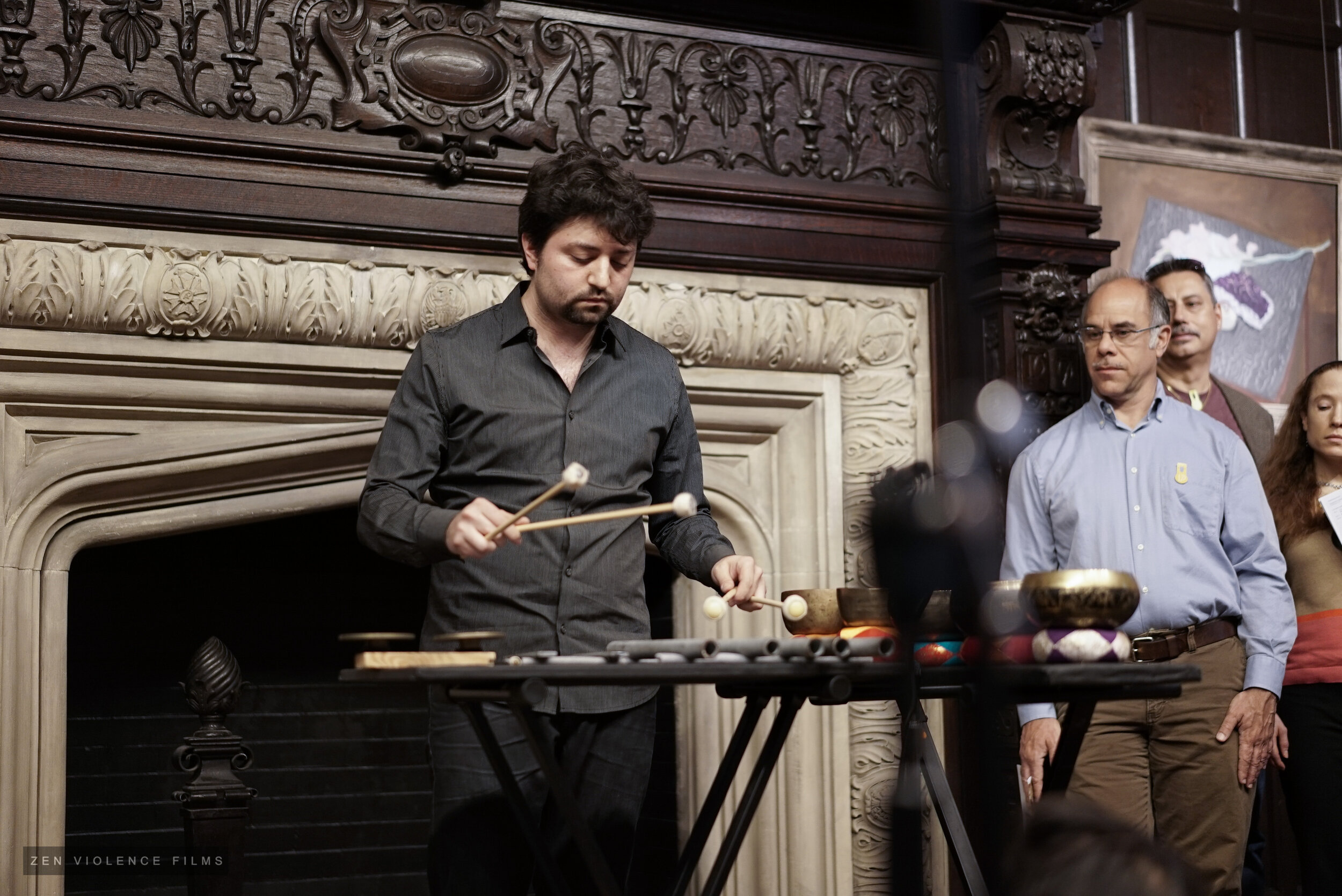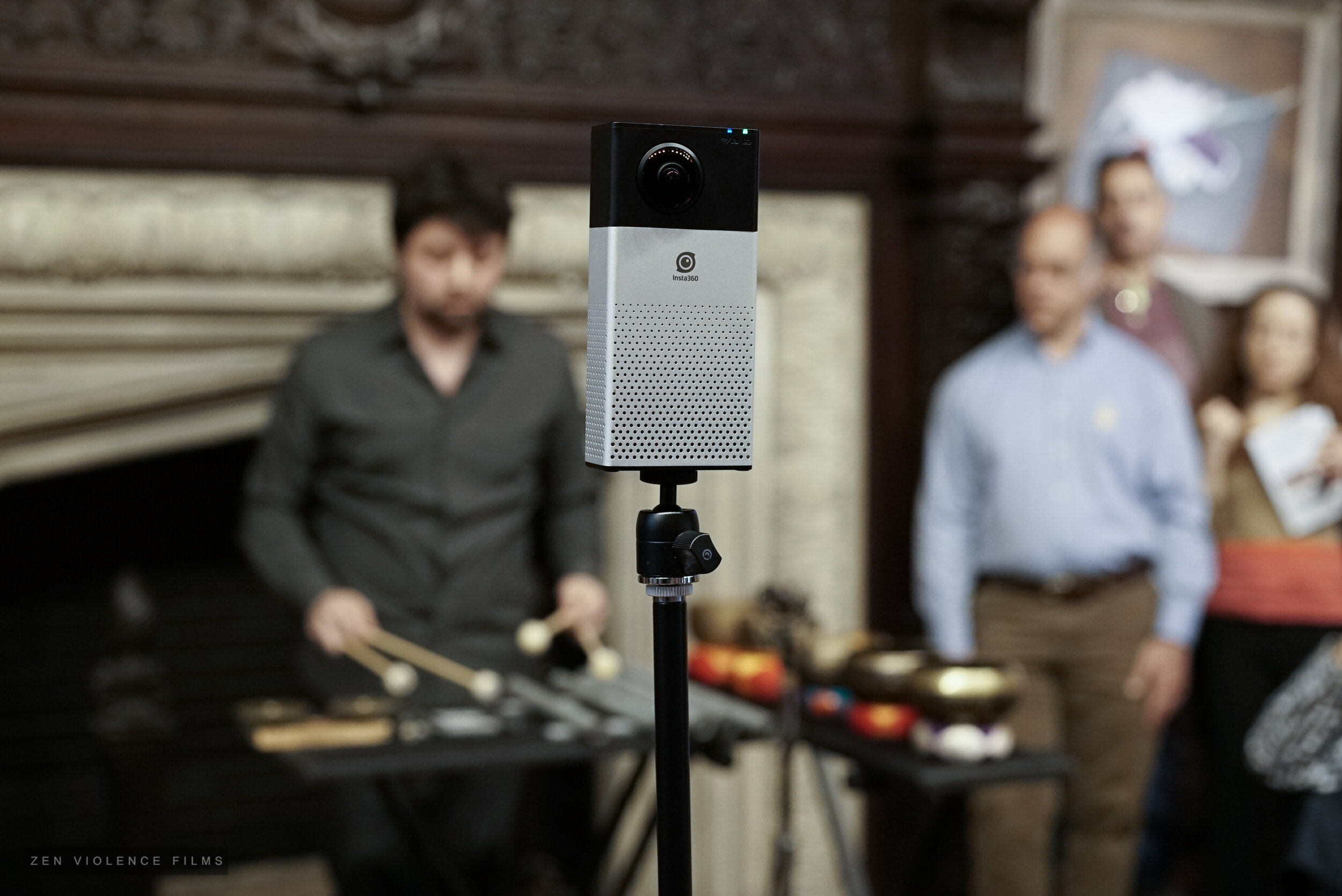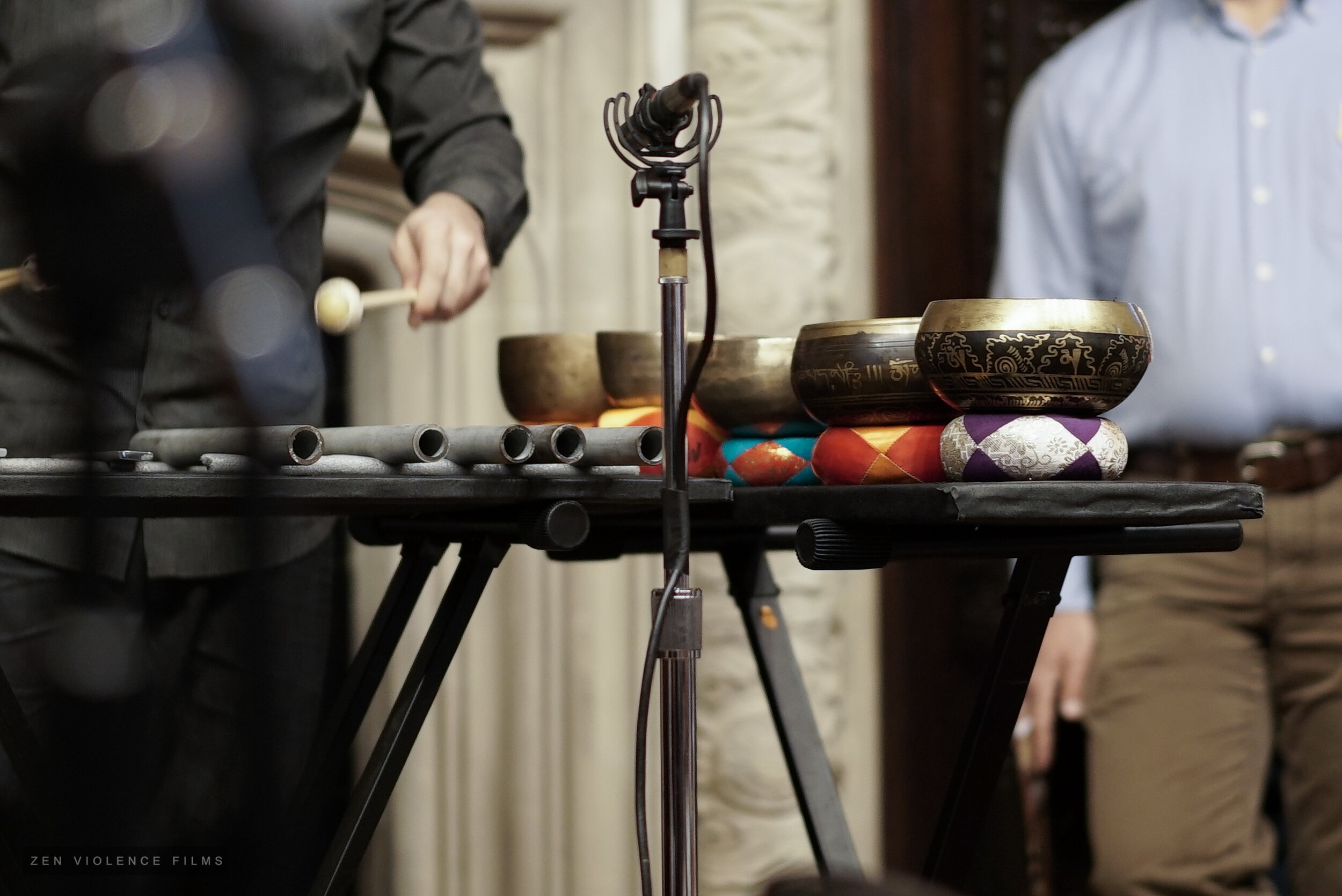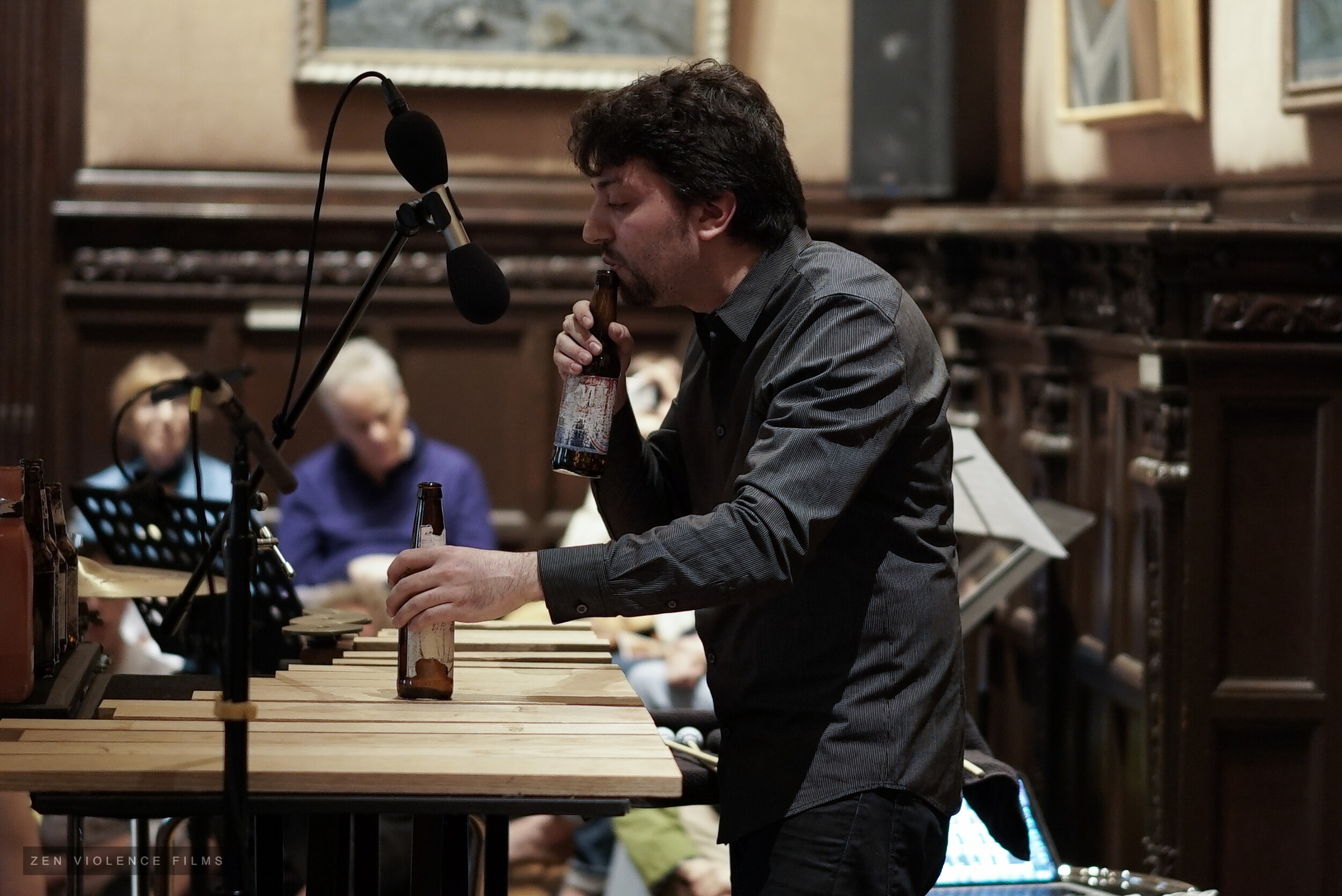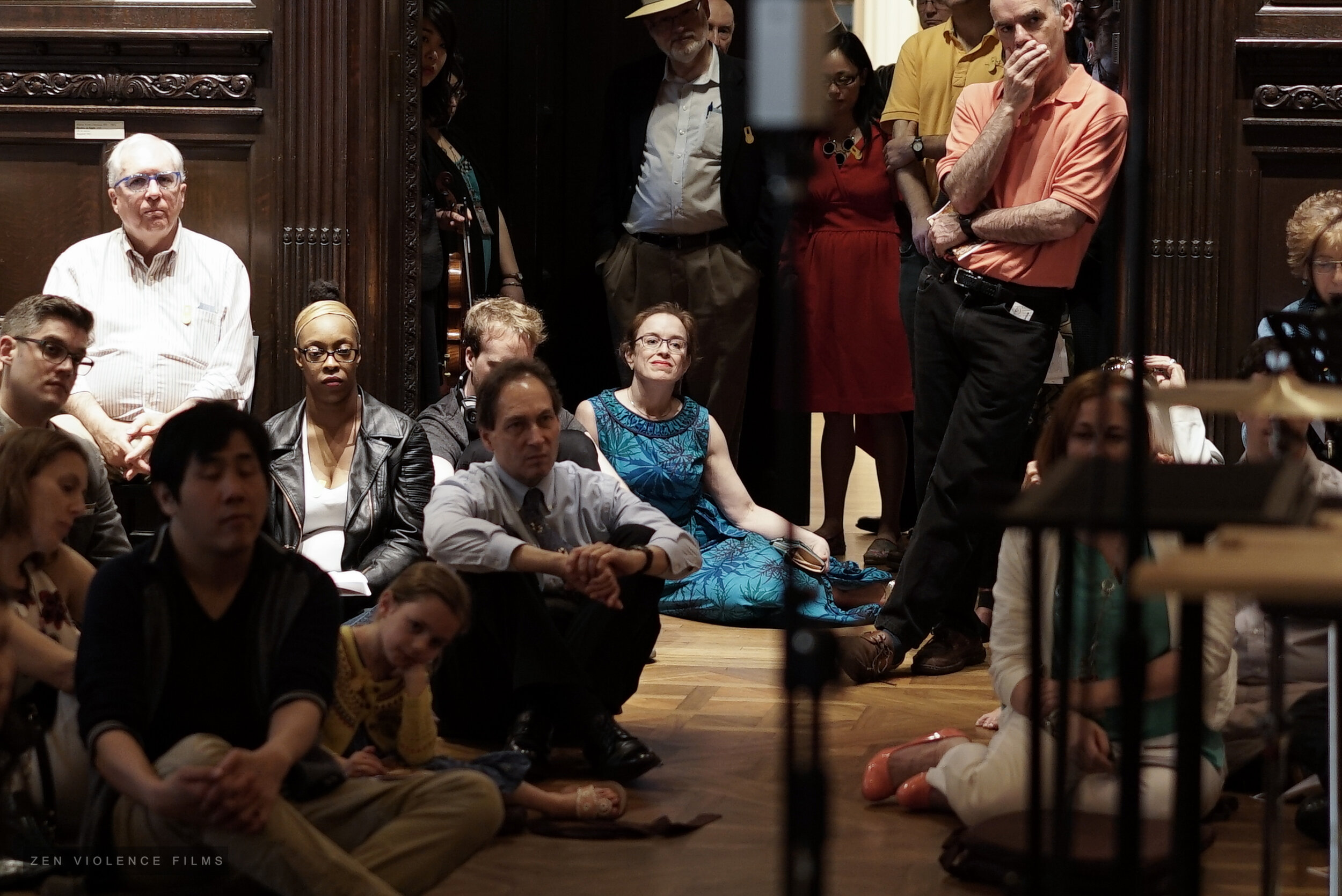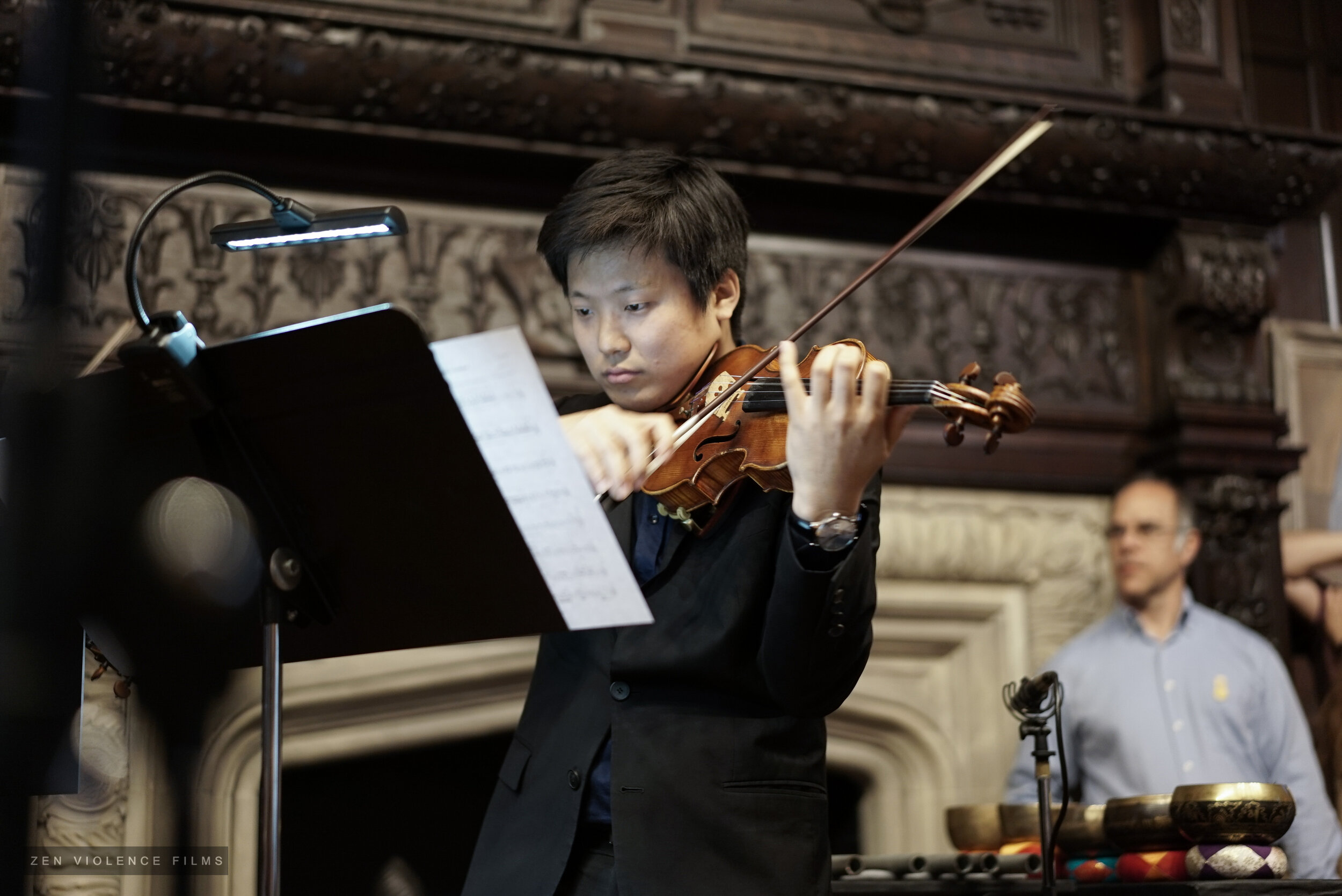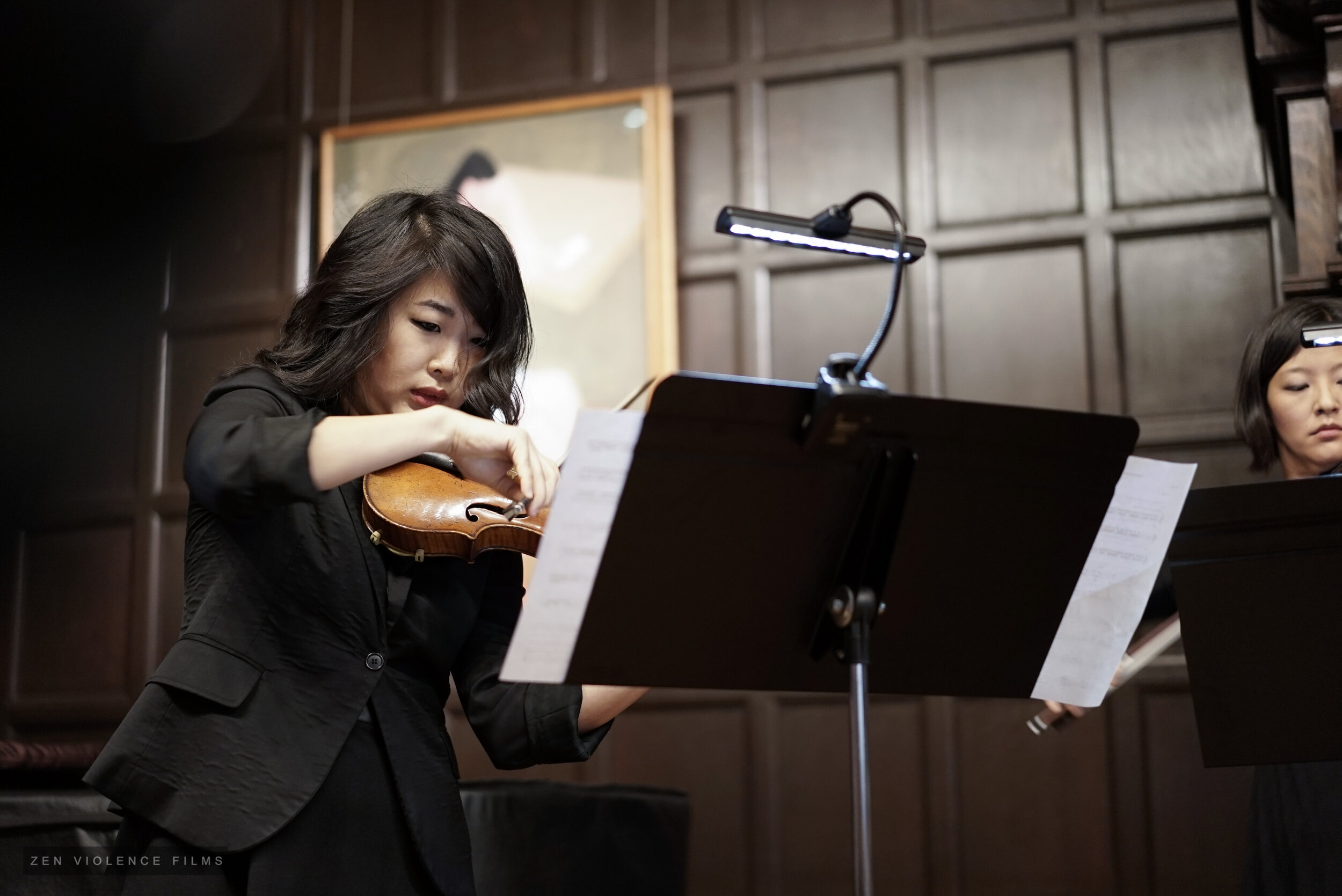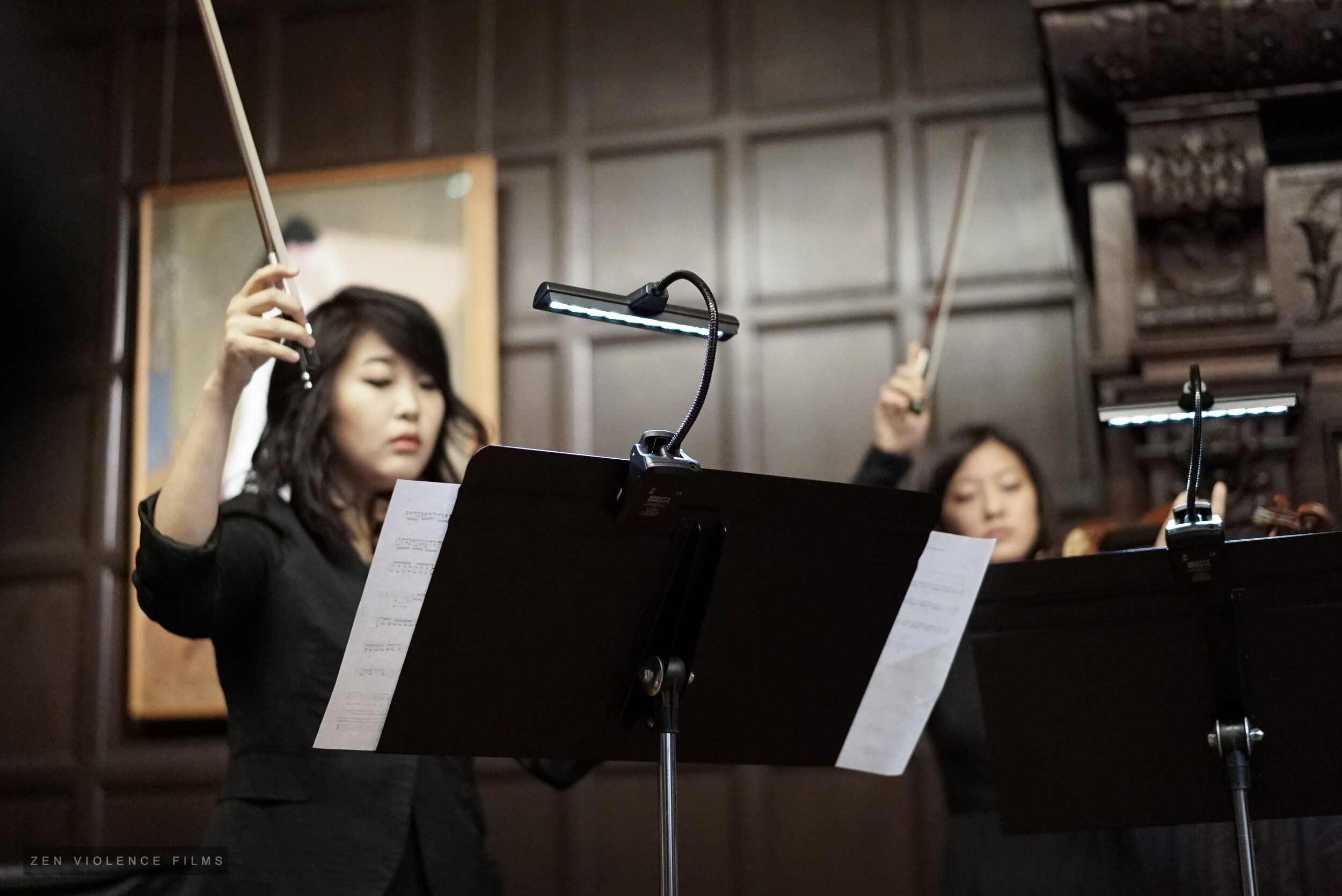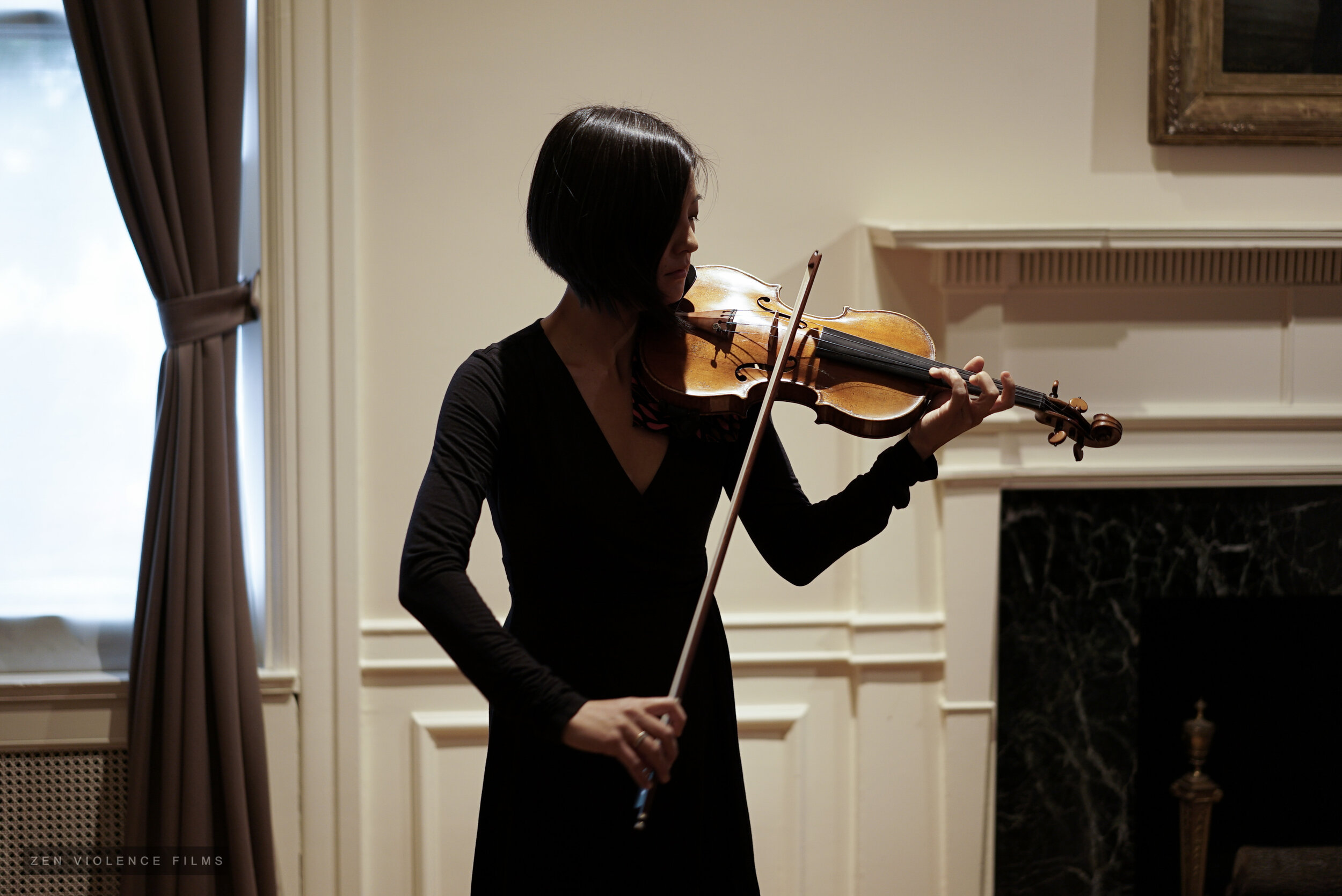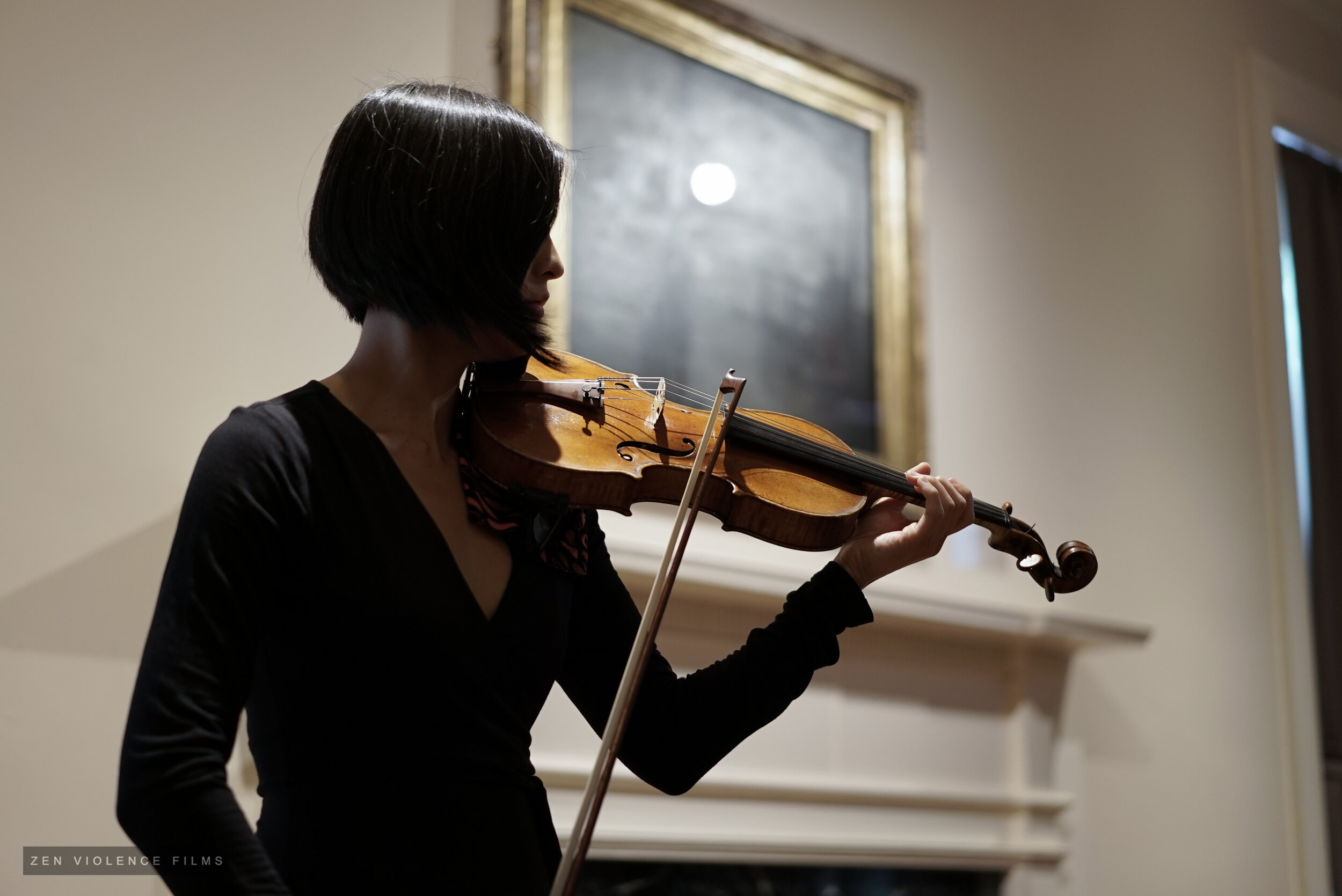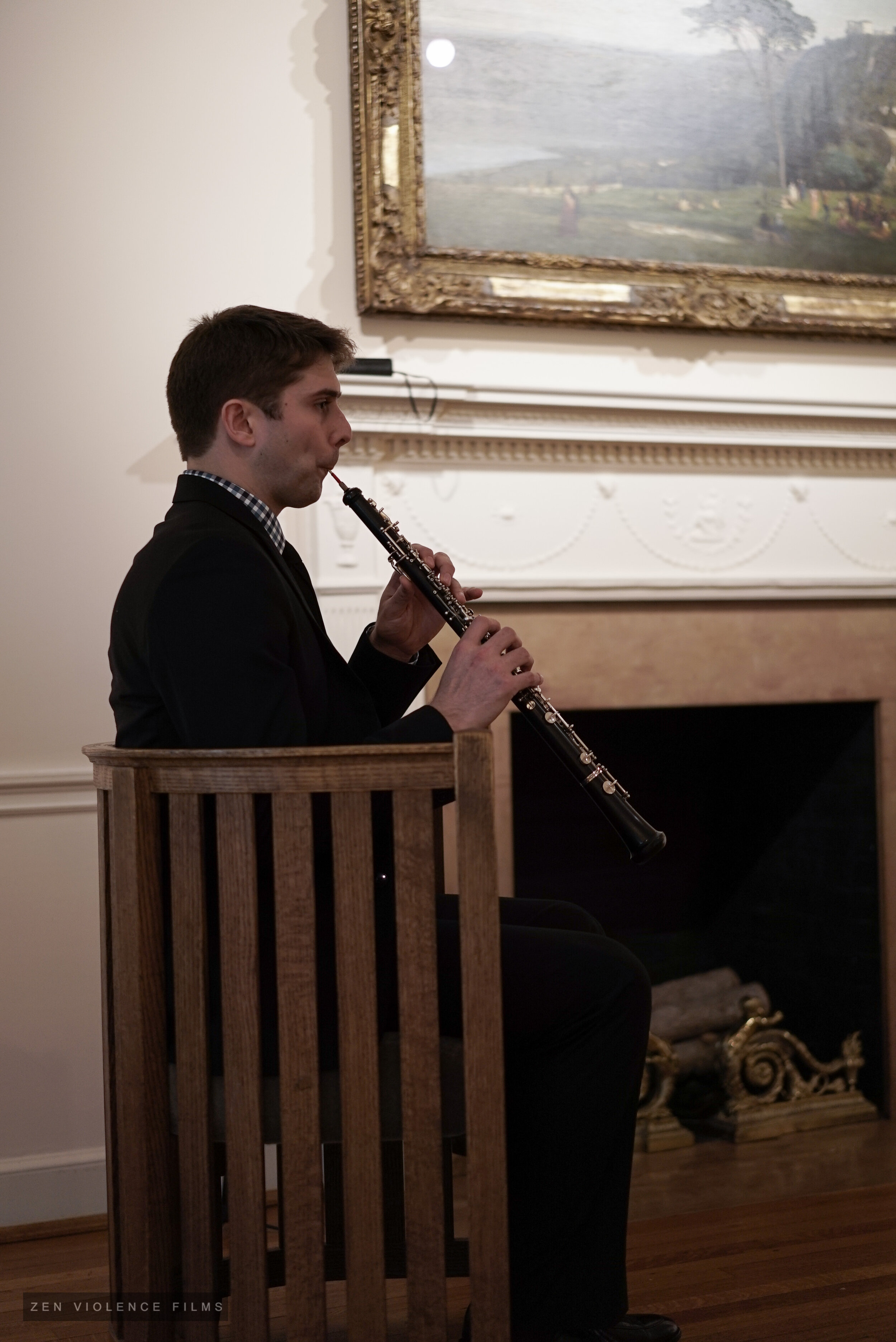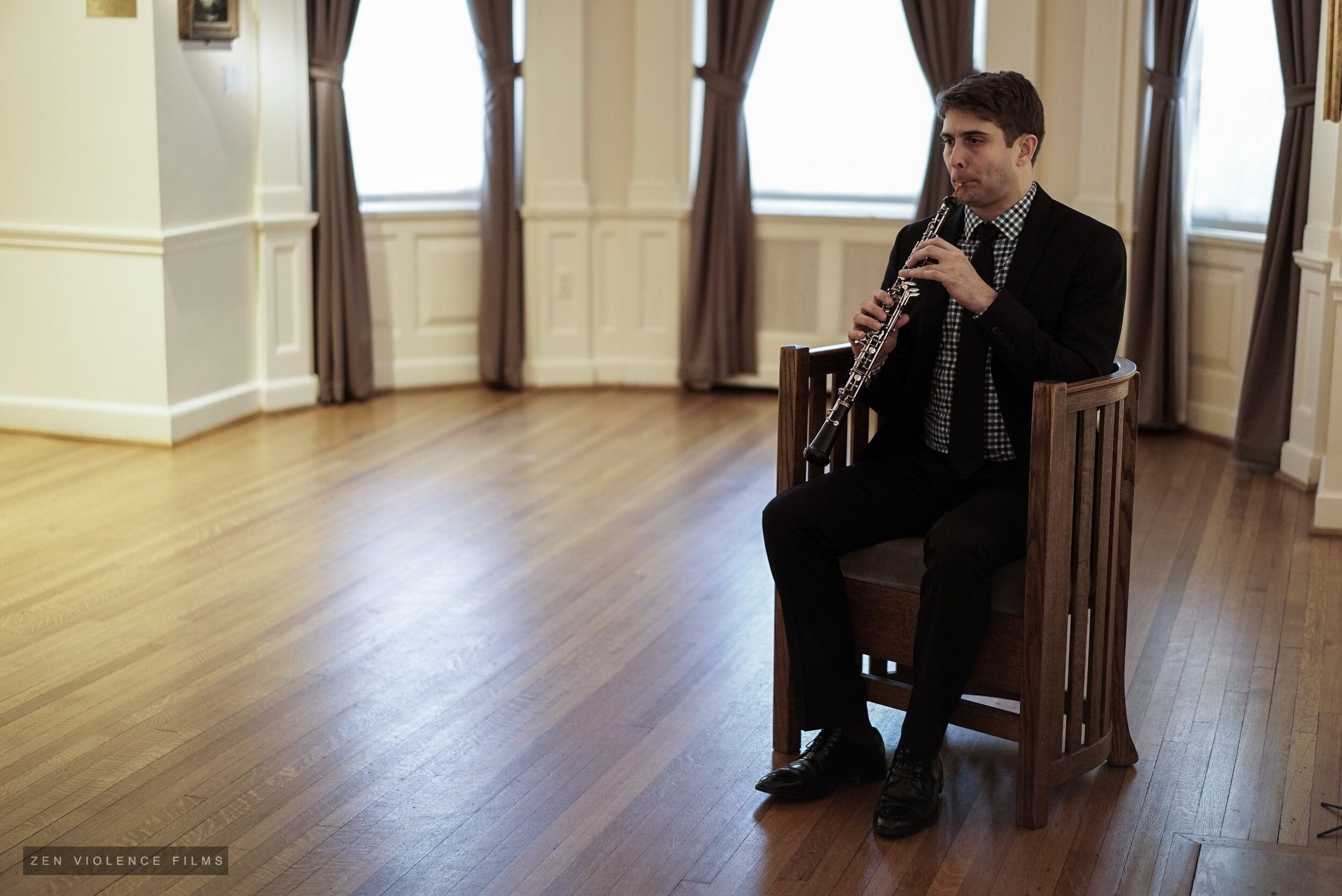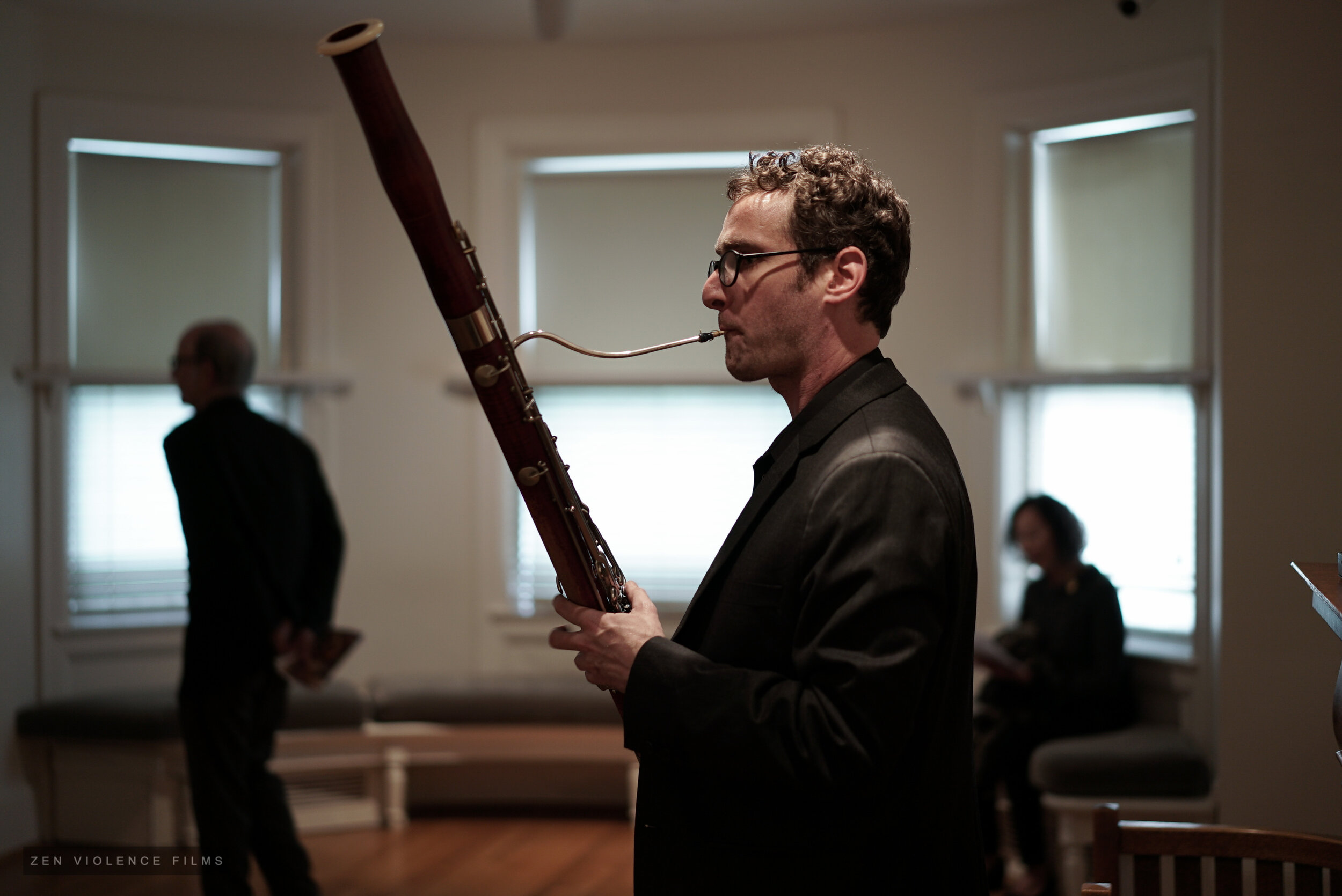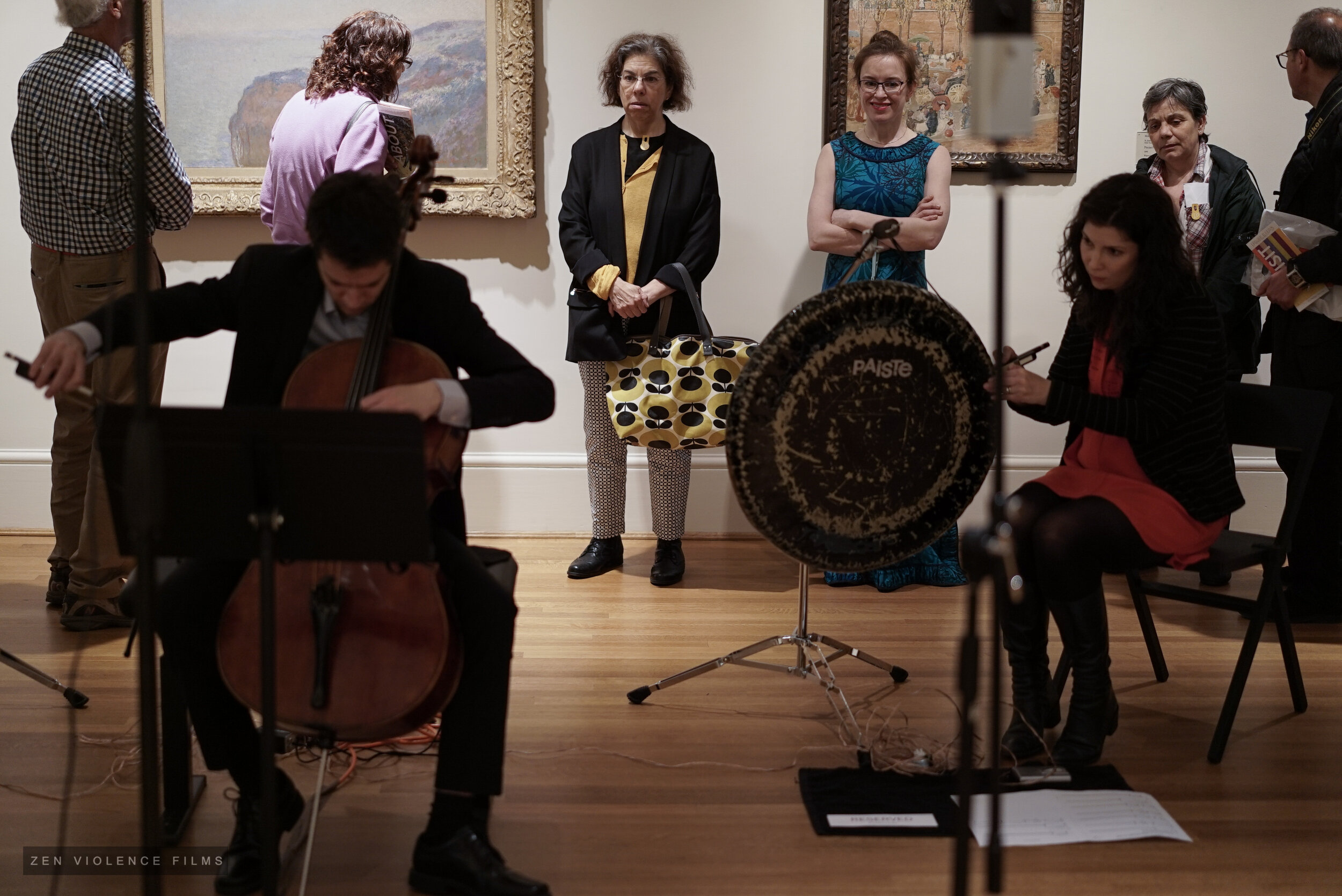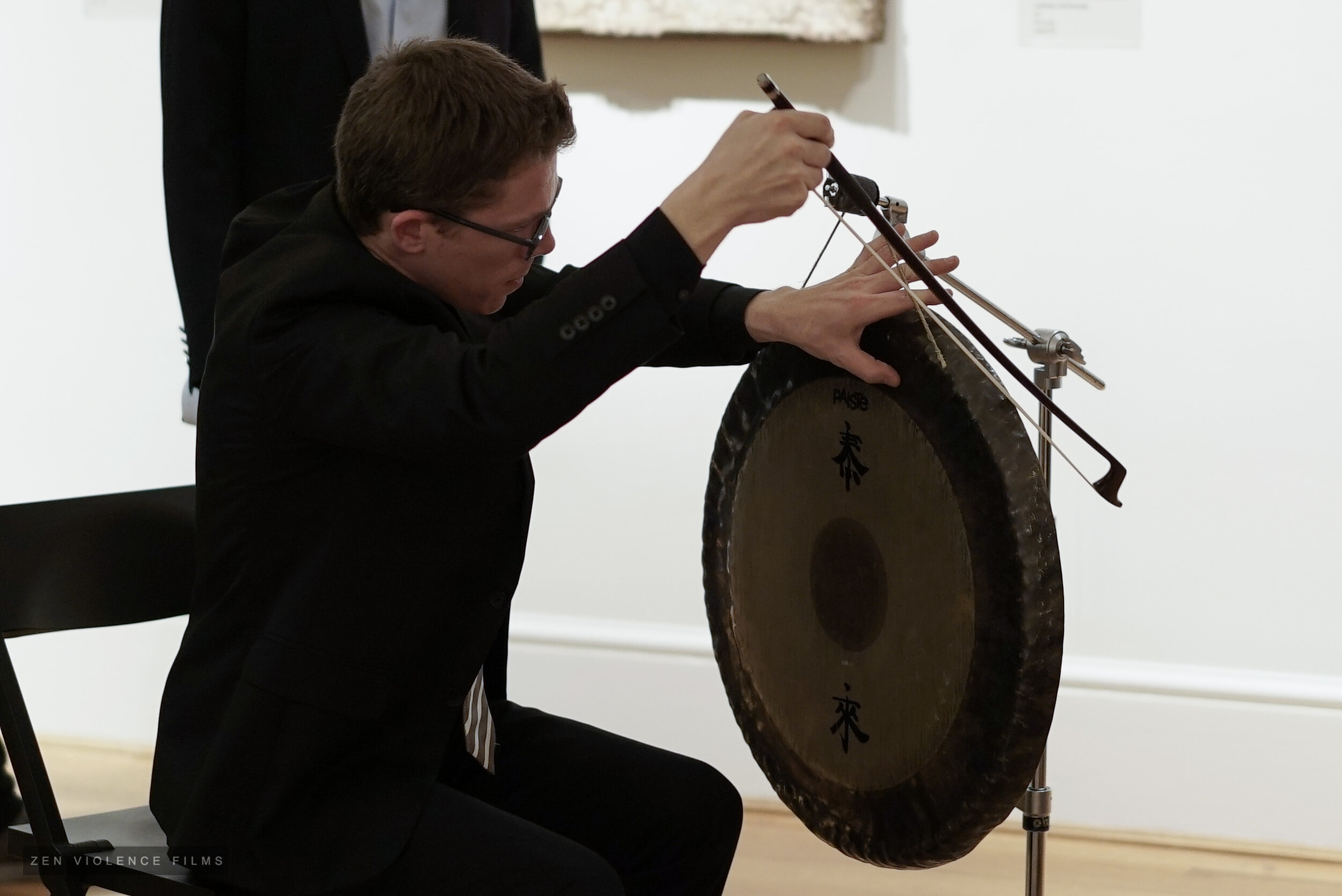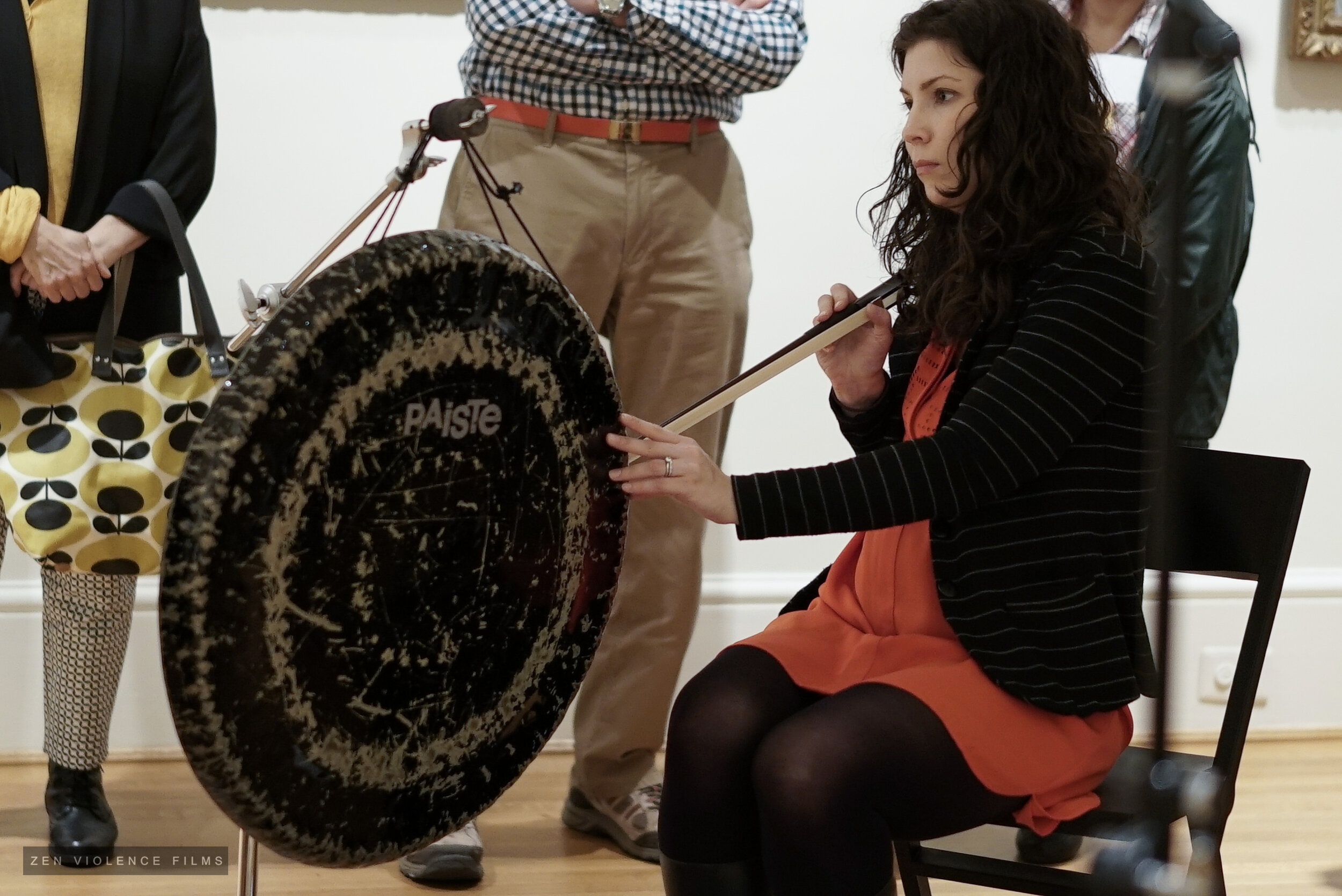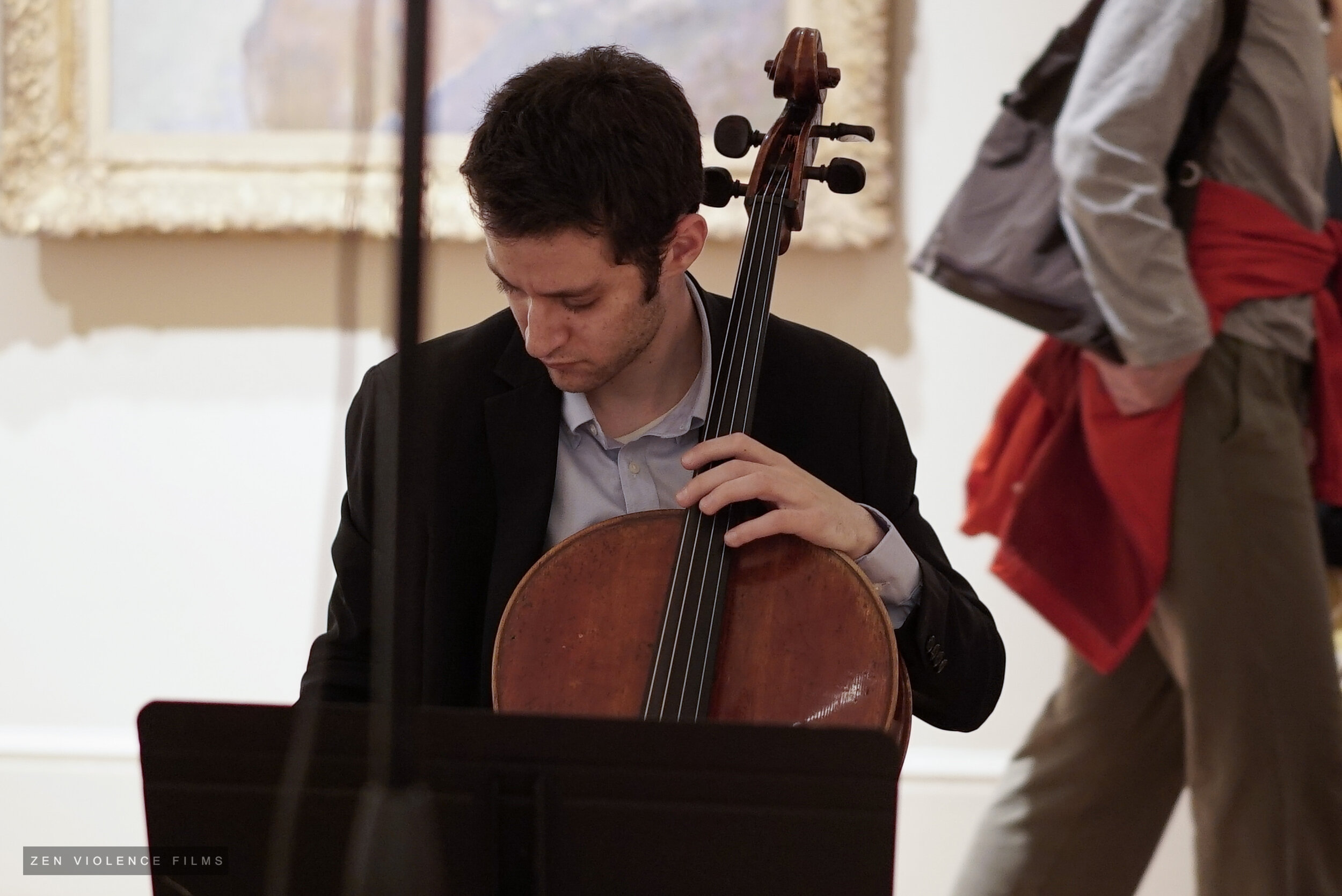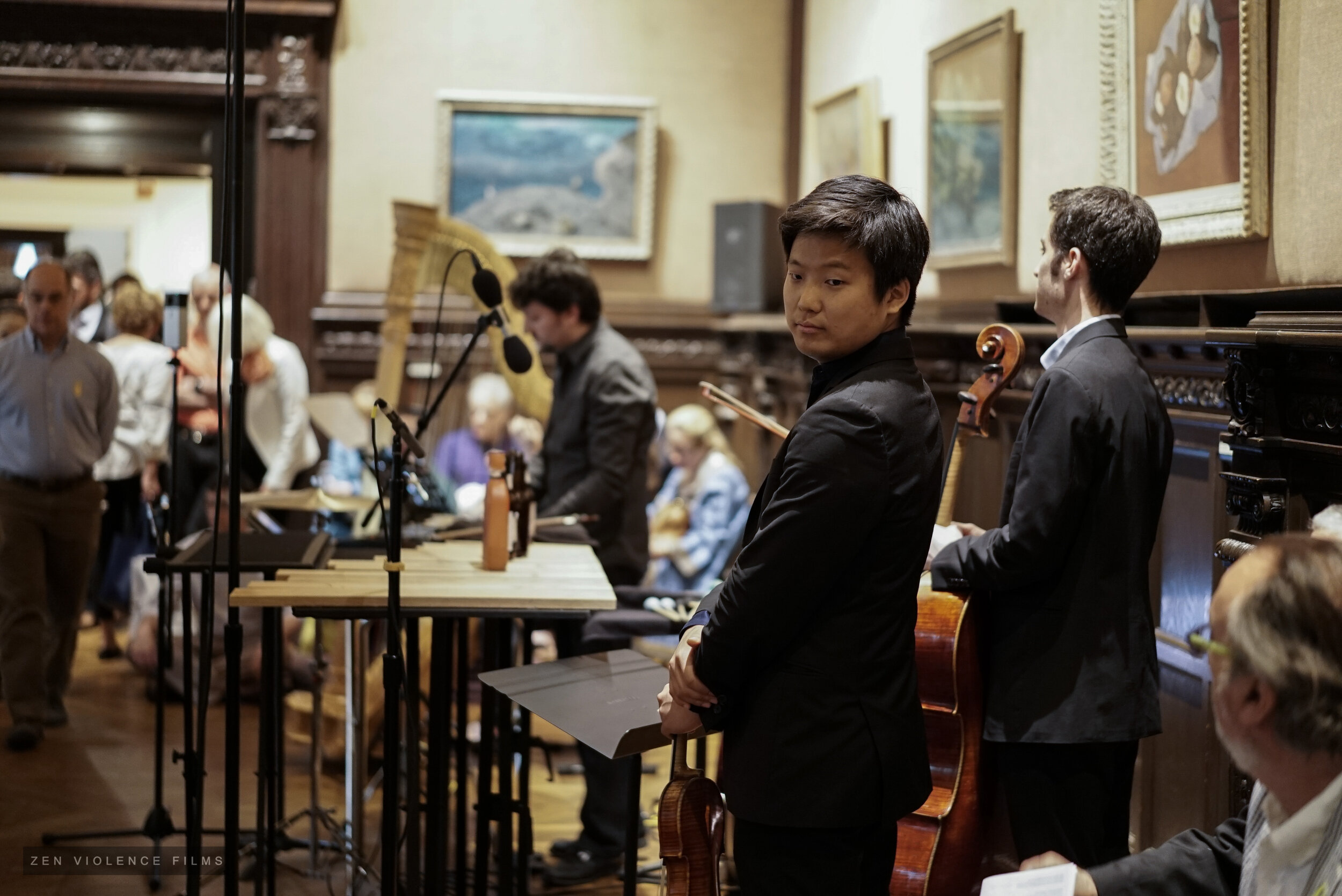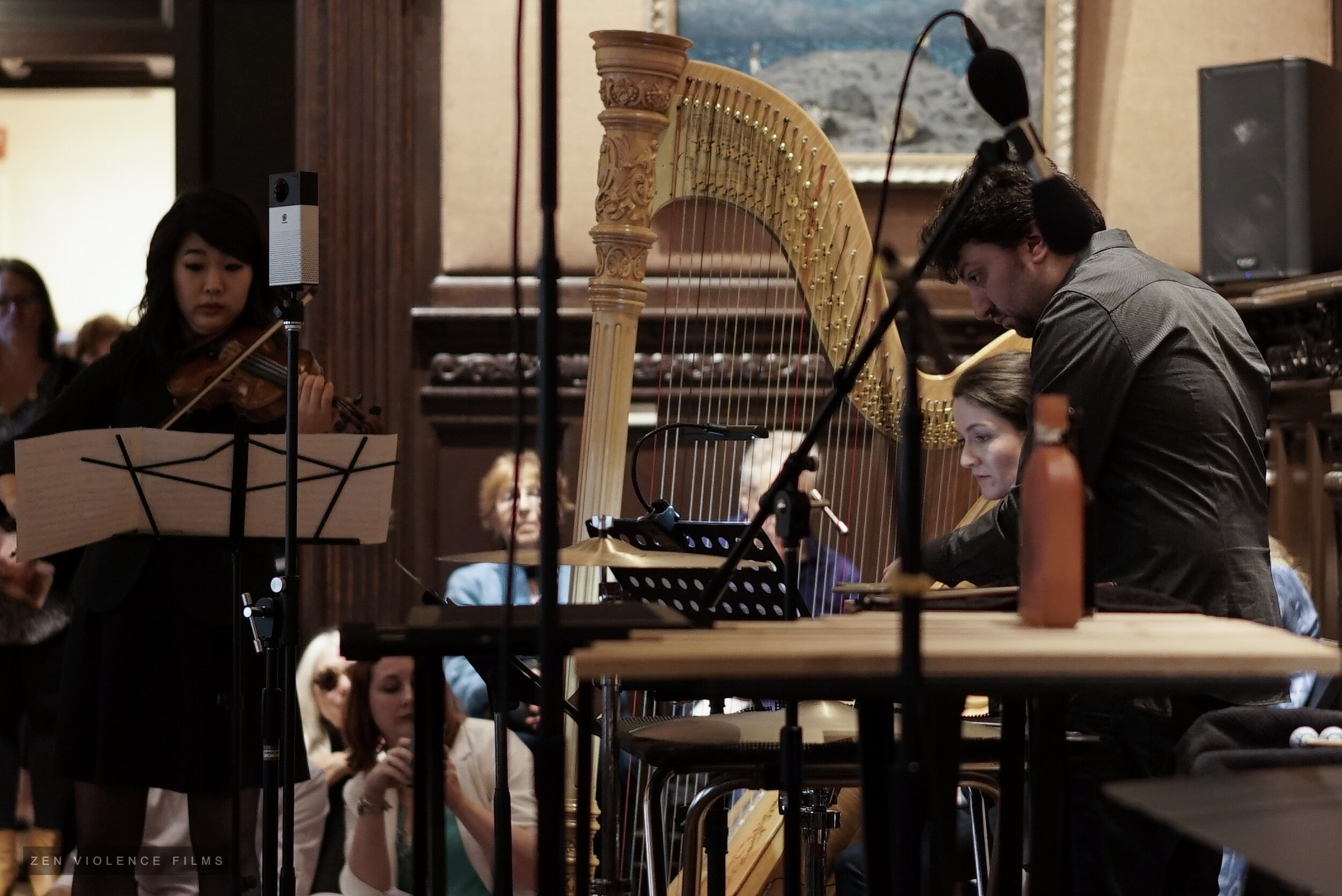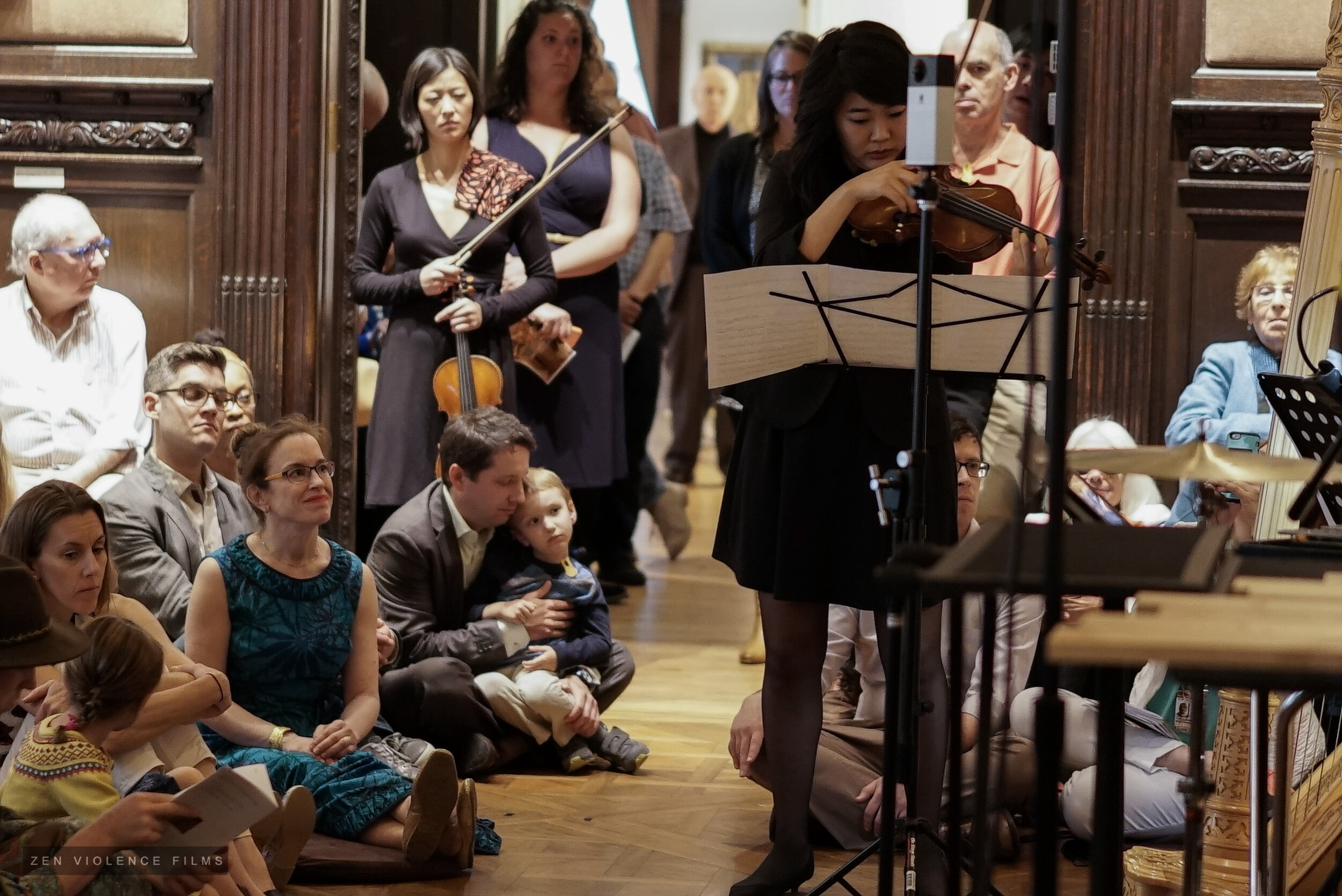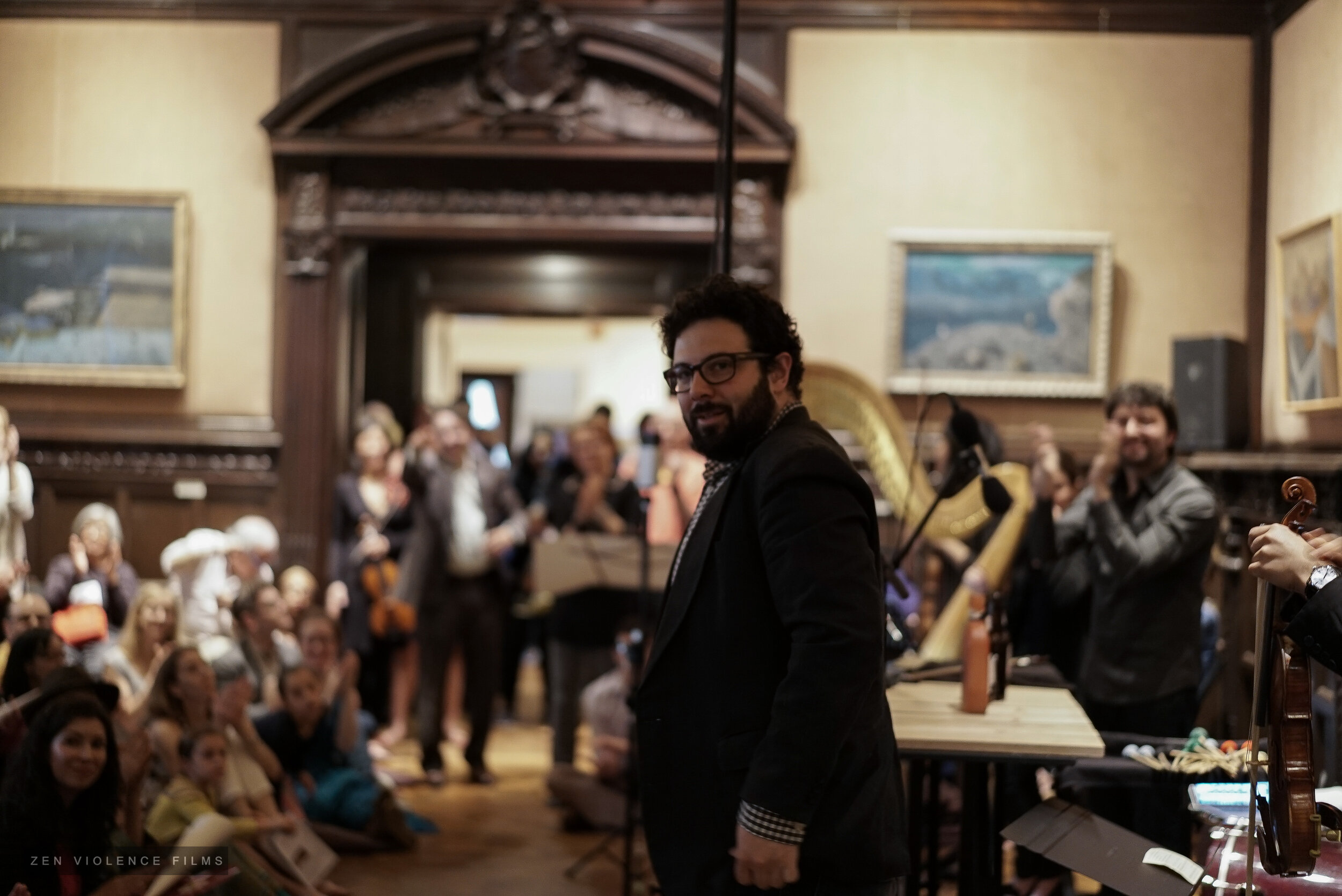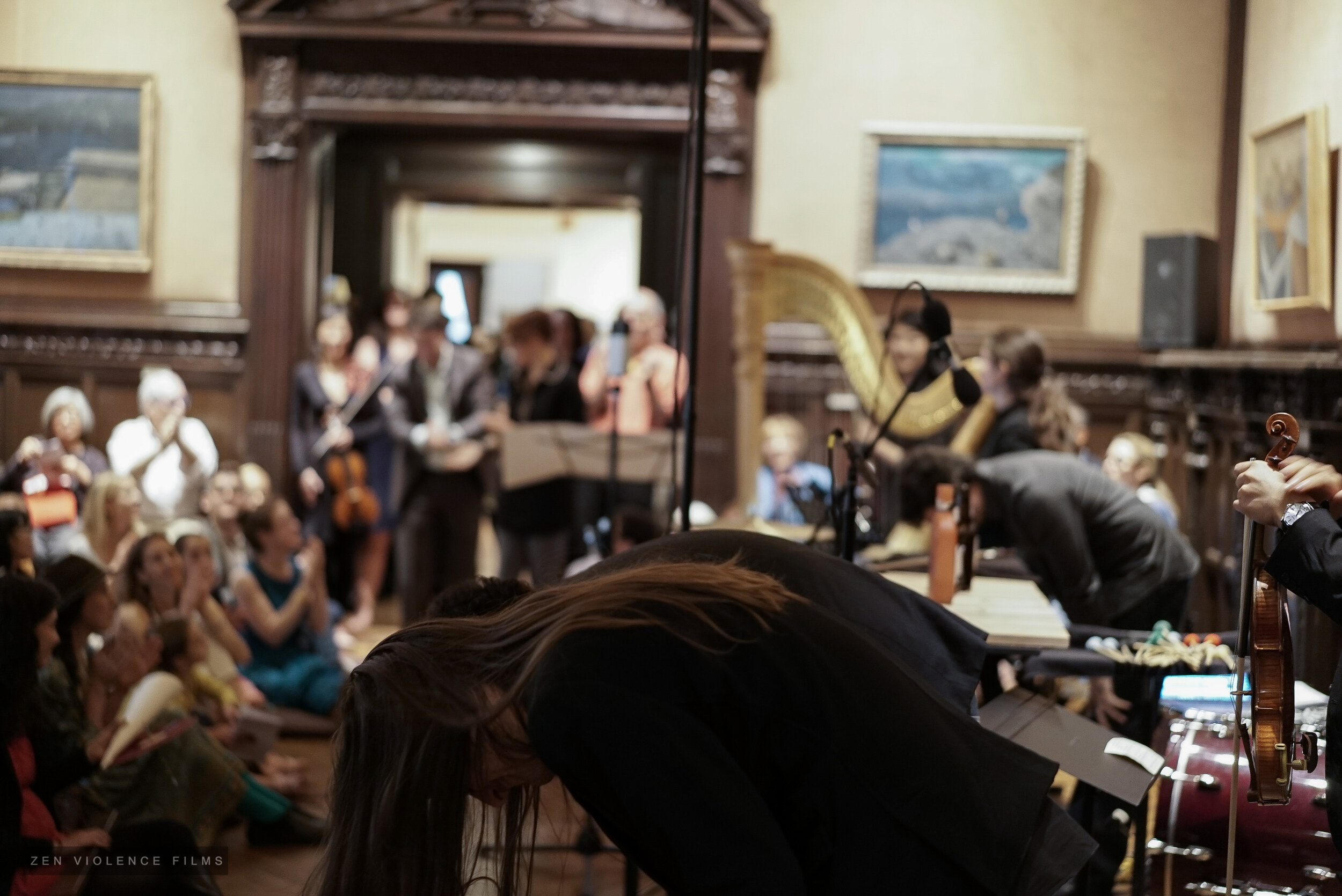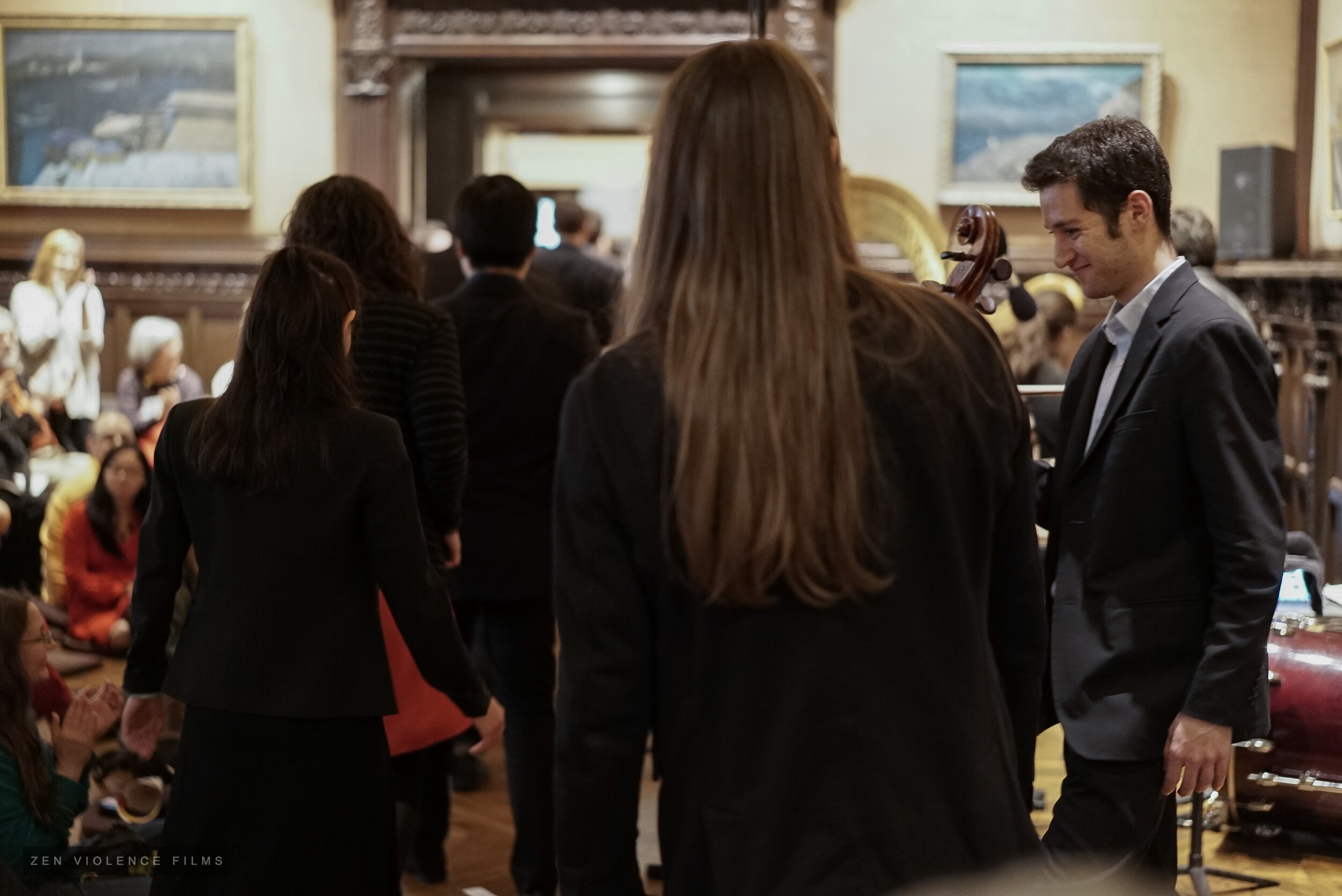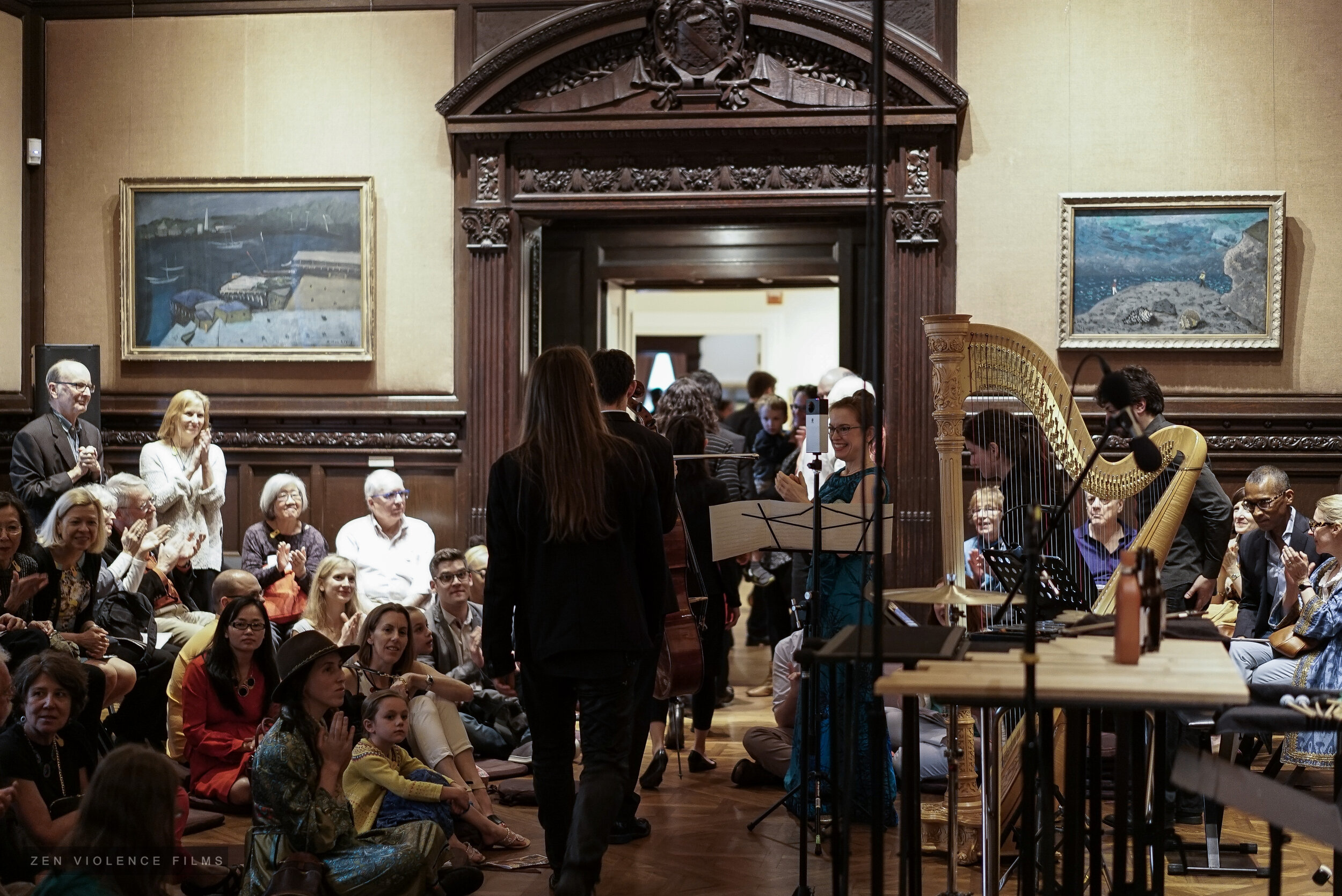METROPOLIS ENSEMBLE PRESENTS
THE PHILLIPS COLLECTION: BROWNSTONE
Sunday, May 6, 2016
The Phillips Collection / 1600 21st Street NW / Washington, DC
ON THE PROGRAM
JAKUB CIUPINSKI (b. 1981)
Brownstone*
for electronics, chamber ensemble, and solo violin (15')
Kristin Lee, solo violin
Location: 2nd Floor Goh Annex
CHRISTOPHER CERRONE (b. 1984)
Memory Palace**
for electronics and percussion (23')
Ian Rosenbaum, percussion
Location: Music Room (The Phillips House, Floor 1)
PAULA MATTHUSEN (b. 1978)
between the smell of dust and moonlight *** (2016 World Premiere)
a sound installation for itinerant chamber ensemble and tape (approx.18-23')
Location: The Phillips House (Floors 1 and 2)
*Commissioned by Metropolis Ensemble (Washington D.C. premiere)
**Commissioned by American Composers Forum (Washington D.C. premiere)
***2016 Metropolis Ensemble commission in honor of Phillips Music's 75th Anniversary Season
Metropolis Ensemble artists appearing:
Kristin Lee, concertmaster/solo violin
Ian Rosenbaum, solo percussion
Siwoo Kim, violin
Karen Kim, violin
Michael Katz, cello
Jessica Han, flute
James Riggs, oboe
Brad Balliett, bassoon
Britton Matthews, percussion
Sean Statser, percussion
Jacqueline Kerrod, harp
NOTES ON THE PROGRAM
Each work on this afternoon's program involves musicians and electronic elements placed throughout several floors, galleries, and former domestic spaces of The Phillips Collection. Unifying the program is each composer's exploration of electro-acoustic composition coupled with experiments in audience perspective, control, and acoustic/architectural space. There will be no gaps between pieces and as audience members, you will leave your chairs behind to follow the flow and choose your own unique experience of each work. This is a site-specific, 360-degree concert-installation, which could be described as a musical and experiential treasure hunt of sound and image.
Jakub Ciupinski, Brownstone (2010)
Opening the program on the 2nd Floor Goh Annex is Brownstone, a fifteen-minute aleatoric composition-event for six groupings of musicians and soloists plus electronics, spread across multiple, interconnecting spaces. The piece was originally commissioned by Metropolis Ensemble in 2010 for a private 3-story residence in Brooklyn, NY, and has subsequently been adapted several times since then for various private spaces, galleries, and museums.
Even though the piece is not strictly synchronized it does have a predetermined structure and narrative arc. Musicians play independently from each other yet the score is carefully designed in such a way that despite local randomness, it is designed to sound, depending on your perspective, as a single, unified work. In addition to acoustic instruments (6 groupings (solo violin, string trio, woodwind trio, vibraphone, glockenspiel/crotales, and harp), there is also a layer of electronic sounds created using animal sounds as source material, derived from the BBC Nature Library, (courtesy of Pro Sound Effects). These field recordings have been transformed into a musical soundscape by pitch shifting, time-stretching, and other audio effects. You are encouraged to meander around the space to shape your own interpretation of the work -- there is no single way to hear it or experience.
Christopher Cerrone, Memory Place (2012)
Brownstone will segue into Christopher Cerrone's work, Memory Palace (2012 American Composers commission), featuring Ian Rosenbaum, solo percussion. As the work emerges quietly from a soundscape of crickets, audience members are encouraged to make their way quietly to the Music Room (Floor 1 in The Phillips House), find cushions par terre (or a chair), and gather in one of the three percussion 'stations'.
From the composer, Christopher Cerrone: "Almost every object struck, plucked, or blown in Memory Palace, a 22-minute work for amplified percussion and electronics, has to be made by the percussionist. The rest—a few bars from a glockenspiel, three high-pitched crotales, and the kick from a drum set—have been disembodied from their original context. In the first movement, “Harriman,” the performer plucks a re-strung guitar lying on its back—a kind of makeshift dulcimer. The second movement, "Power Lines” is scored for seven slats of wood, carefully tuned by sawing them to the correct length. The third, "Foxhurst", is a forest of bells: tuned metal pipes alongside the aforementioned glockenspiel bars and crotales. The fourth movement, “L.I.E.”, adds even more wooden slats, creating polyphony from the homophony of “Power Lines”. The last movement, “Claremont”, features six blown bottles, tuned to different pitches with varying amounts of water. In each movement, the percussionist also triggers a series of electronic drones using a foot pedal, a resonant background aura that enhances the live music throughout.
Each movement is titled for a personally important place. Harriman, NY, where I spent a week camping with two of the musicians who have most influenced me. Against the crickets of the woods, I imagined music of simplicity and familiarity. “Power Lines” is a hard grid of glowing high-voltage wires, their intersecting patterns seen from a moving car. “Foxhurst” is named for the street I grew up on, and uses the wind chimes which rang throughout my childhood. “L.I.E” (Long Island Expressway) is another automotive movement, evoking the rumble strips on the side of a highway, their rhythmic pulsing playing against the steady drone of the car’s motor. “Claremont” is the street of my college—with another close friend, I had tuned two full octaves of beer bottles where we kept them as a household instrument. By stringing these places together, I wanted to create a memory palace, a virtual series of locations I can “walk” through in my head, remember some important things from my life and how they have shaped me."
Paula Matthusen, between the smell of dust and moonlight (2016)
between the smell of dust and moonlight (2016 World Premiere) by Paula Matthusen (commissioned by Metropolis Ensemble and Andrew Cyr for The Phillips Collection's 75th Anniversary) engages with the idea of the gradual evolution of space and the multiple roles it may serve. Written specifically for The Phillips Collection, the piece draws on its present incarnation as a renowned art museum as well as the traces of its domestic past, as evidenced by its unique doorways and fireplaces.
Metropolis Ensemble musicians navigate the museum as part of the piece, which doubles in part as a sound installation. The musicians use their instruments to interact with the space and archival recordings from the time period of the museum's founding, as well as recent field recordings. The performers perform on a wide variety of recording formats as well, from early 78s played back on DIY phonographs, to dictaphones, and to transducers resonating through percussion instruments.
The audience, beginning in the Music Room, is encouraged to follow the musicians on their various paths and to listen in on different domestic spaces across Floors 1 and 2 of The Phillips House and then gather back at the Music Room for the piece's conclusion.
The title is drawn from Don Hertzfeldt's film It's Such a Beautiful Day. Special thanks to Nestor Prieto for his technical and research assistance, as well as to Erik DeLuca for his experiments with early recording technologies.
CONTRIBUTING ARTISTS
